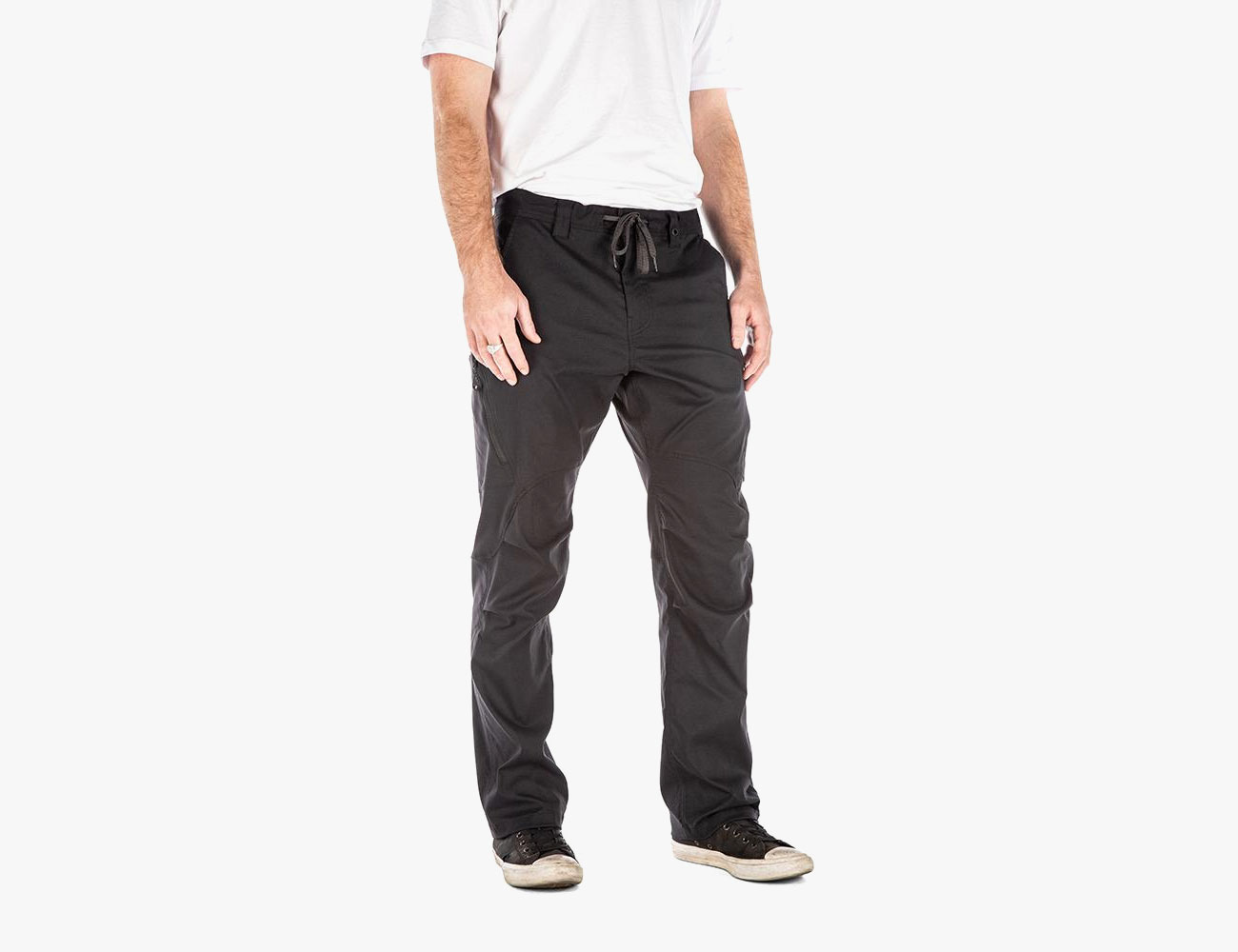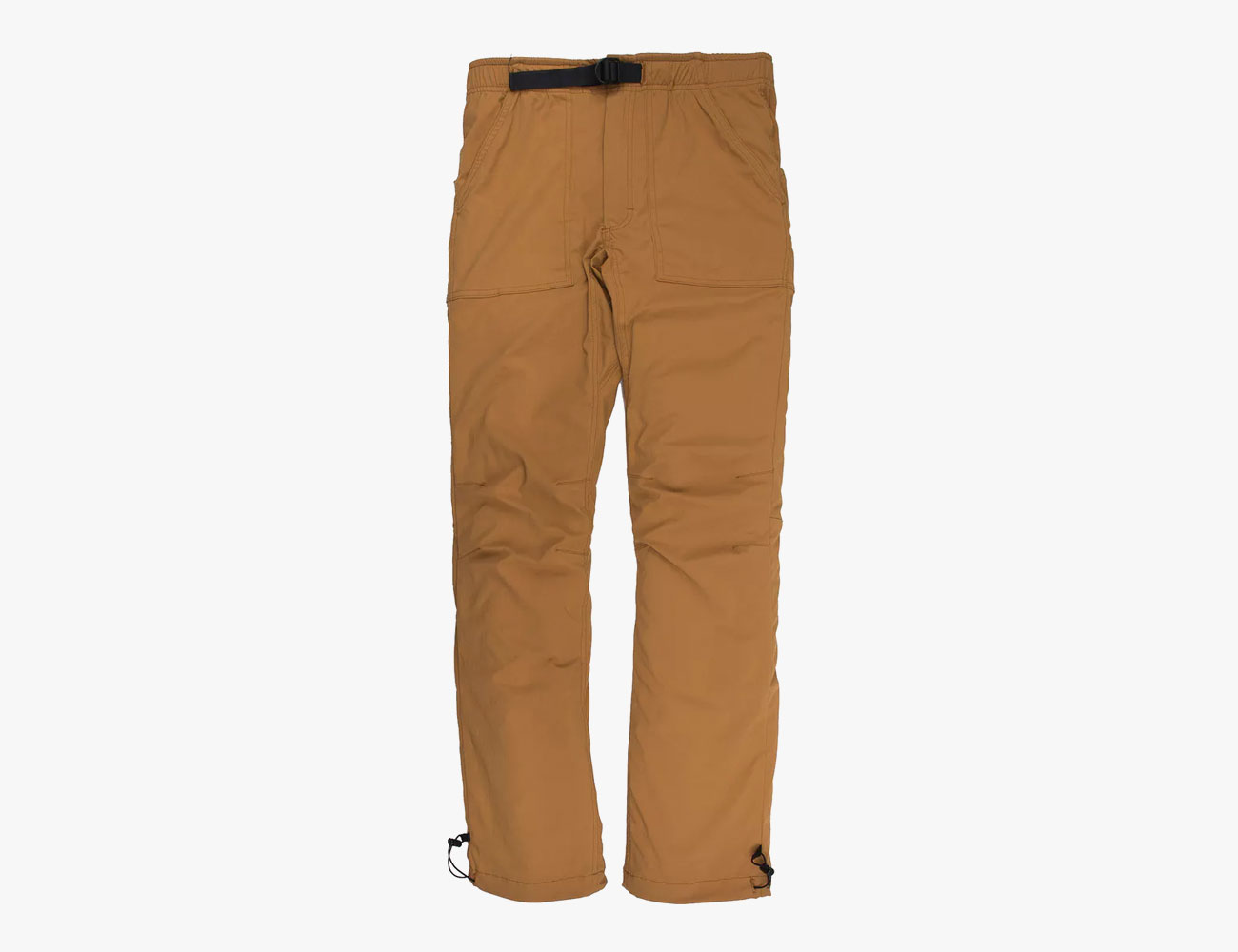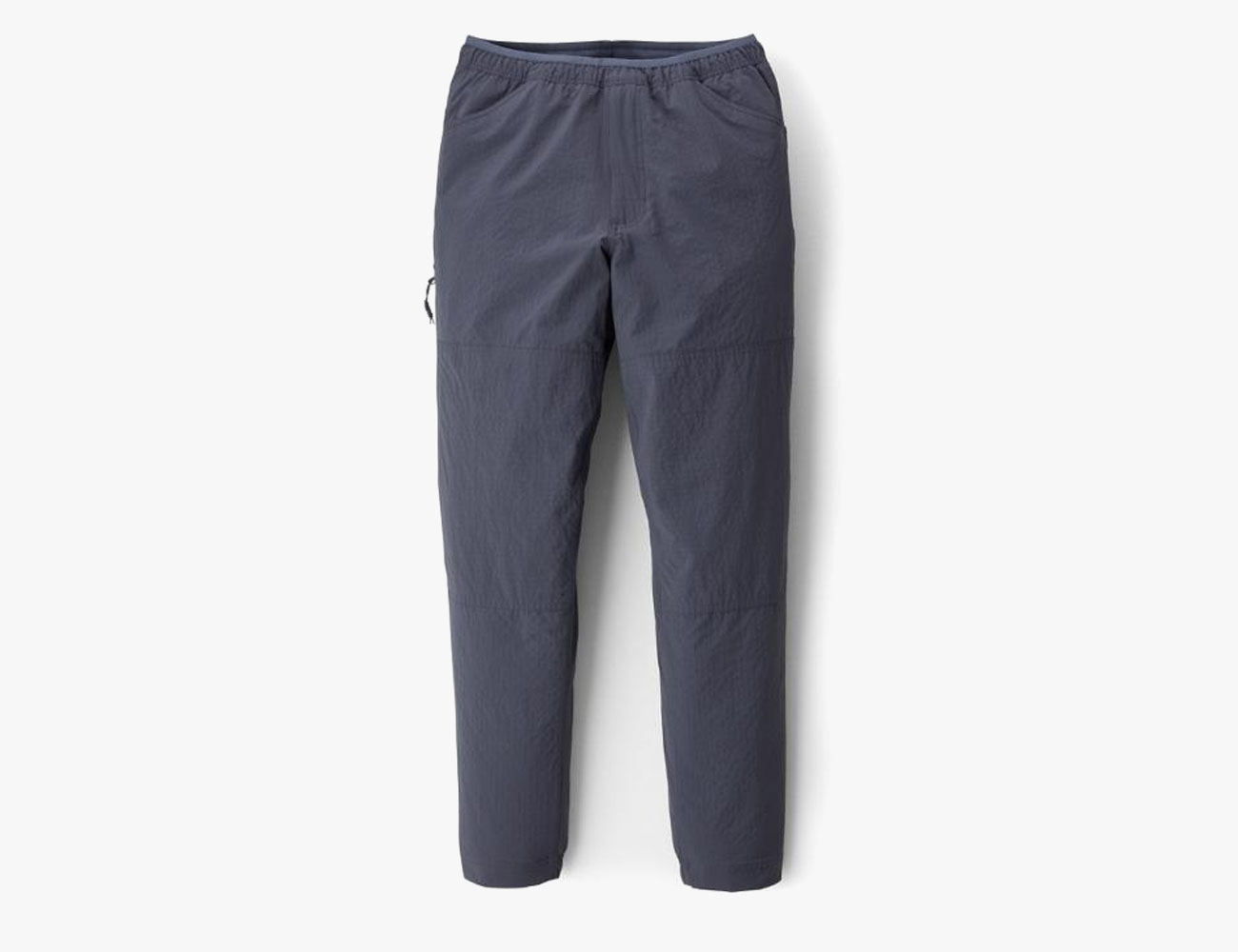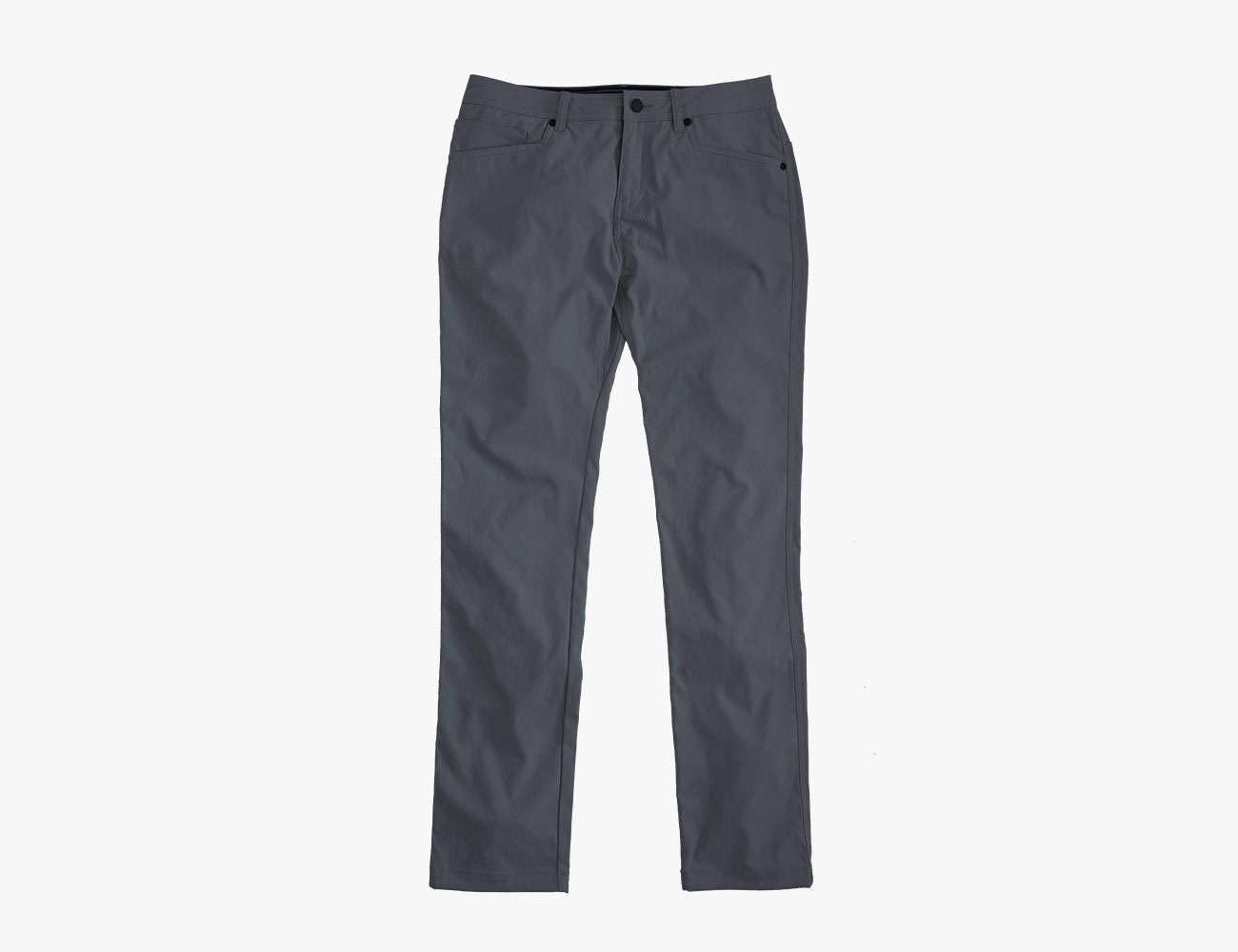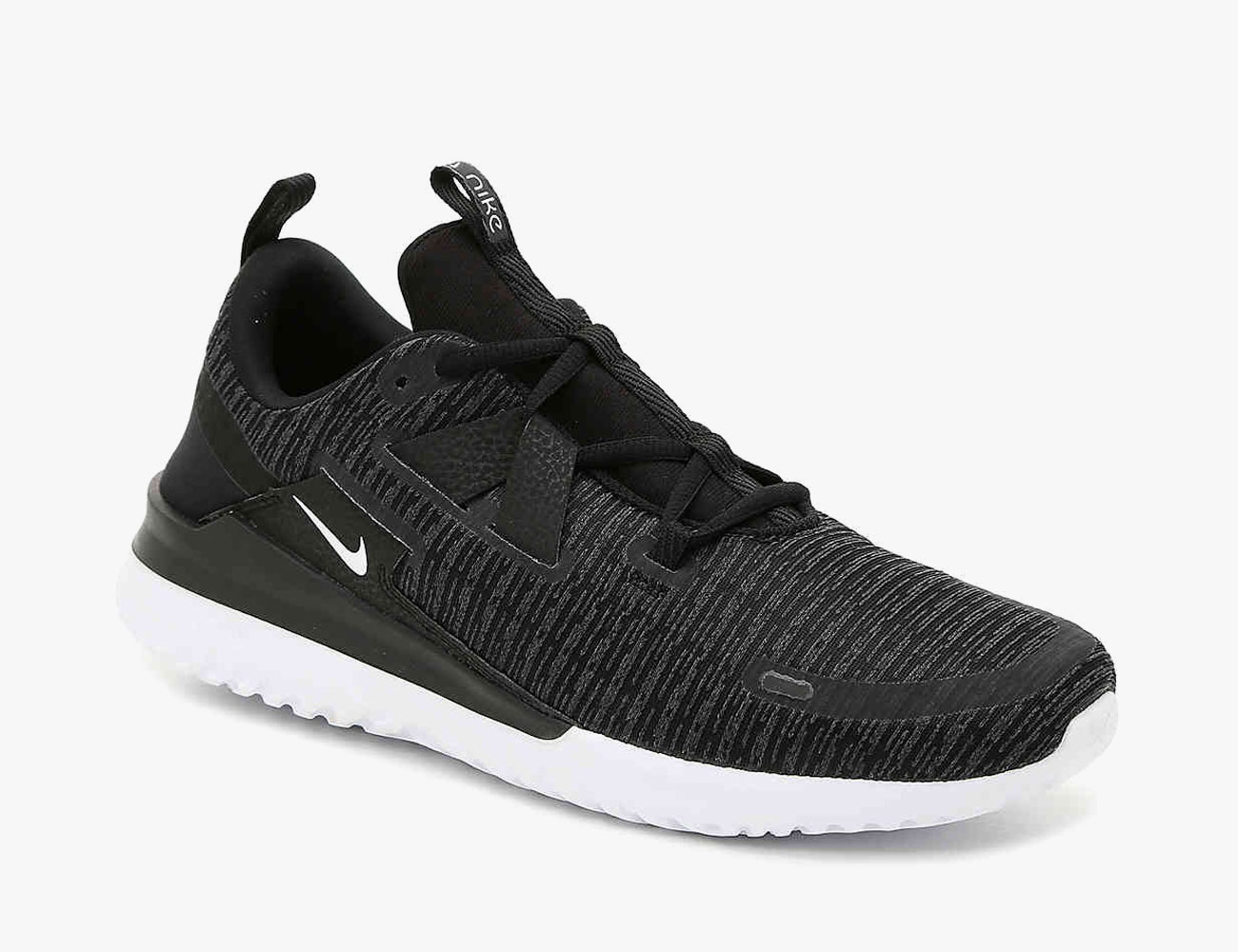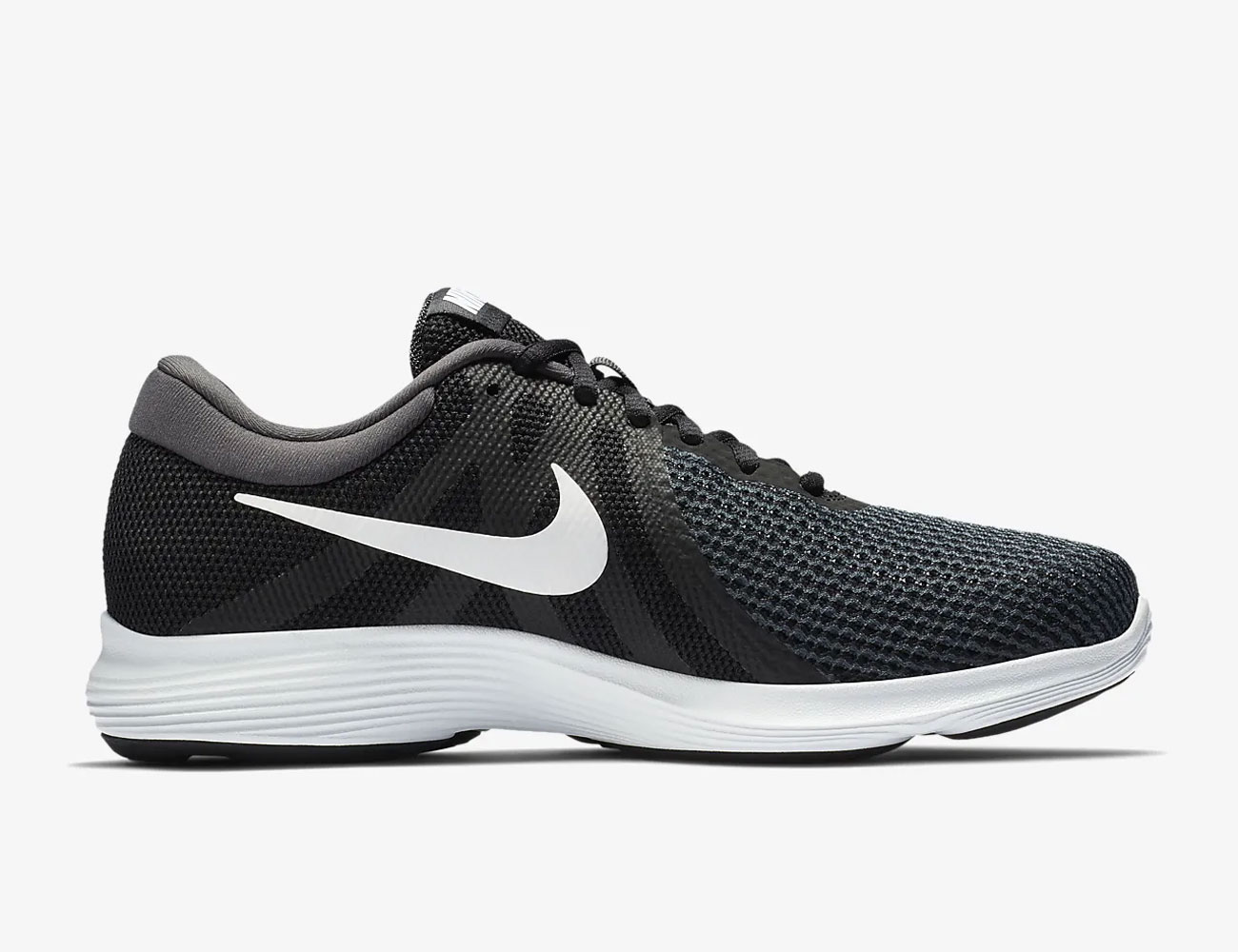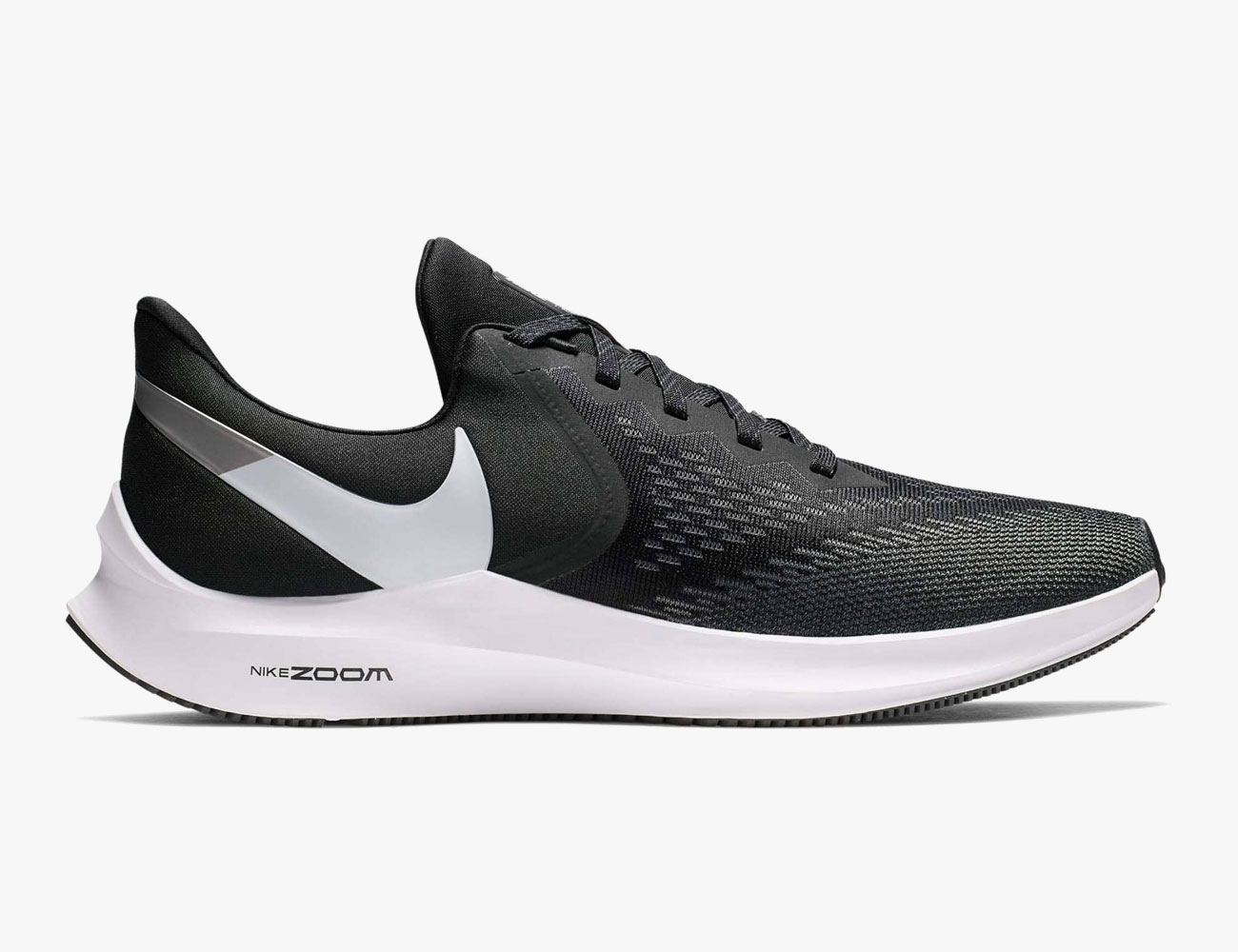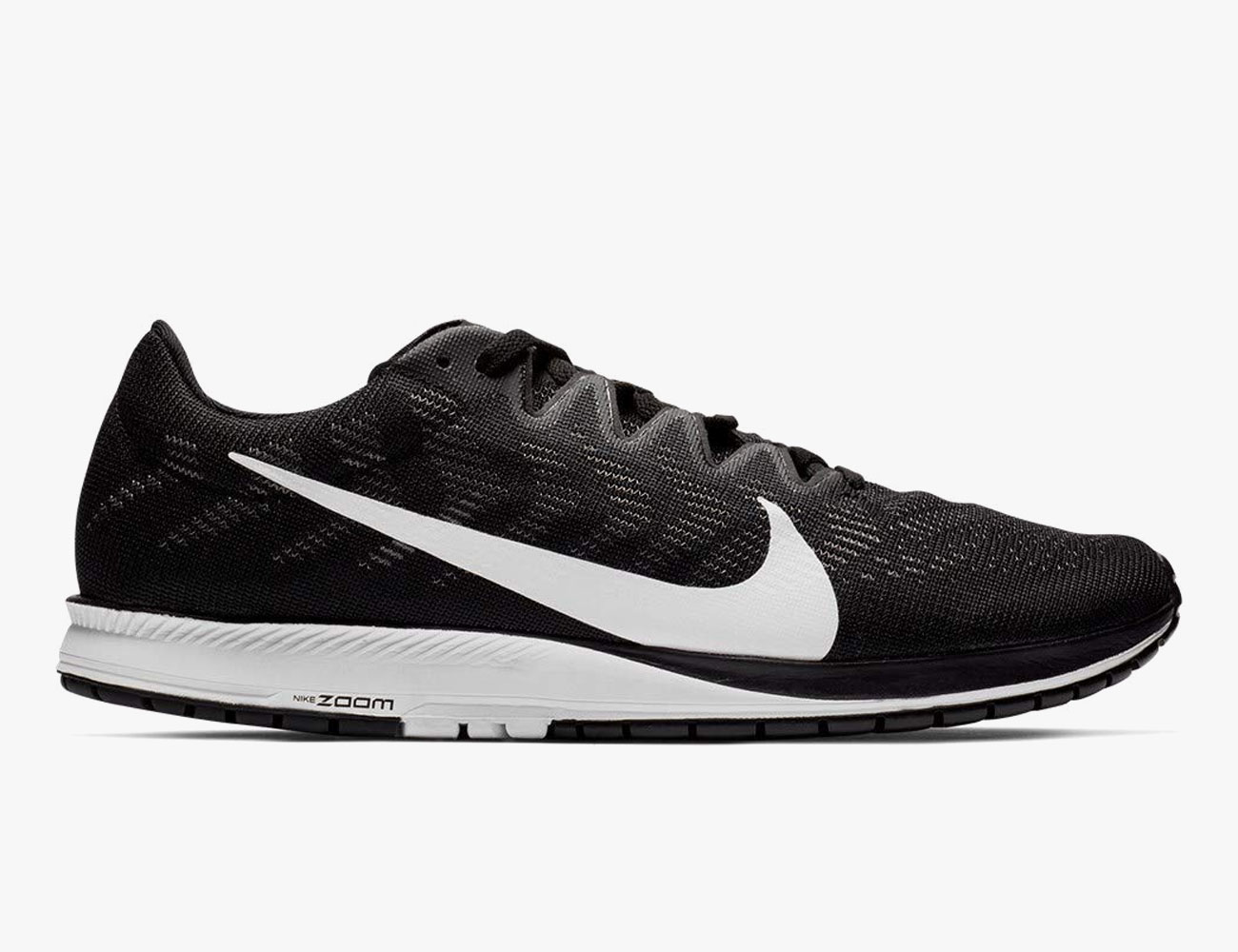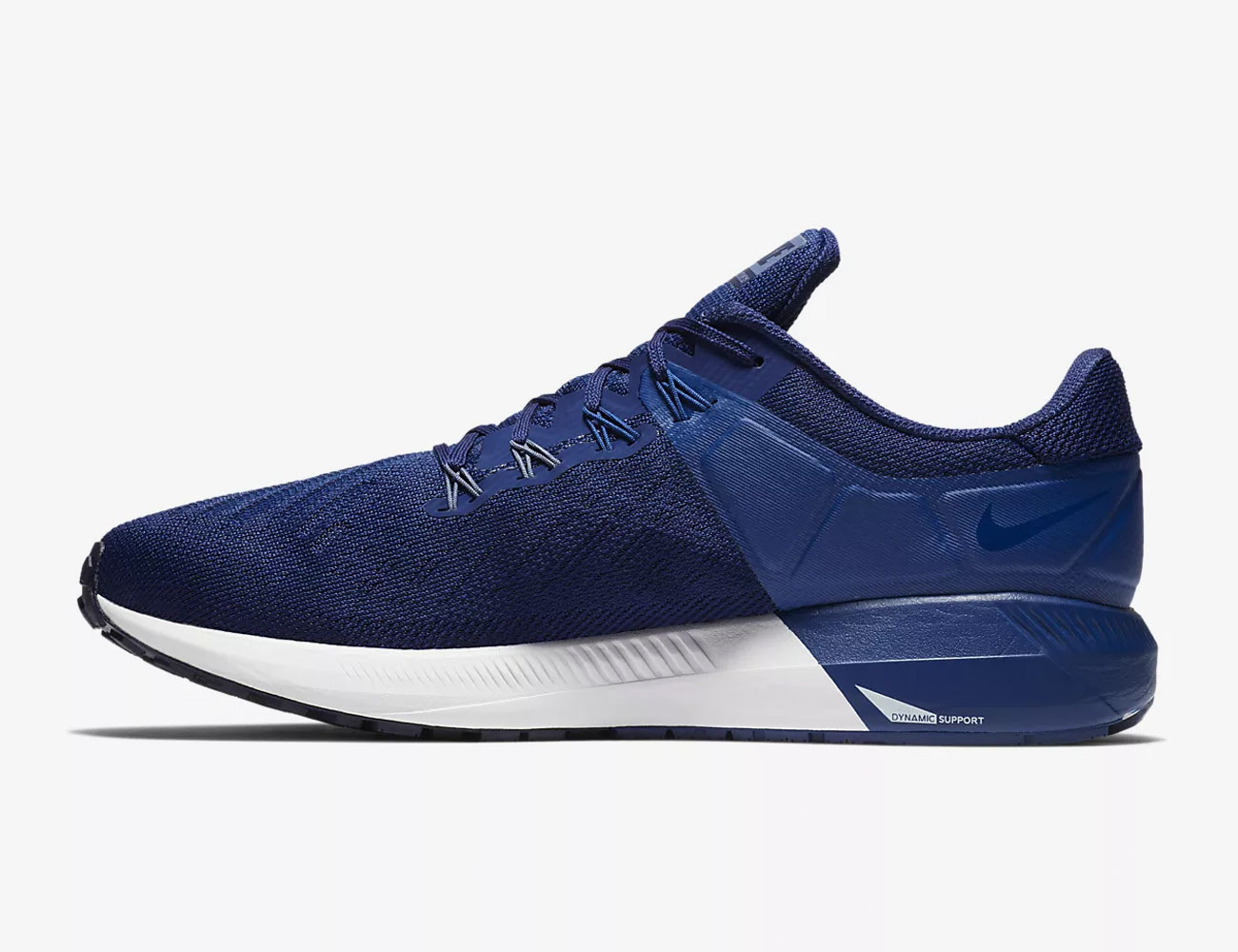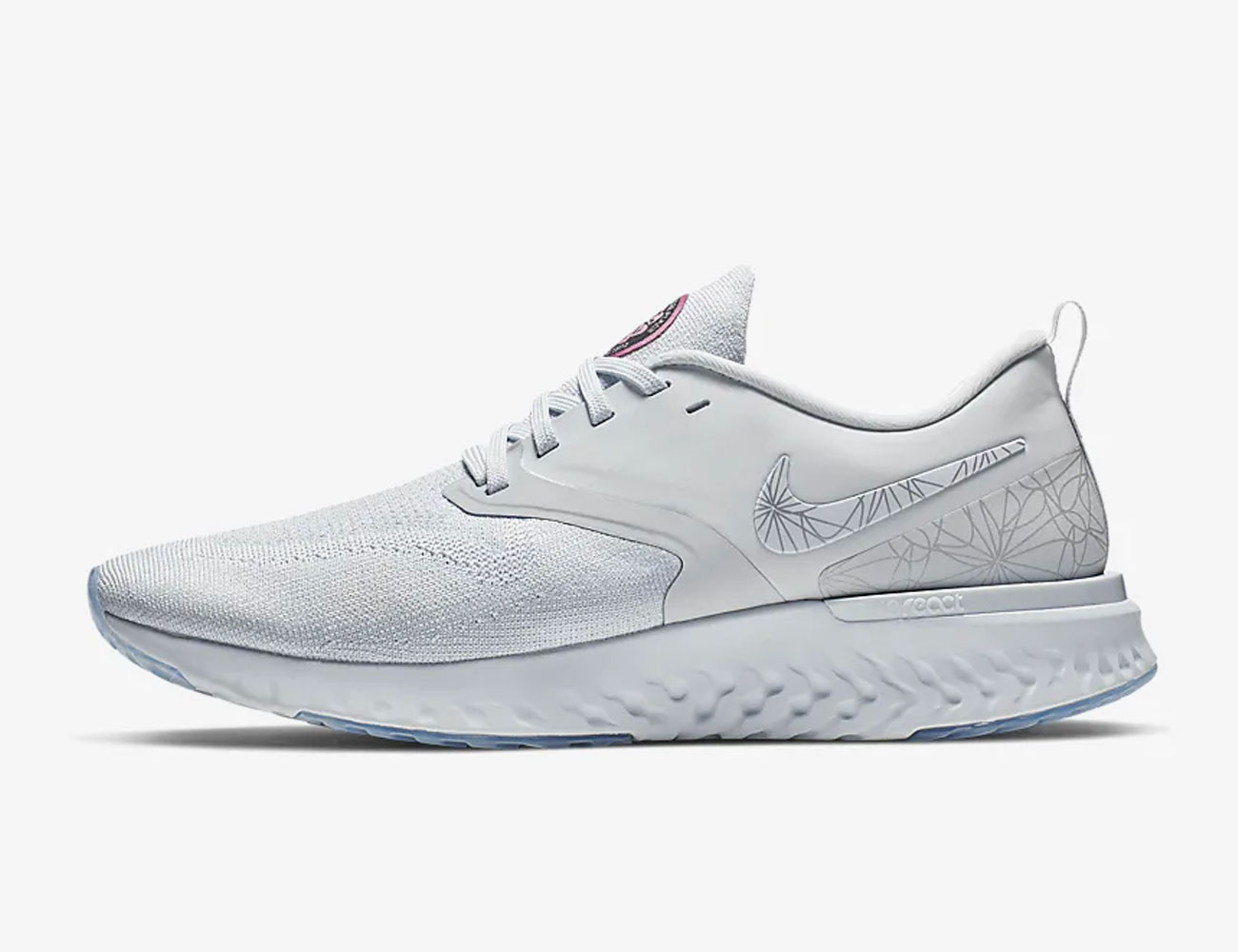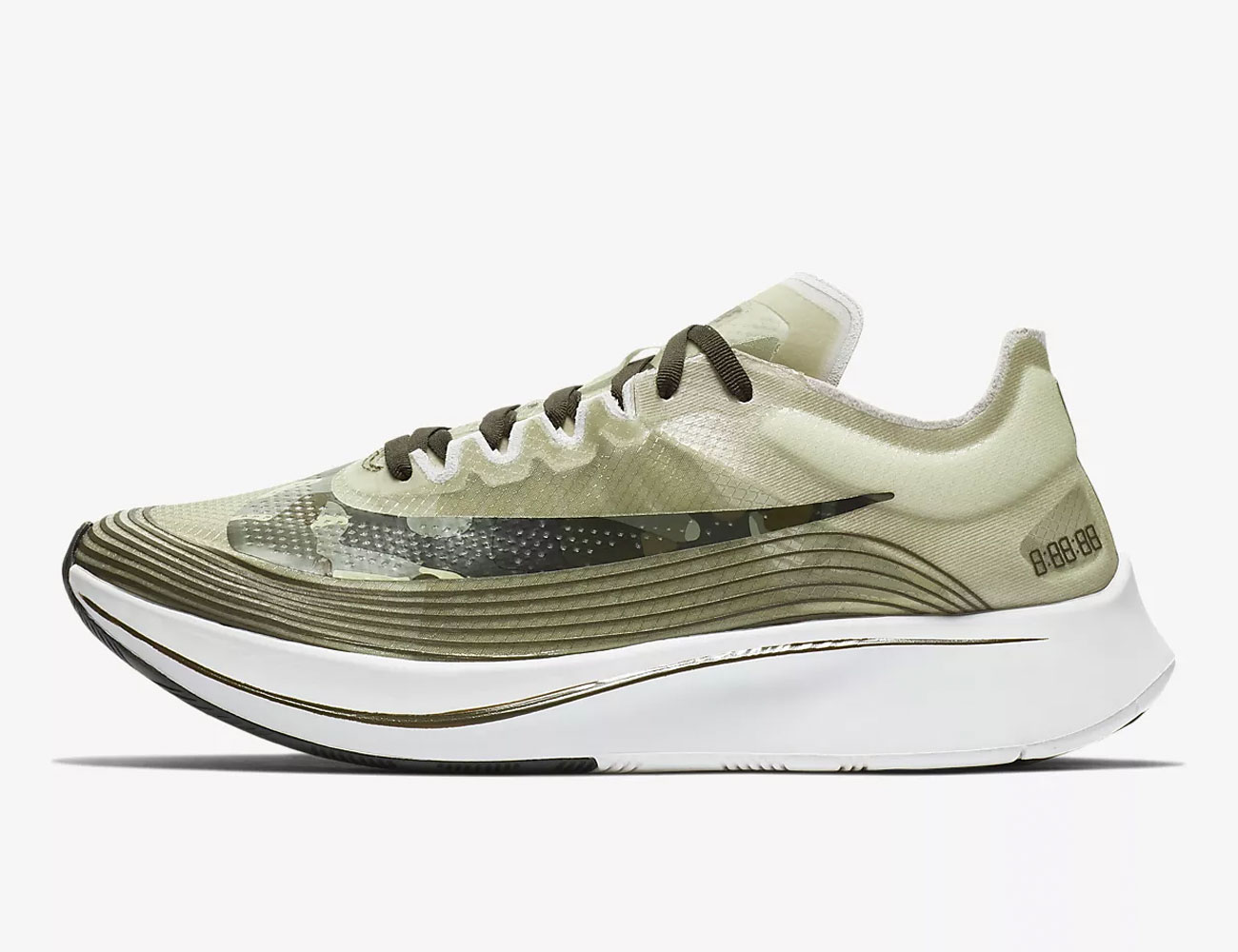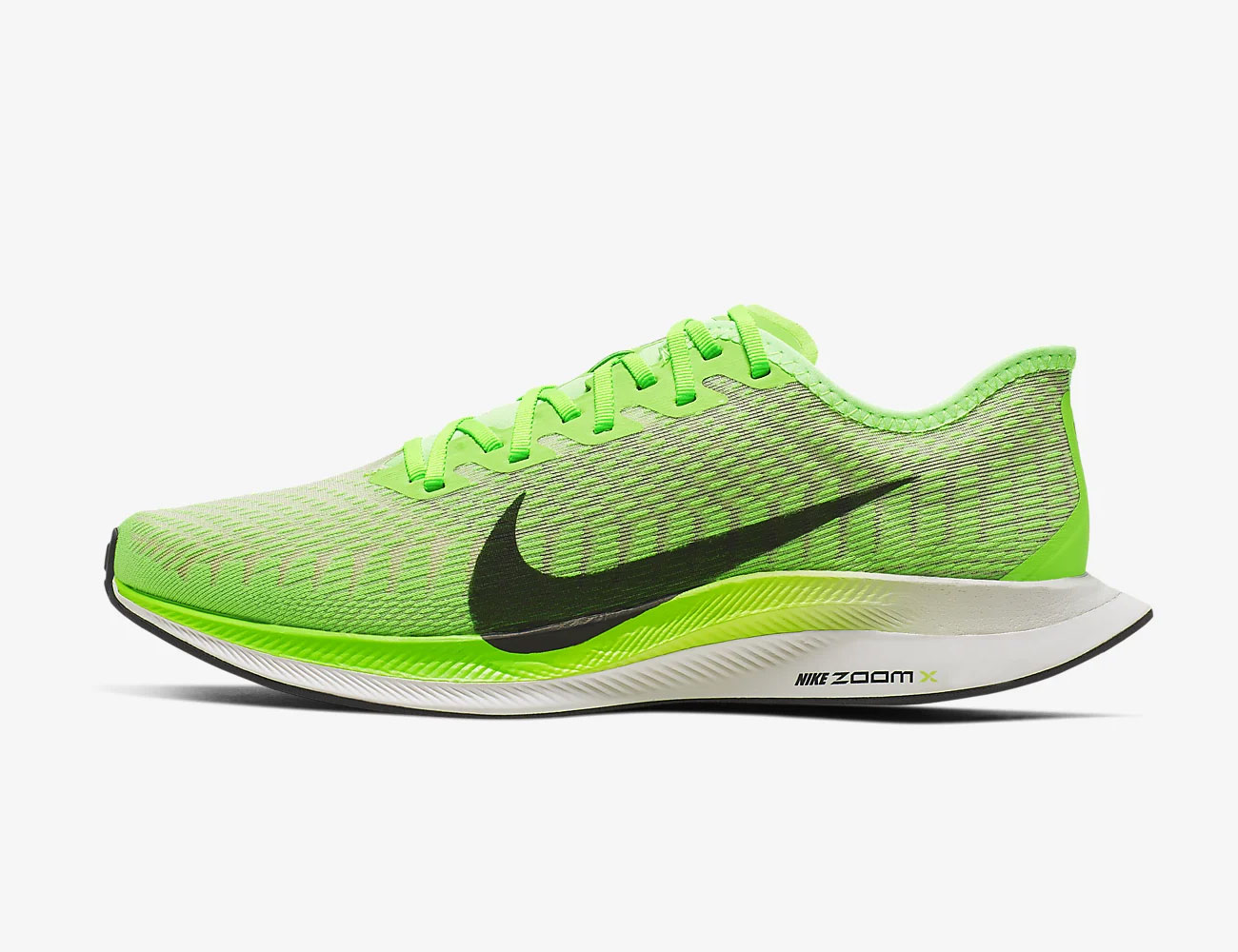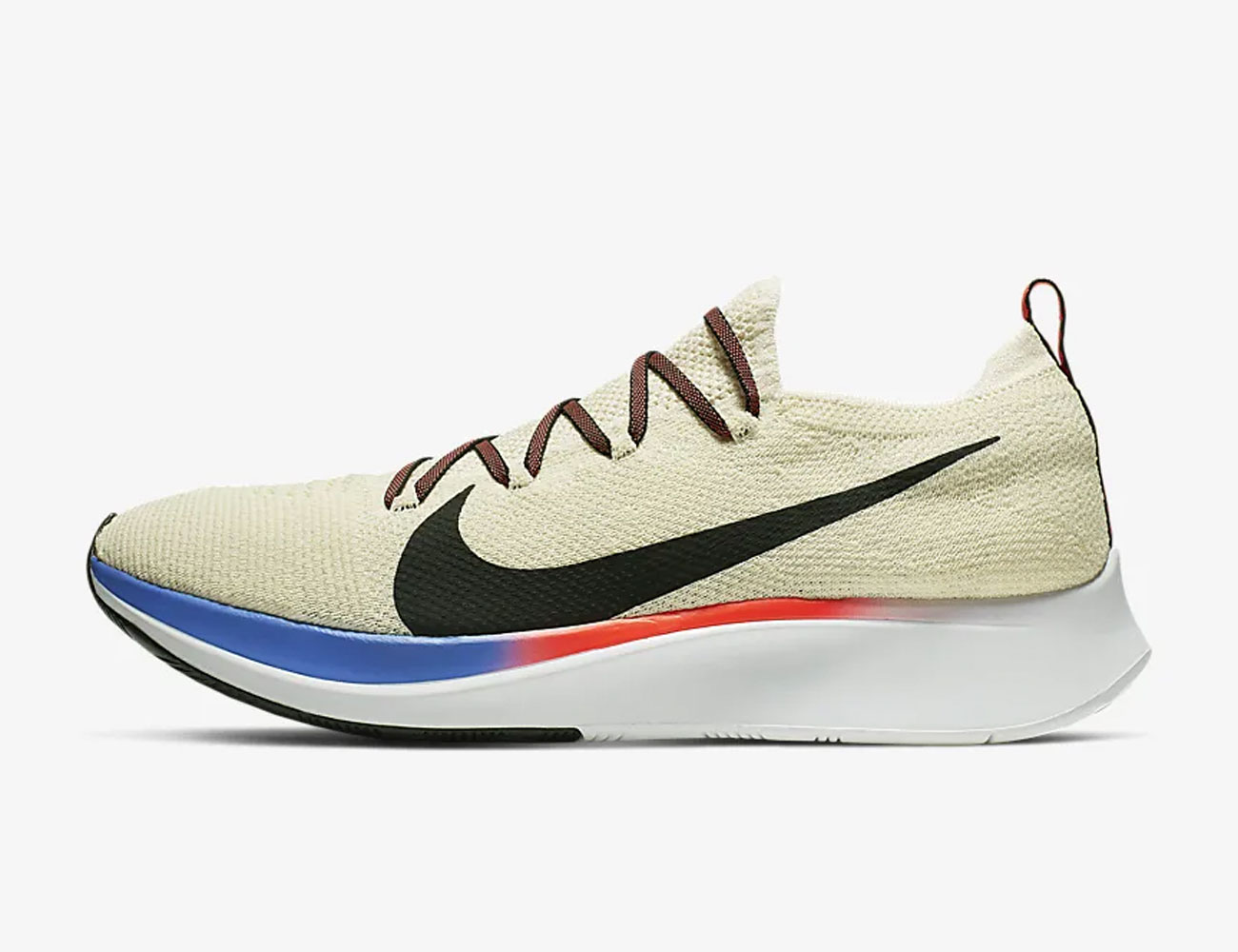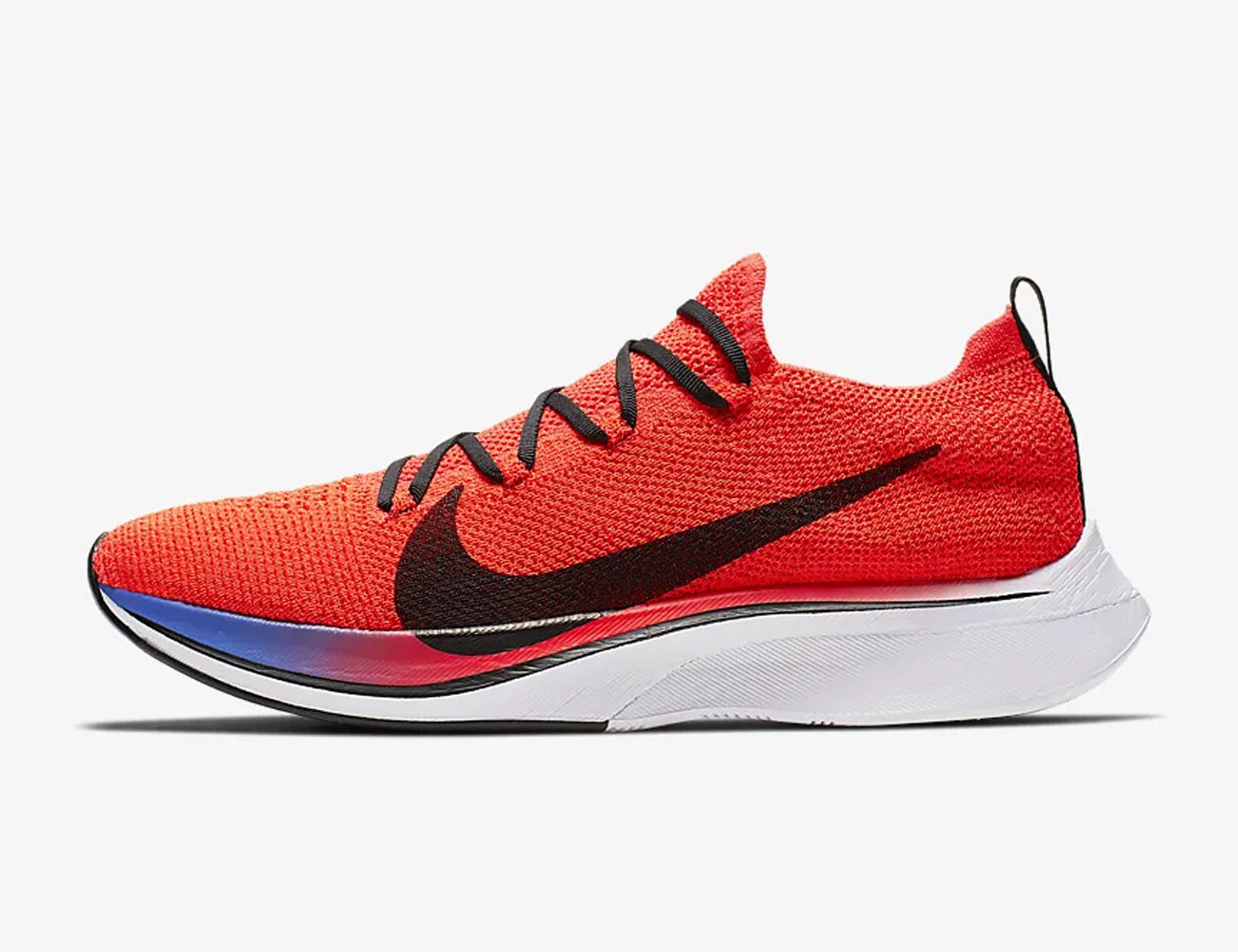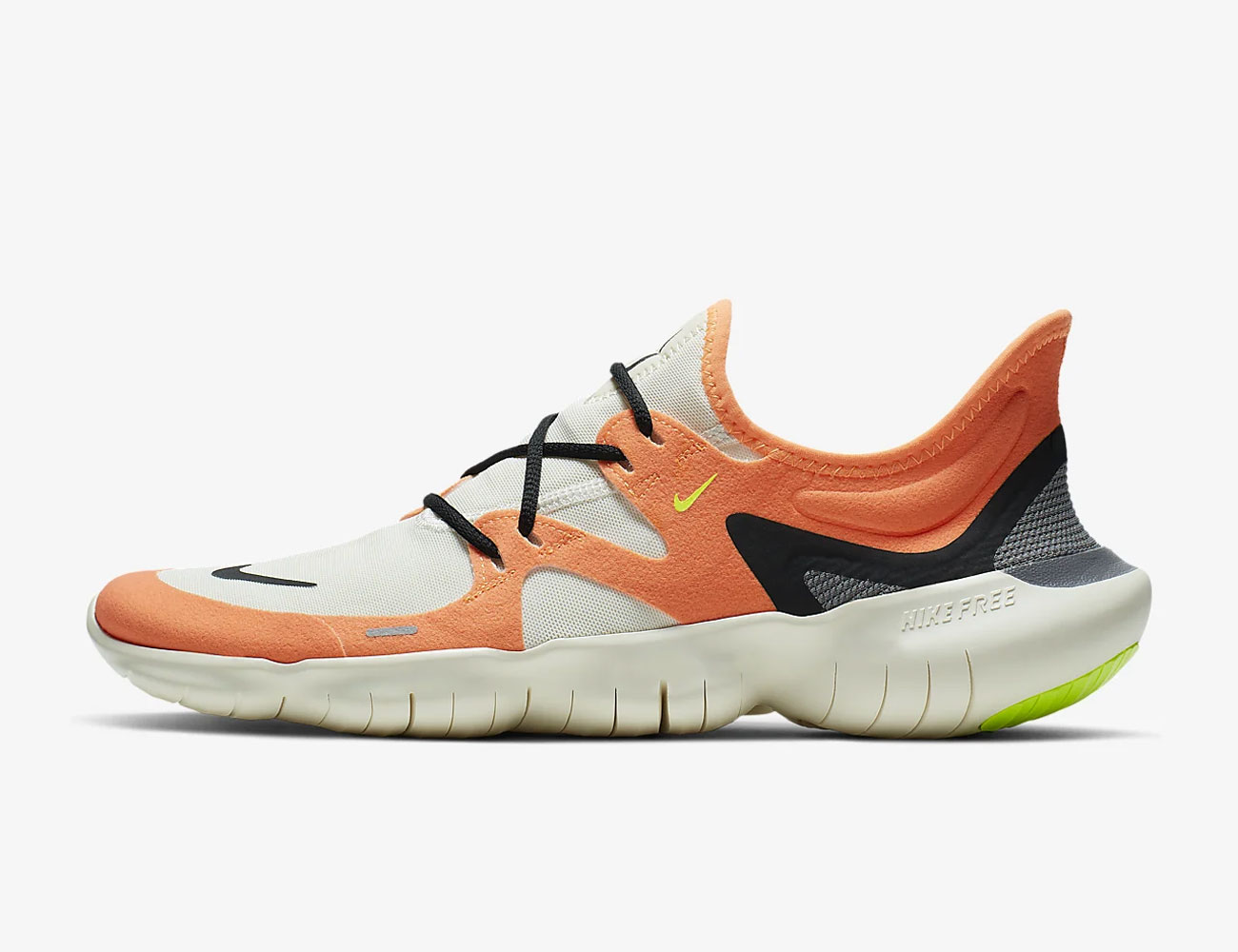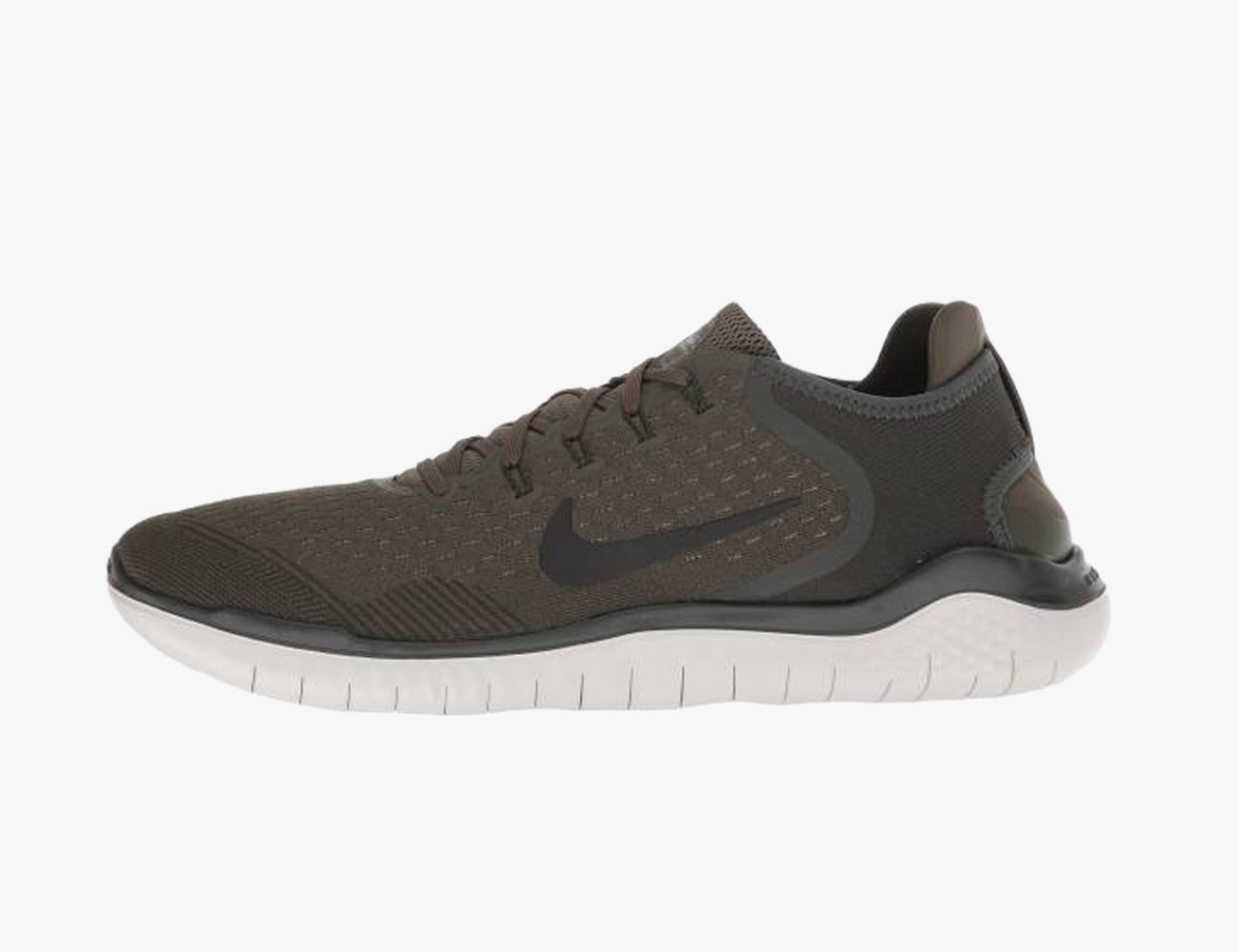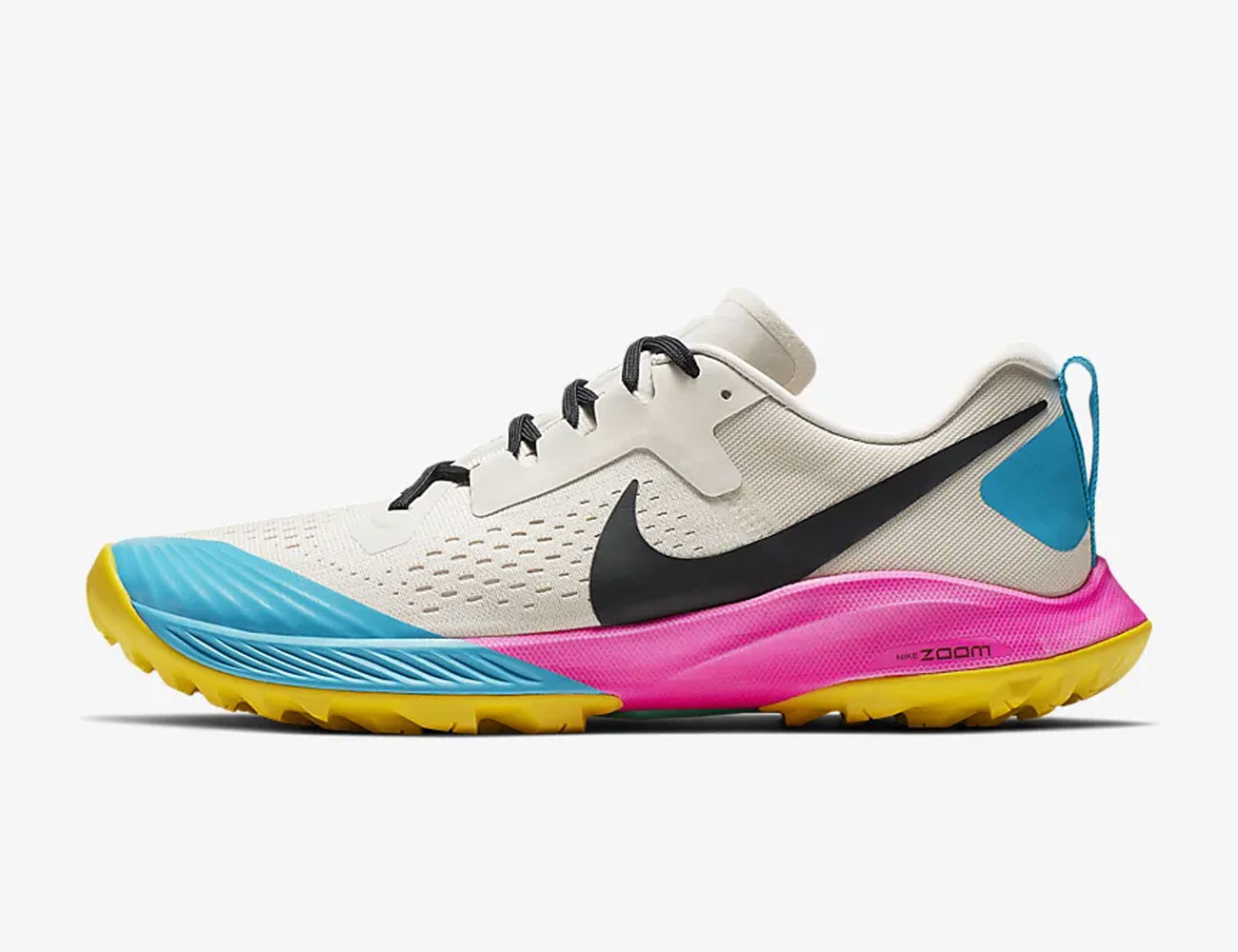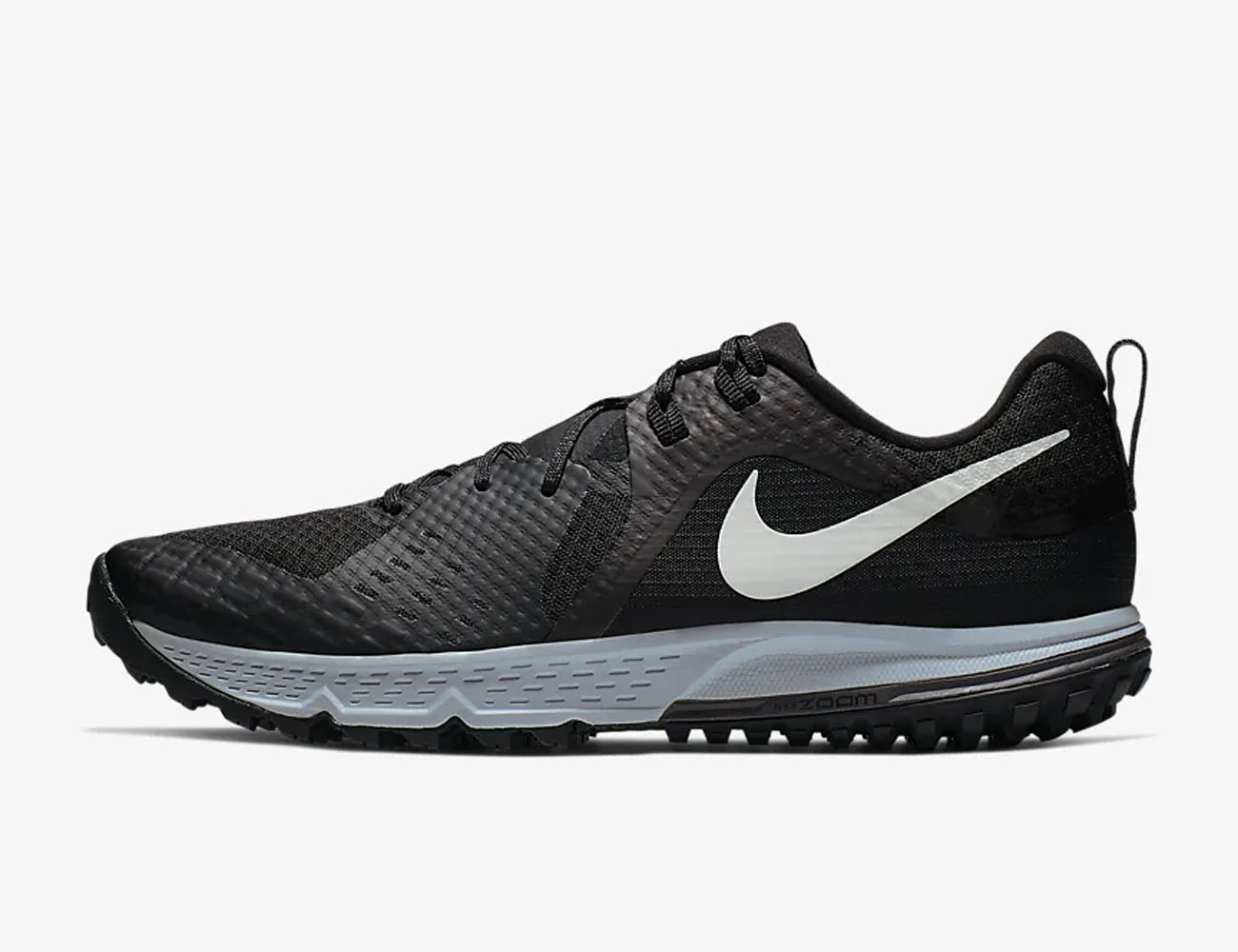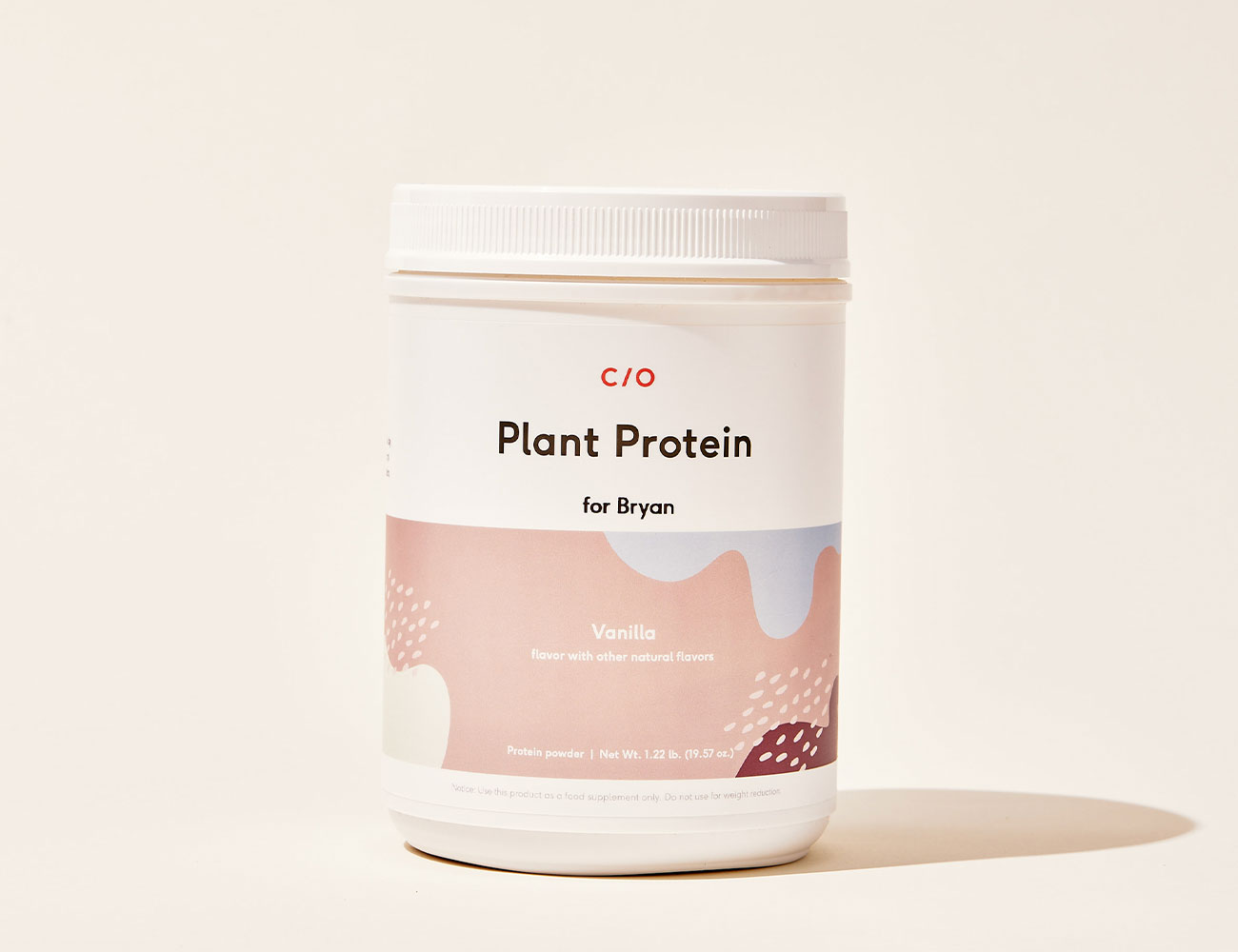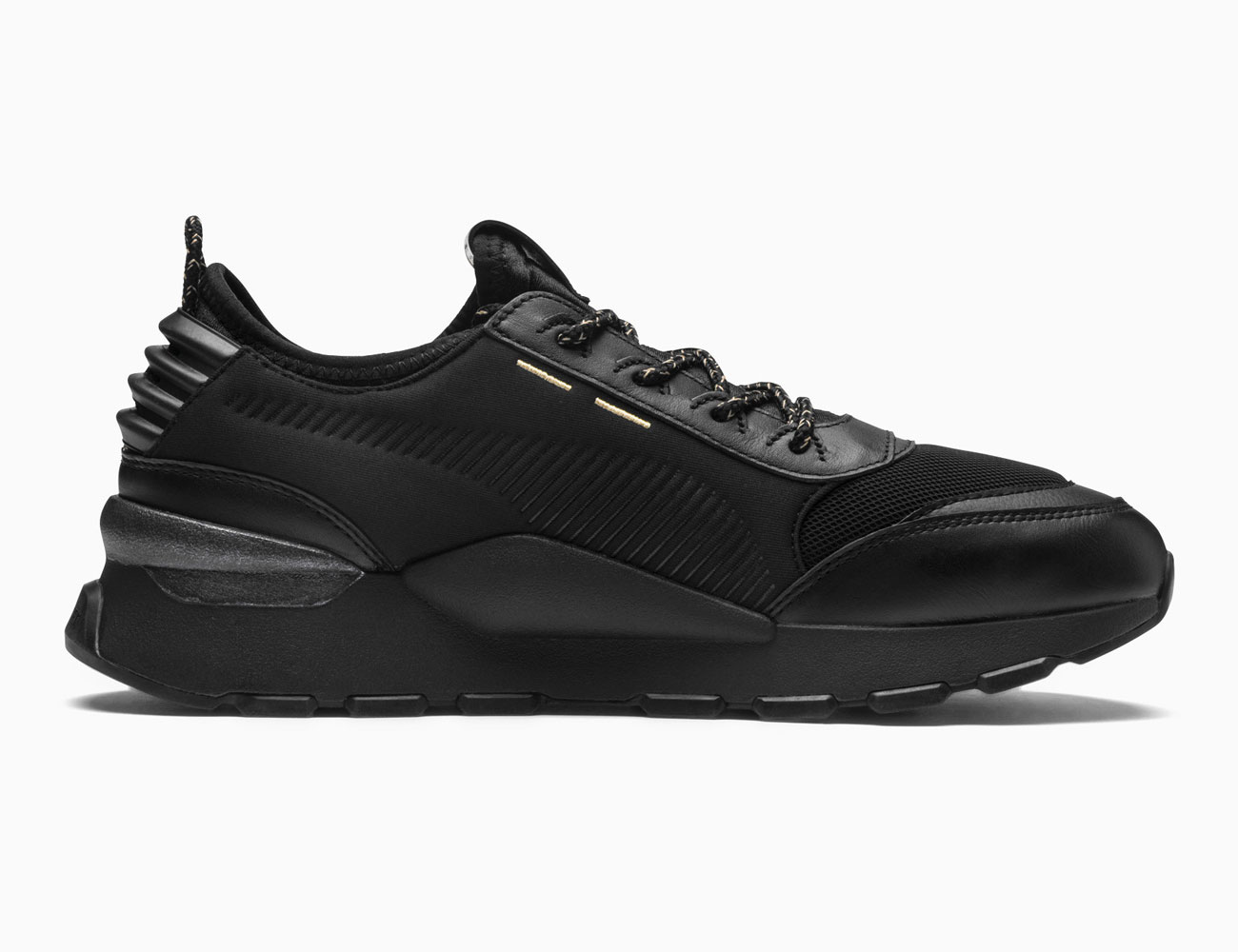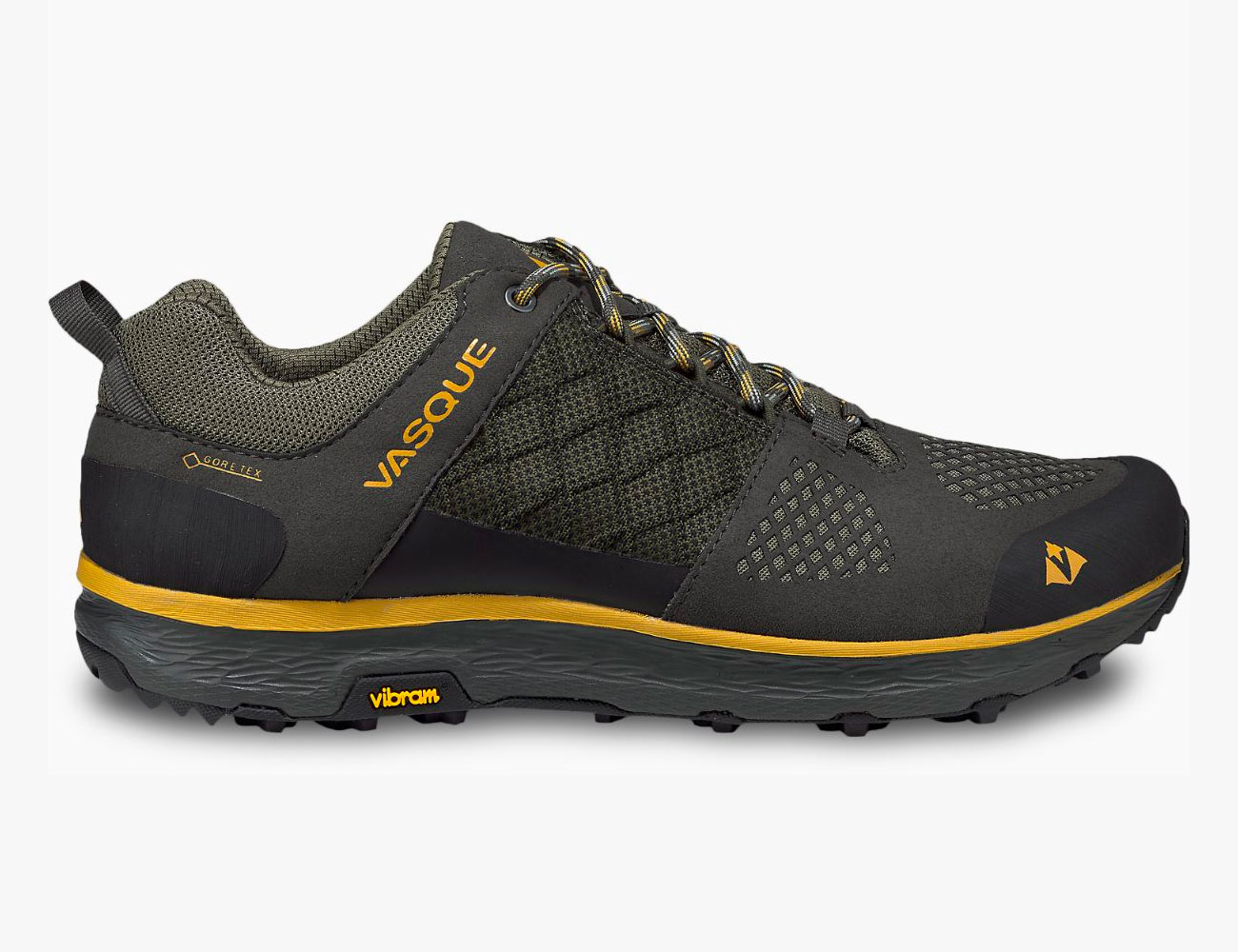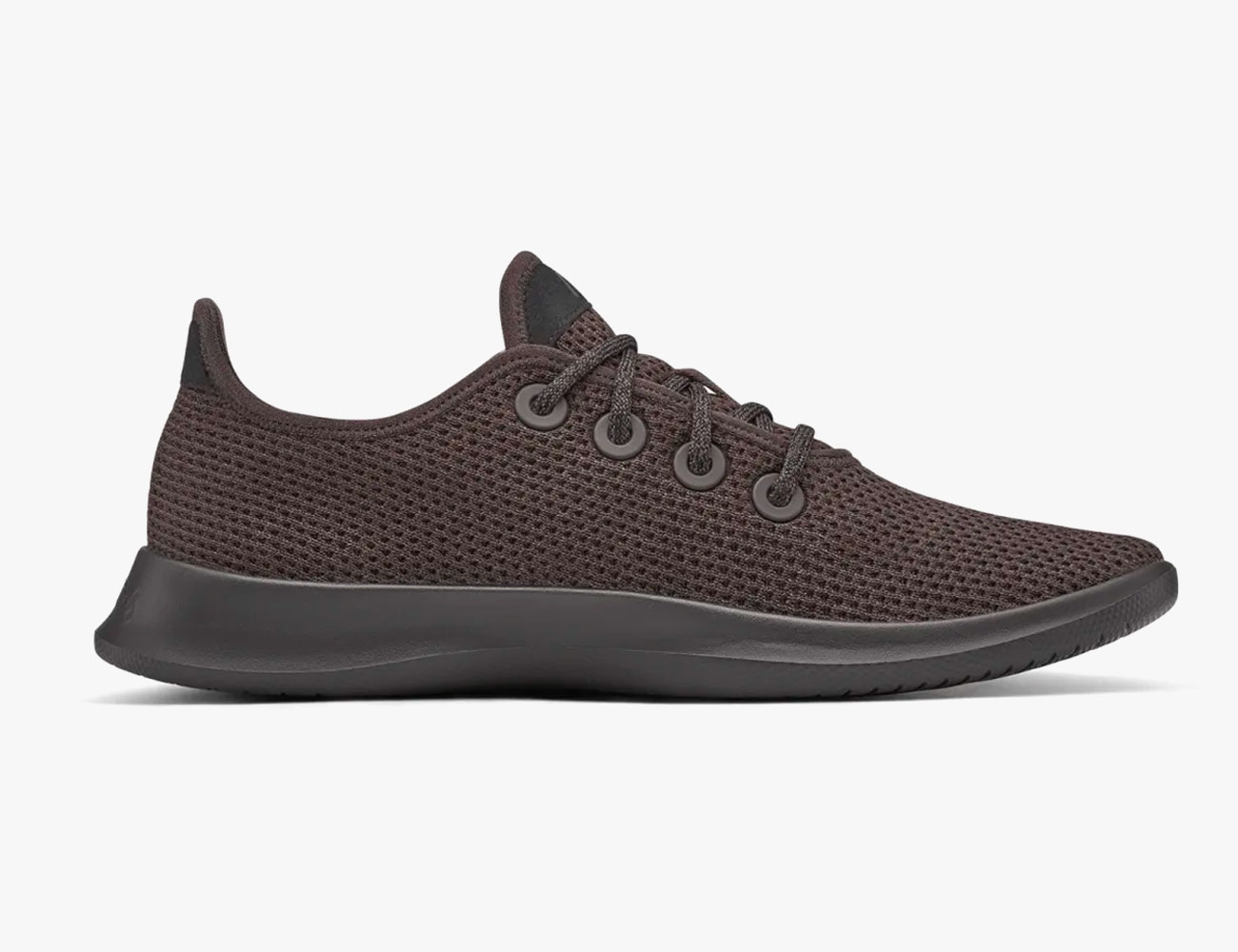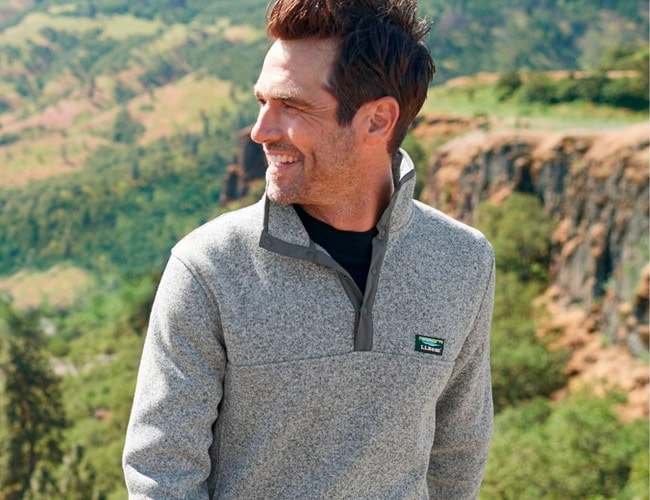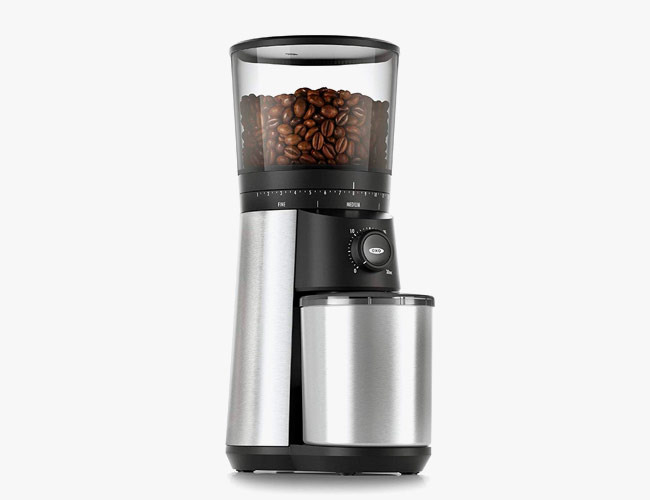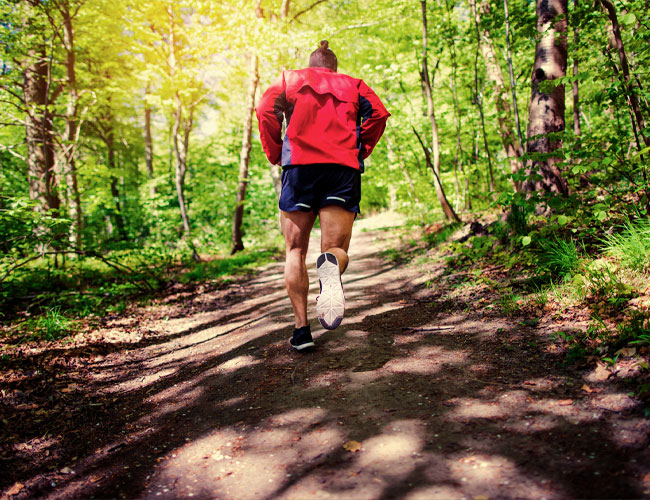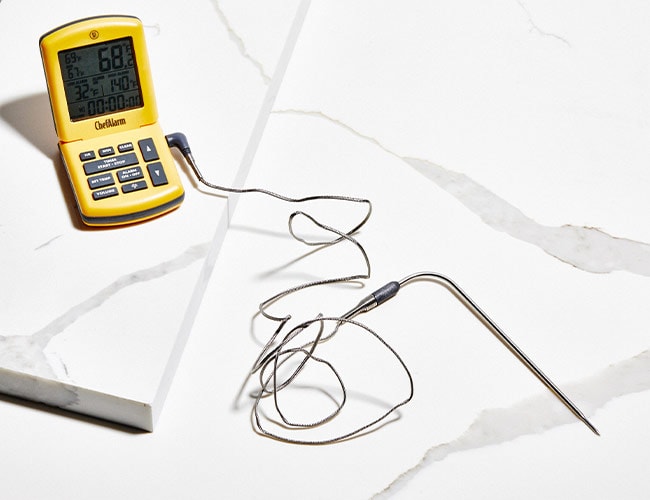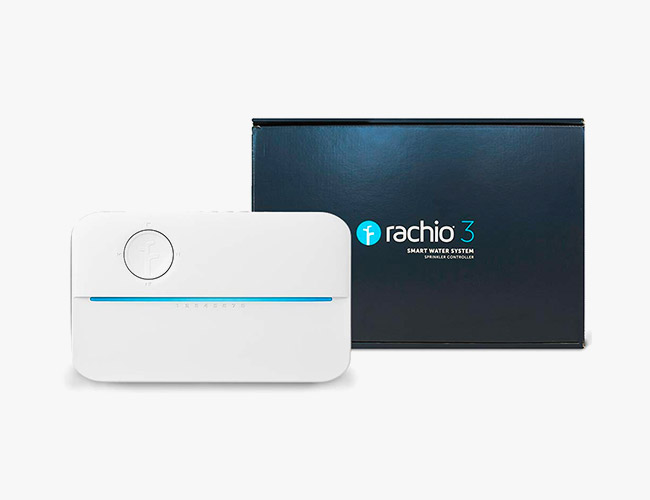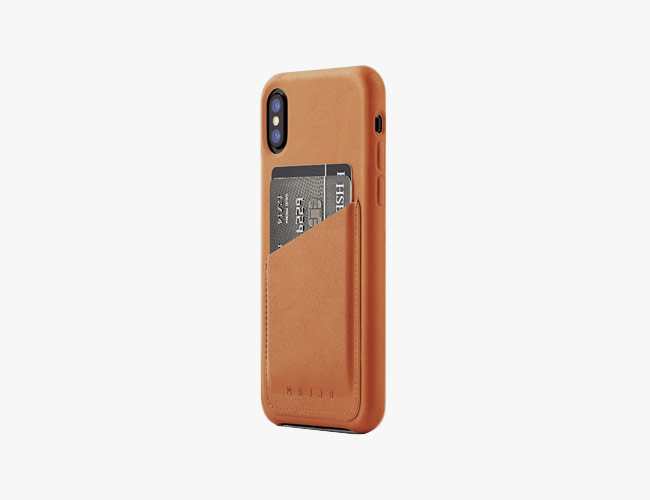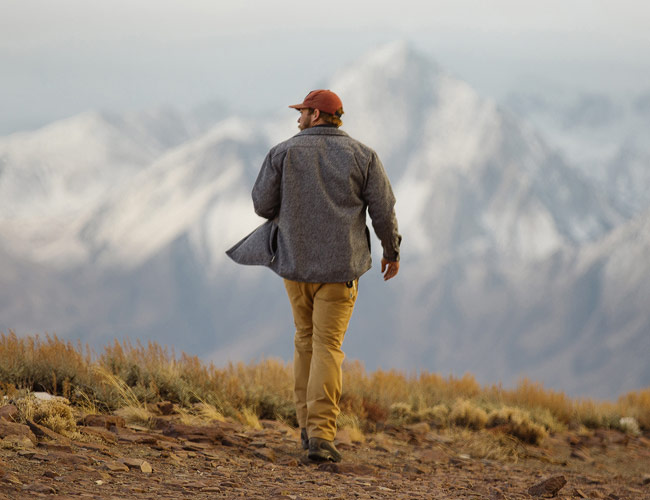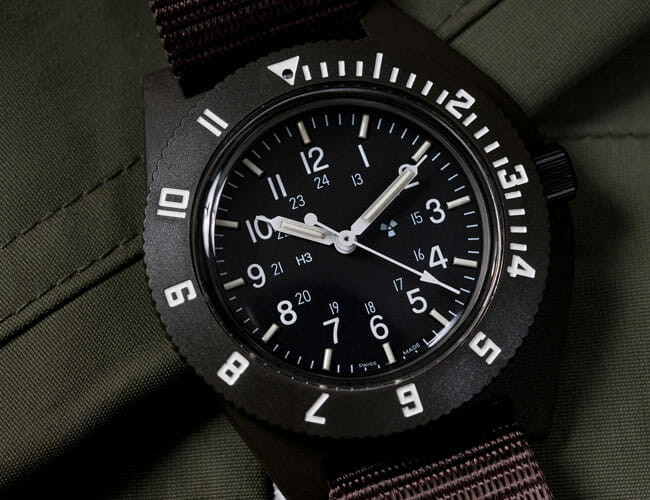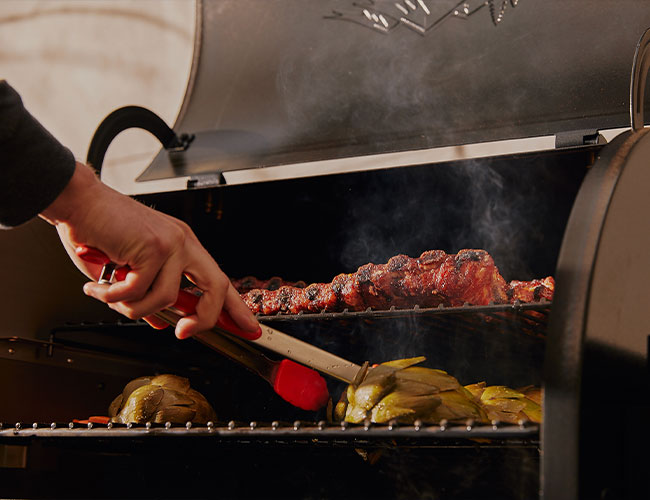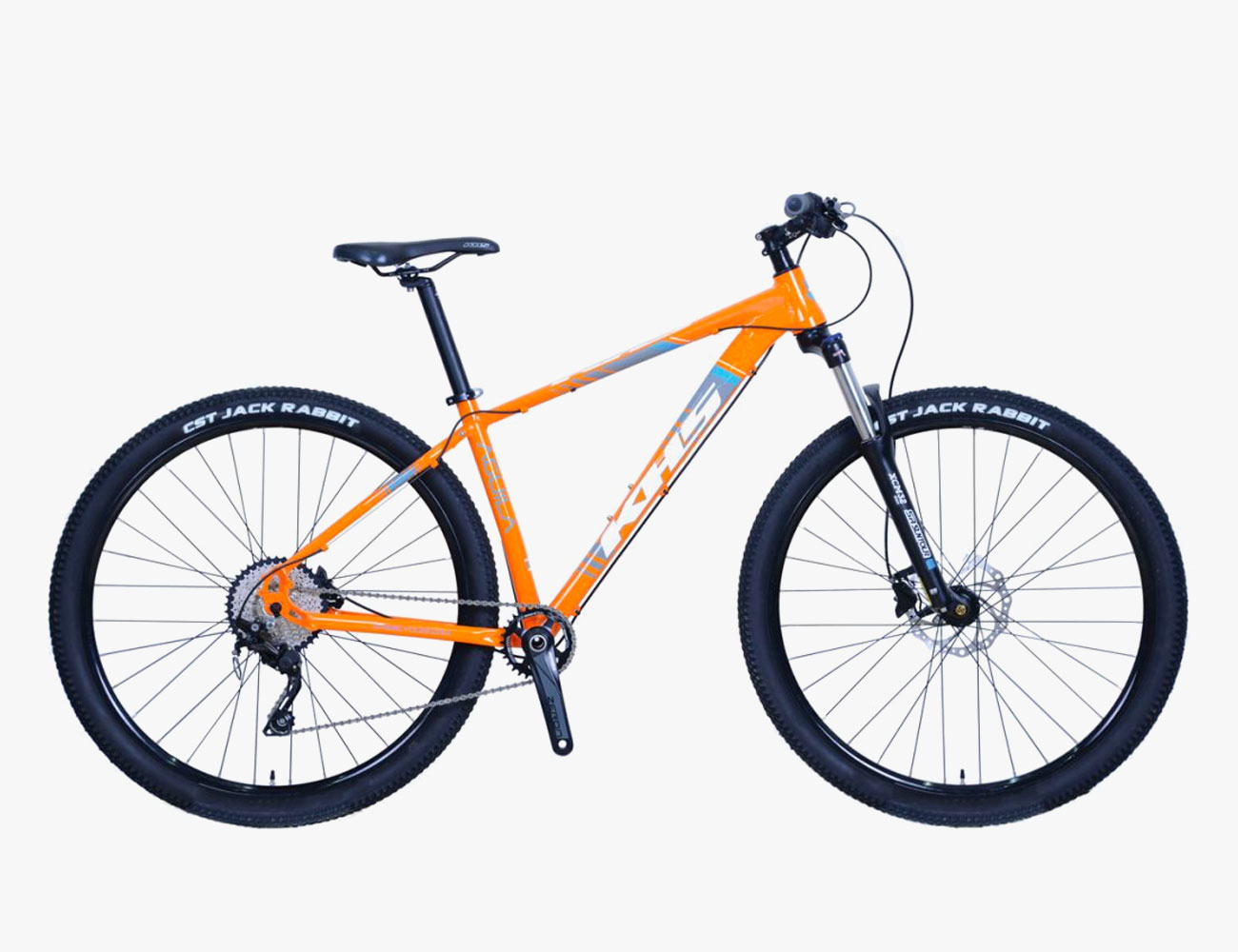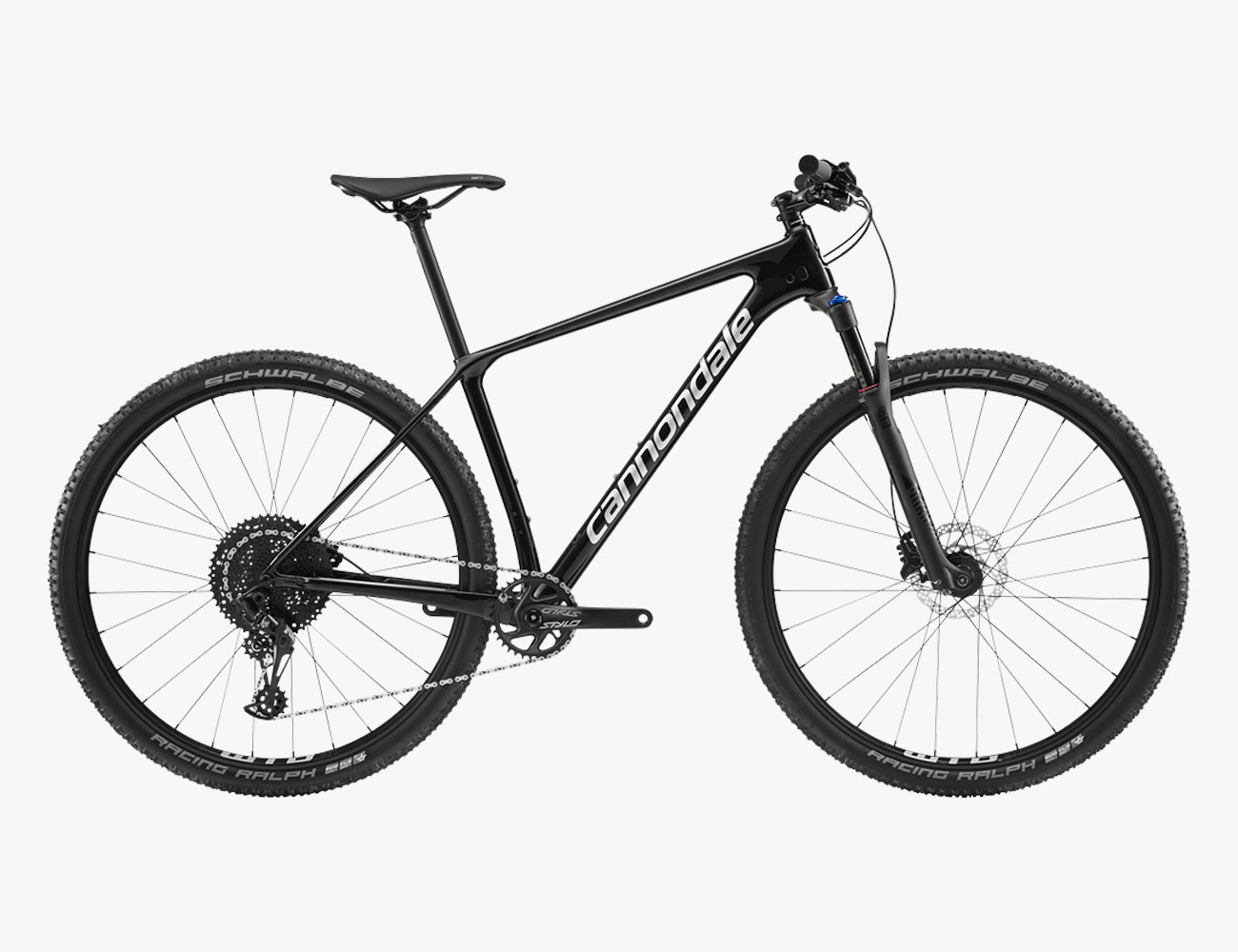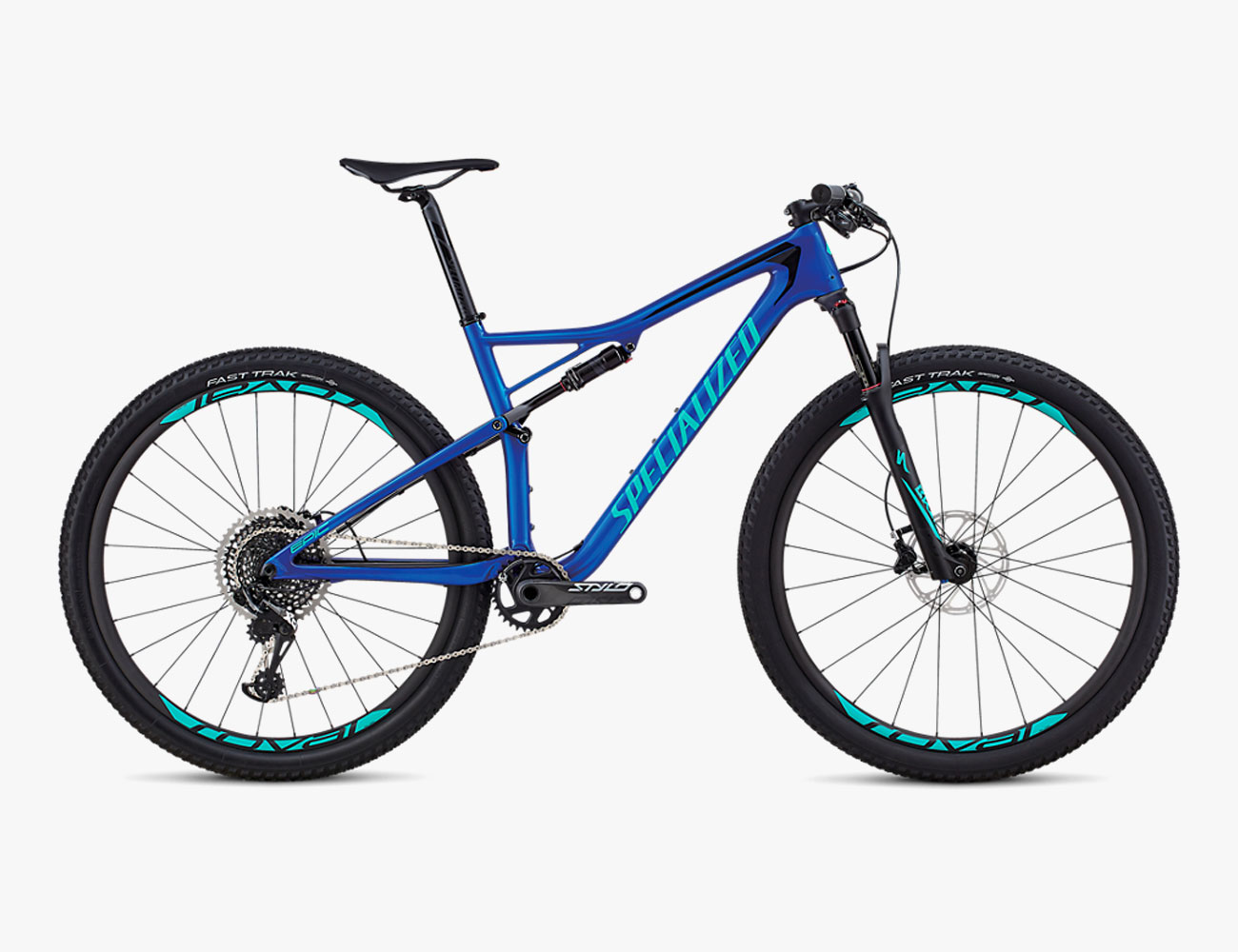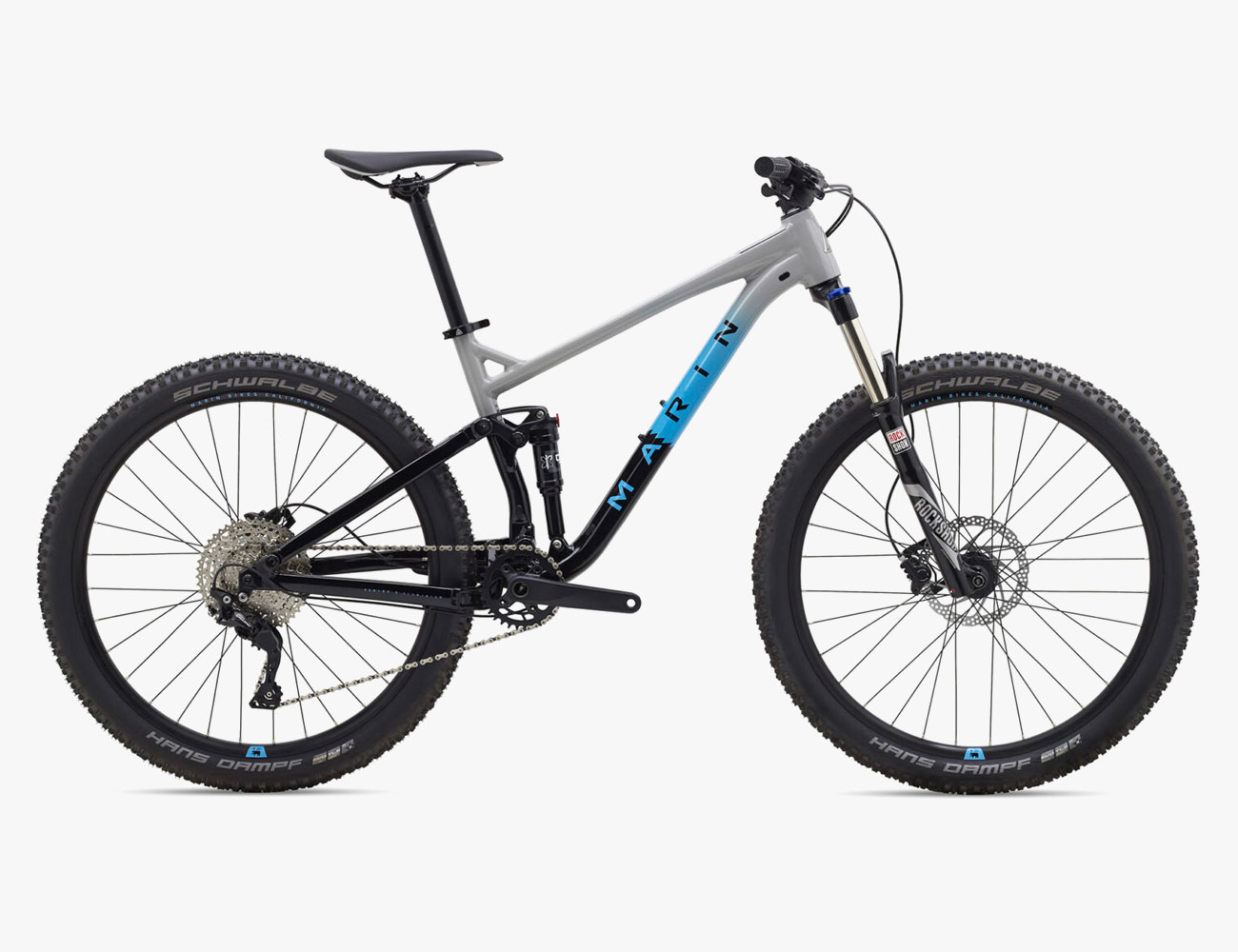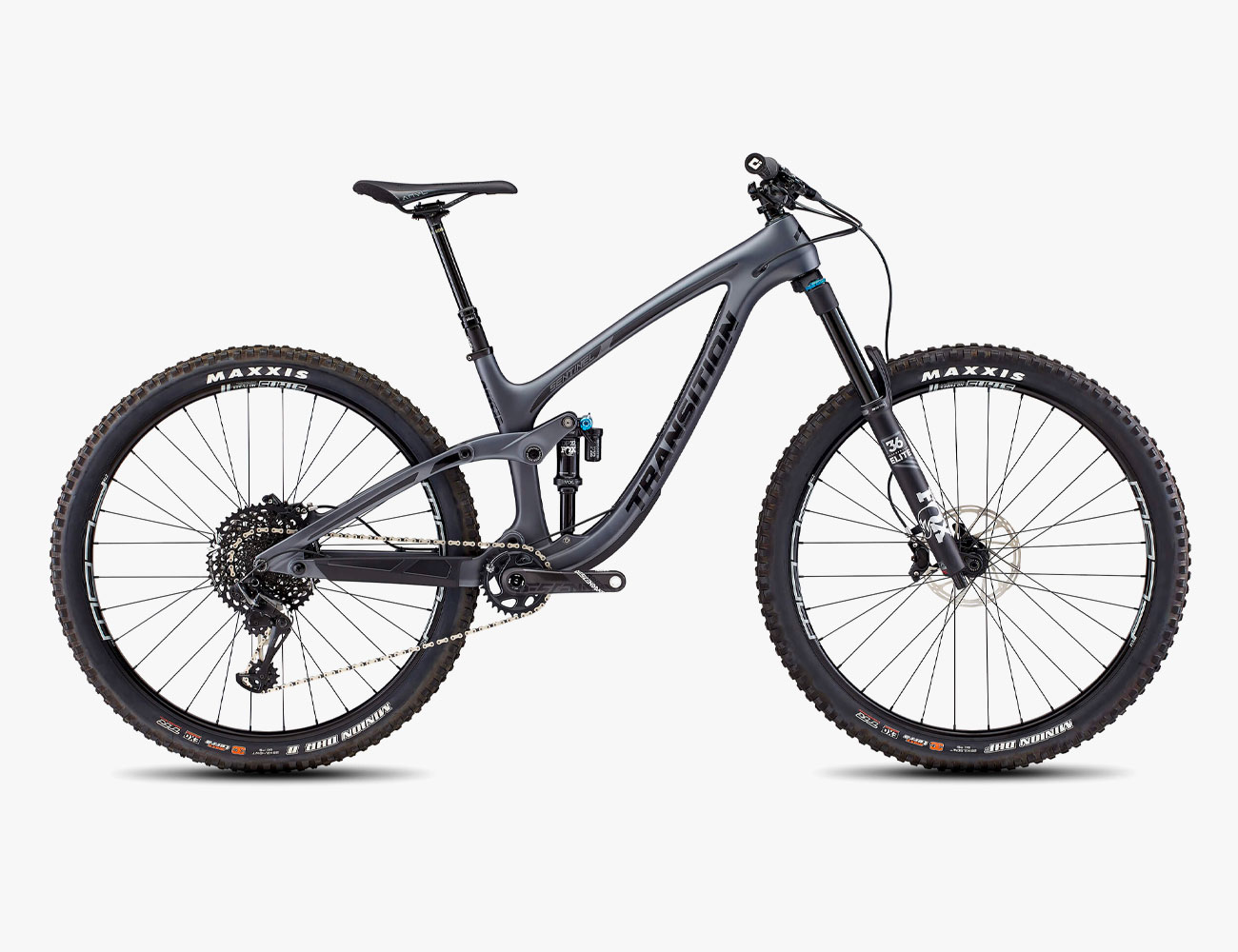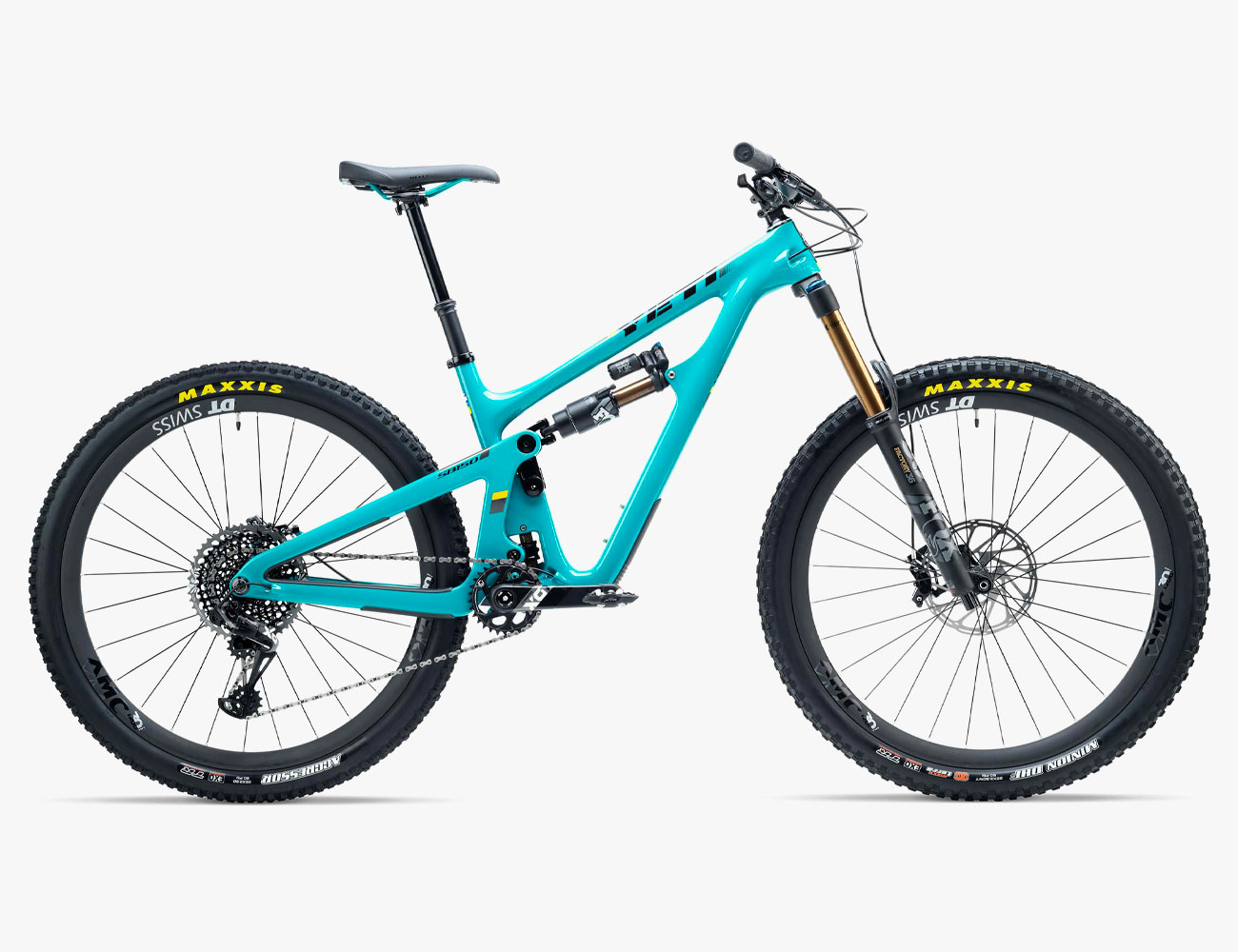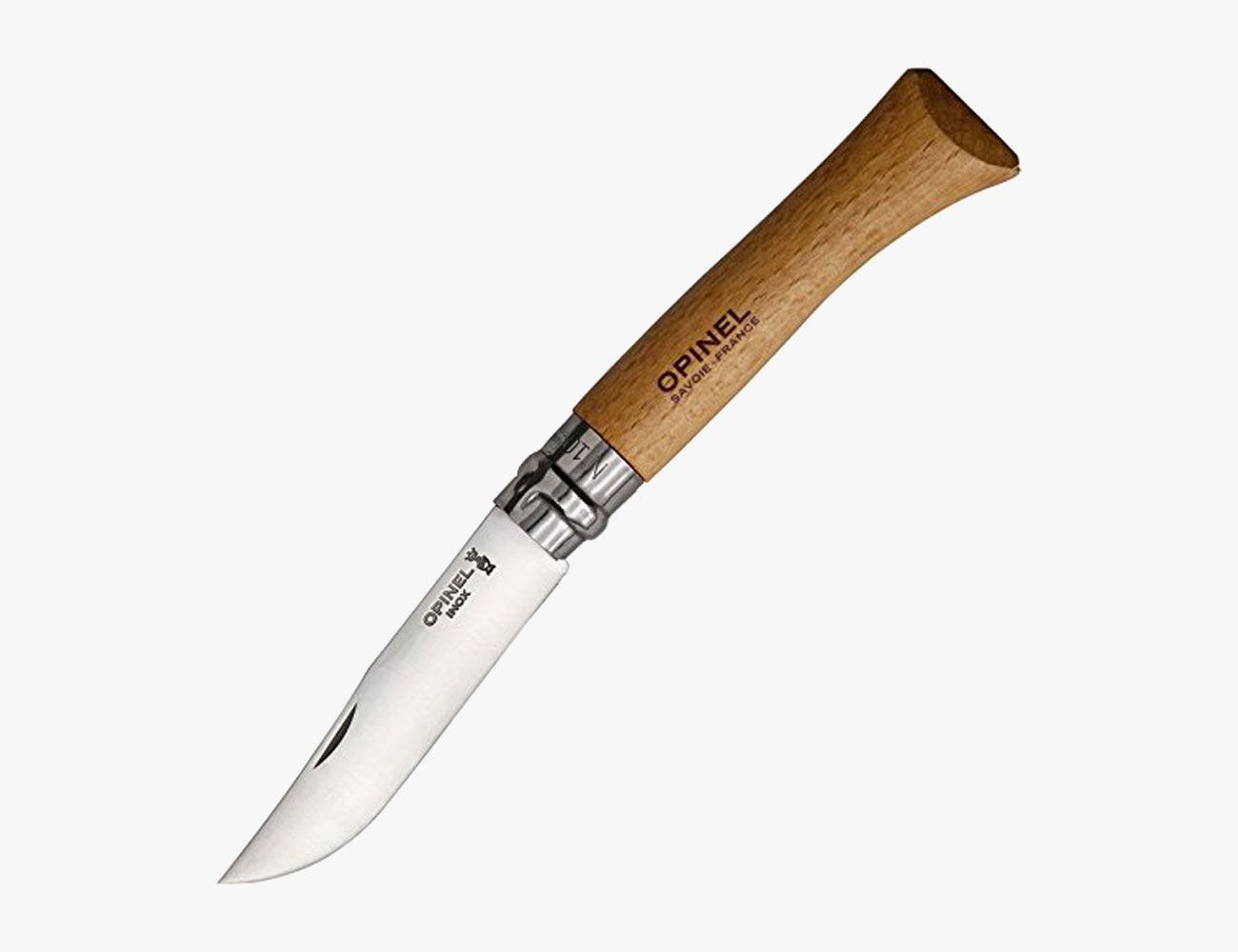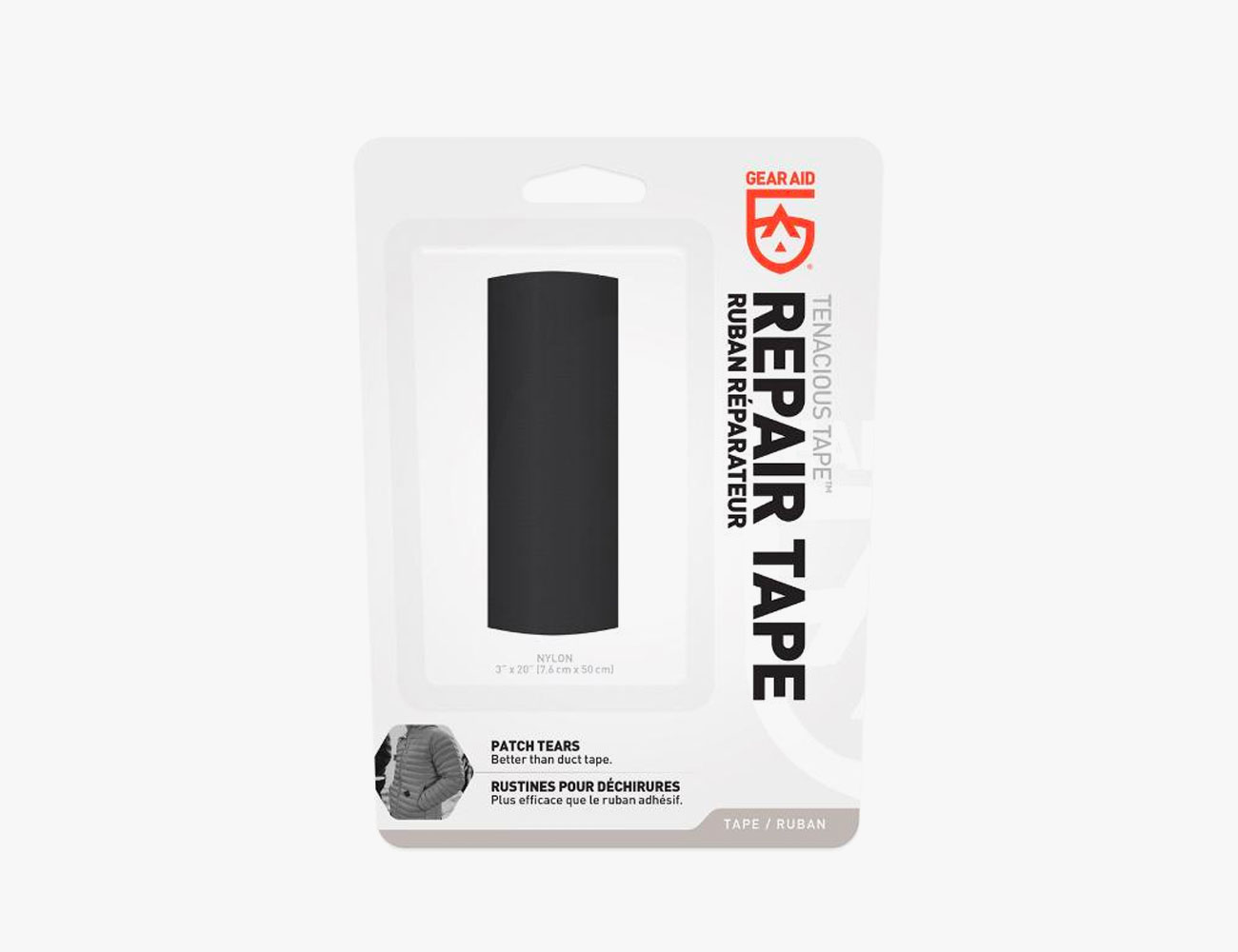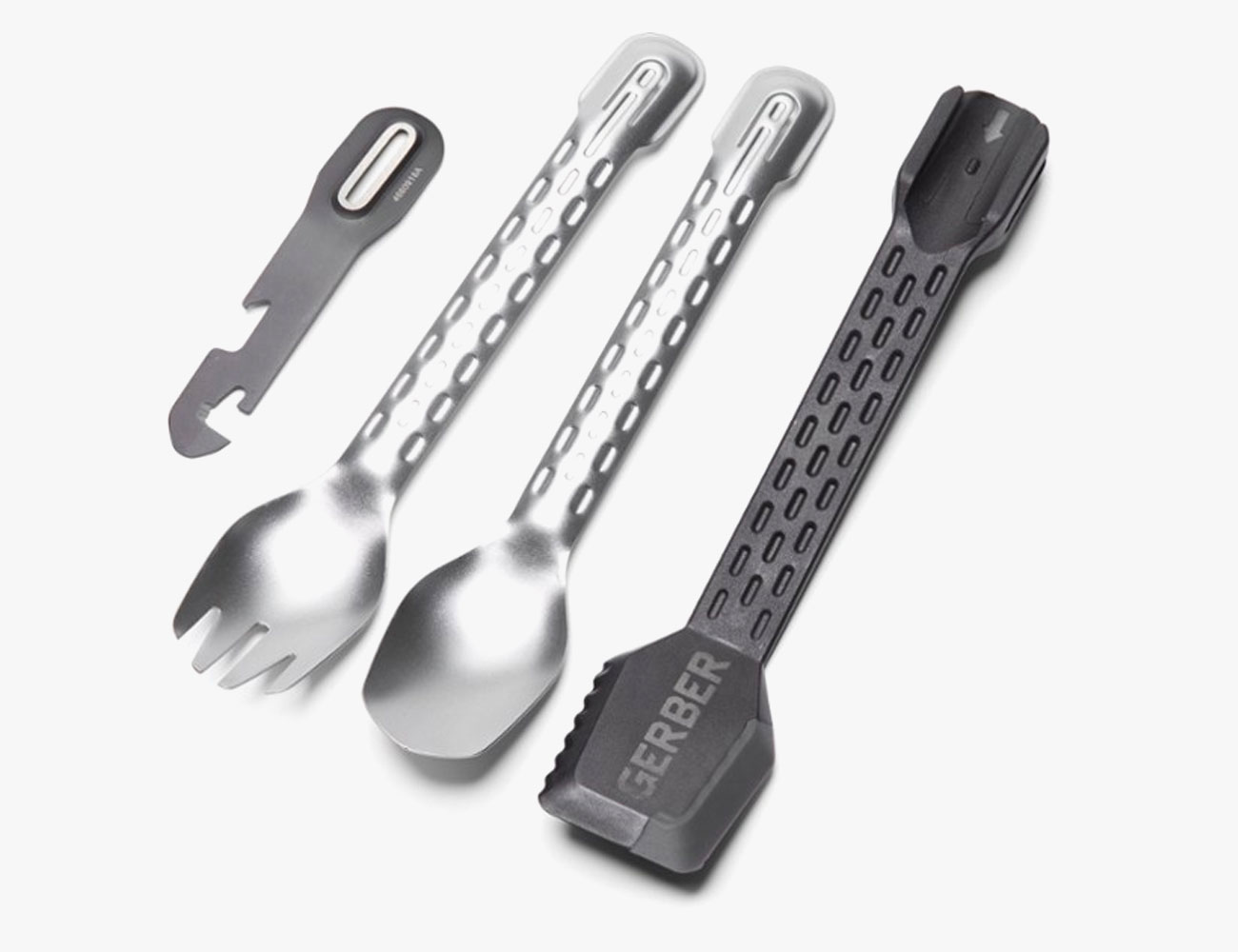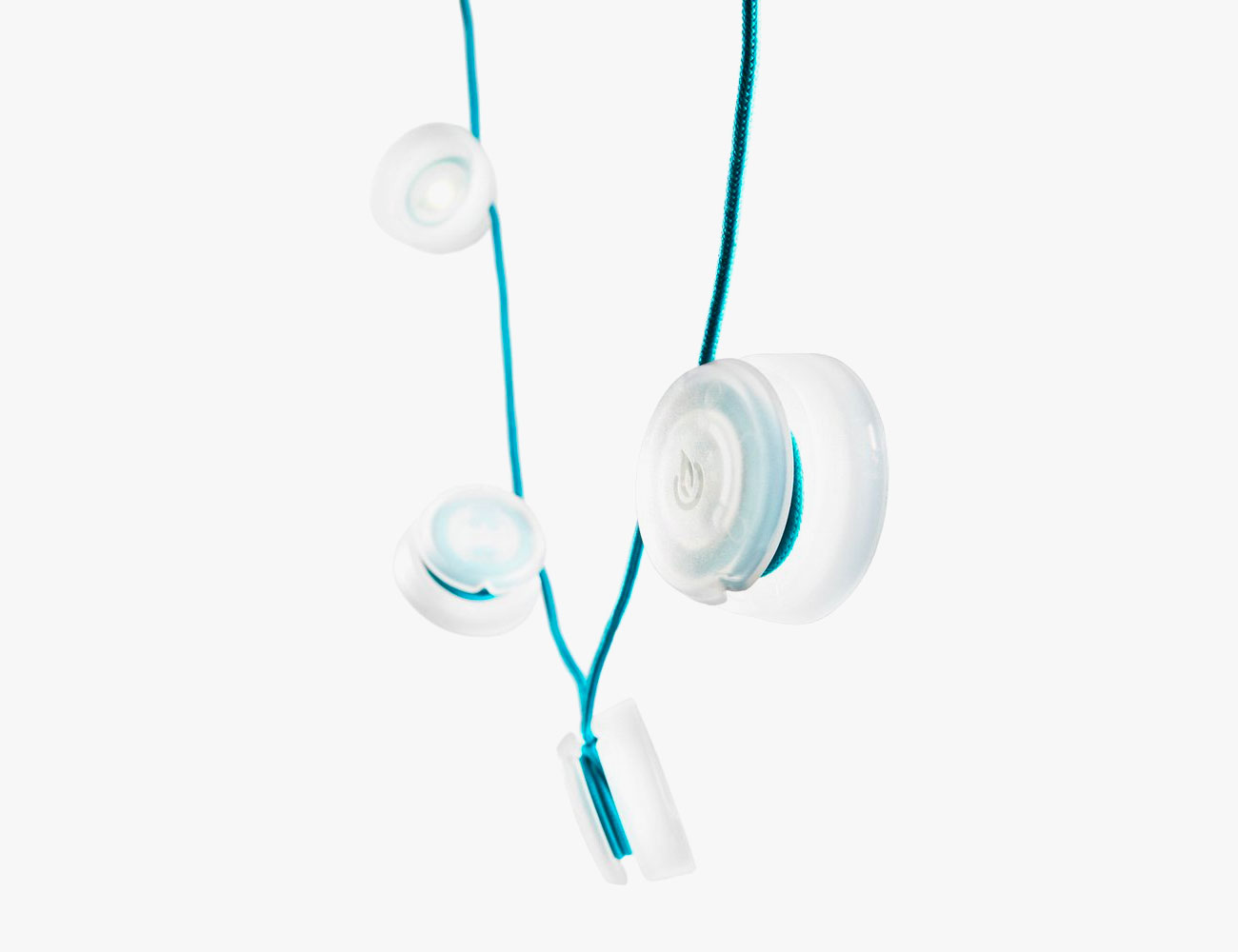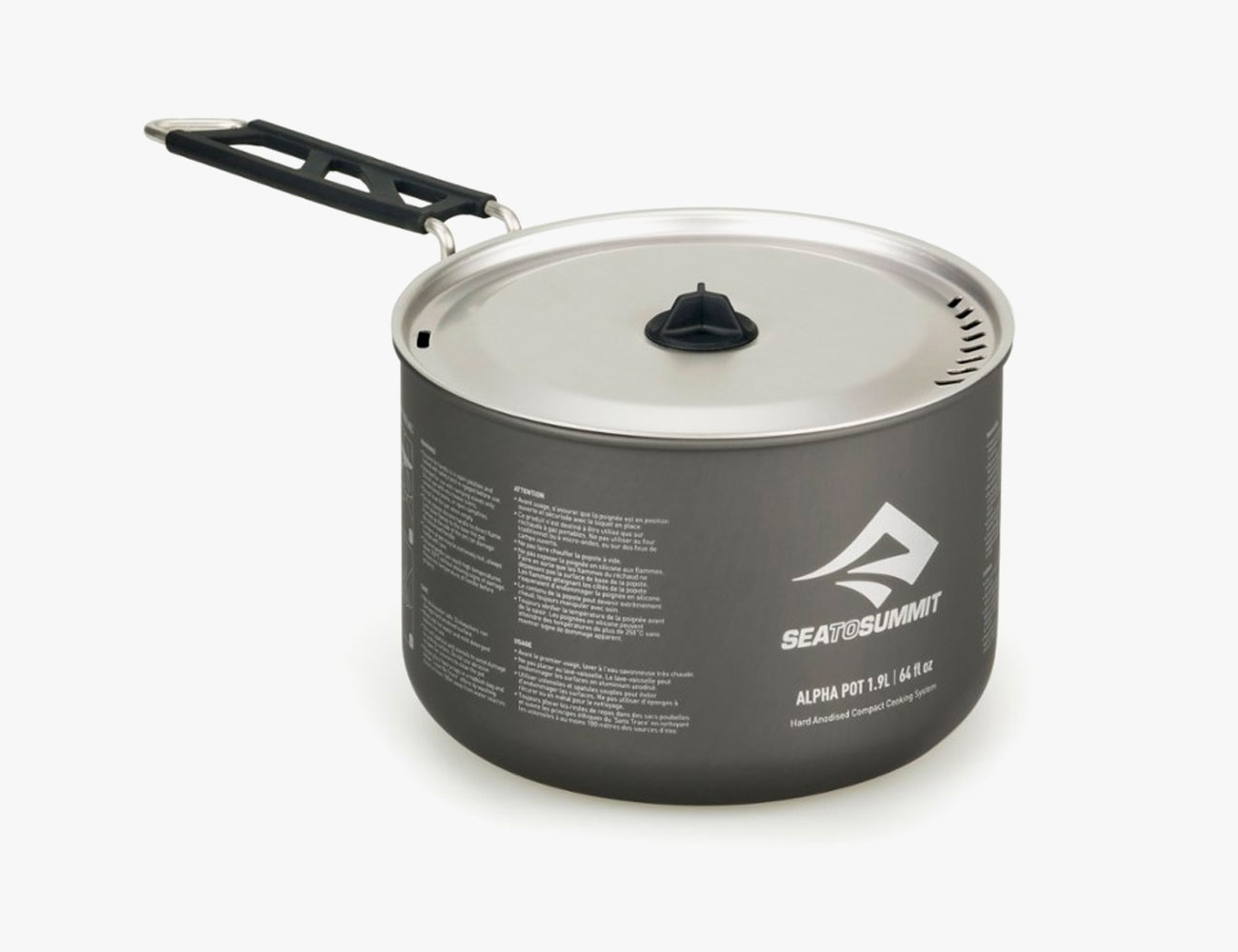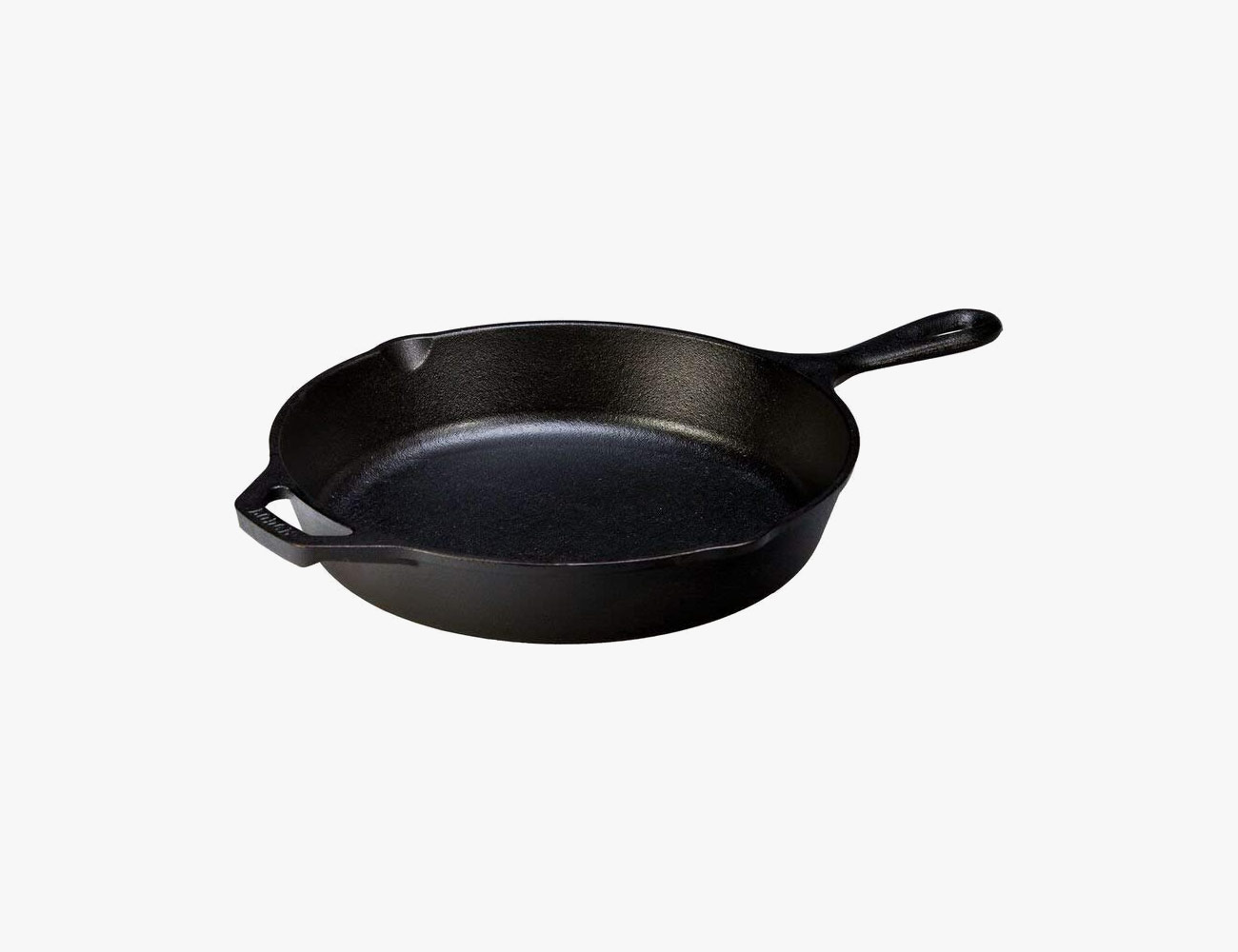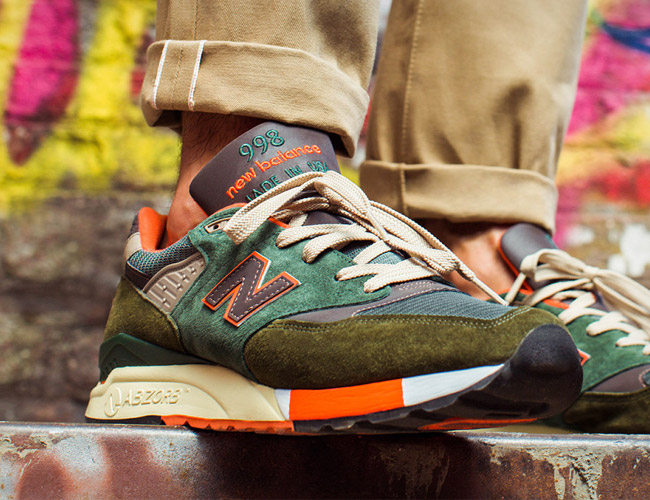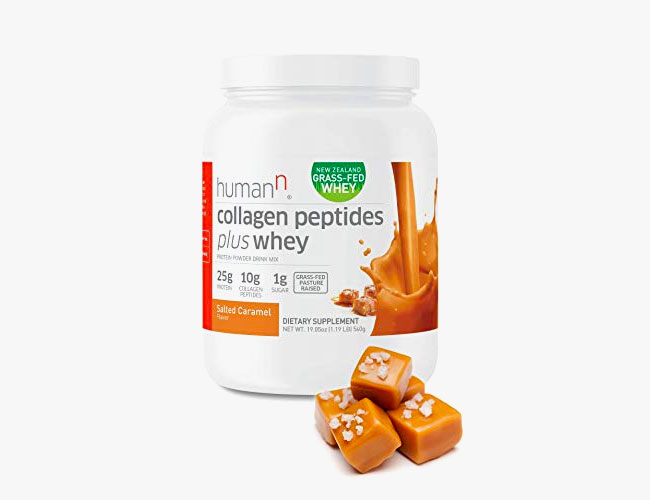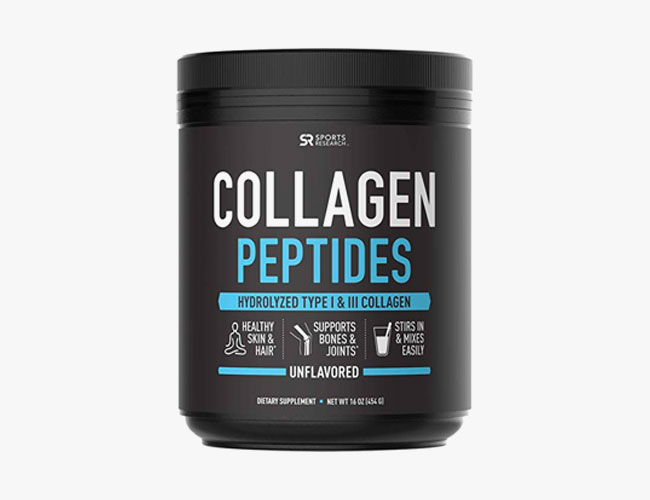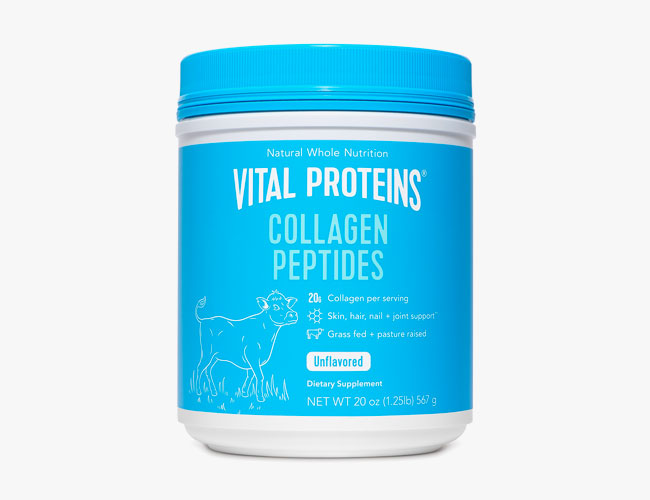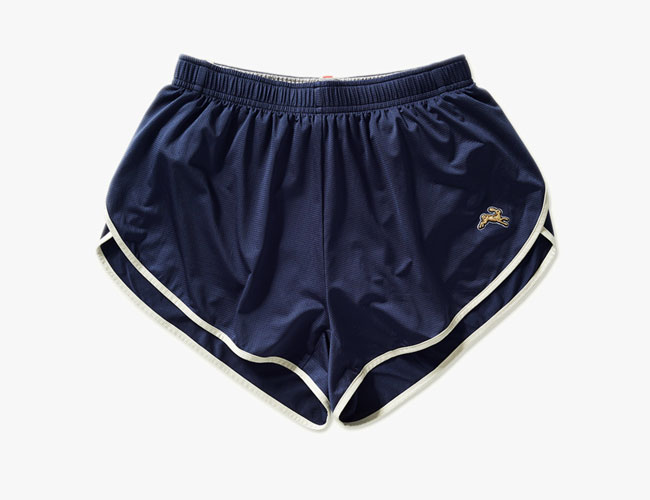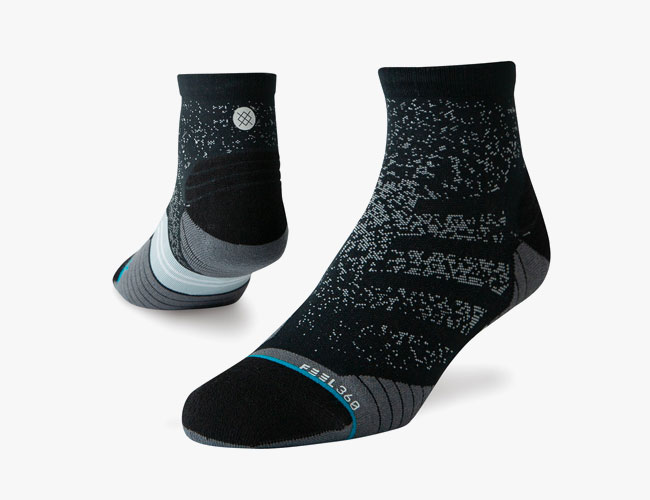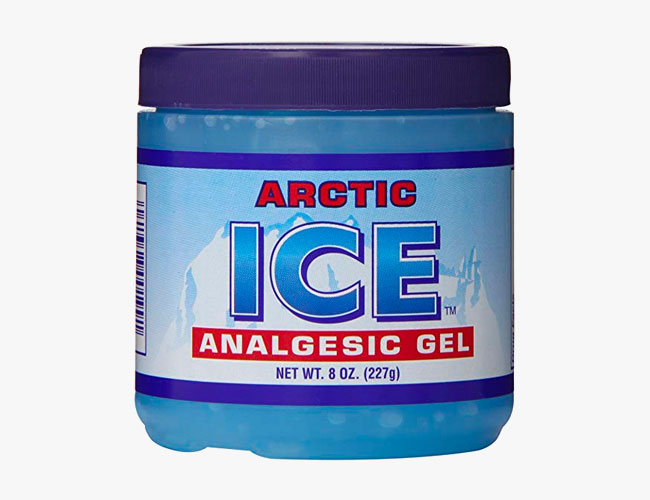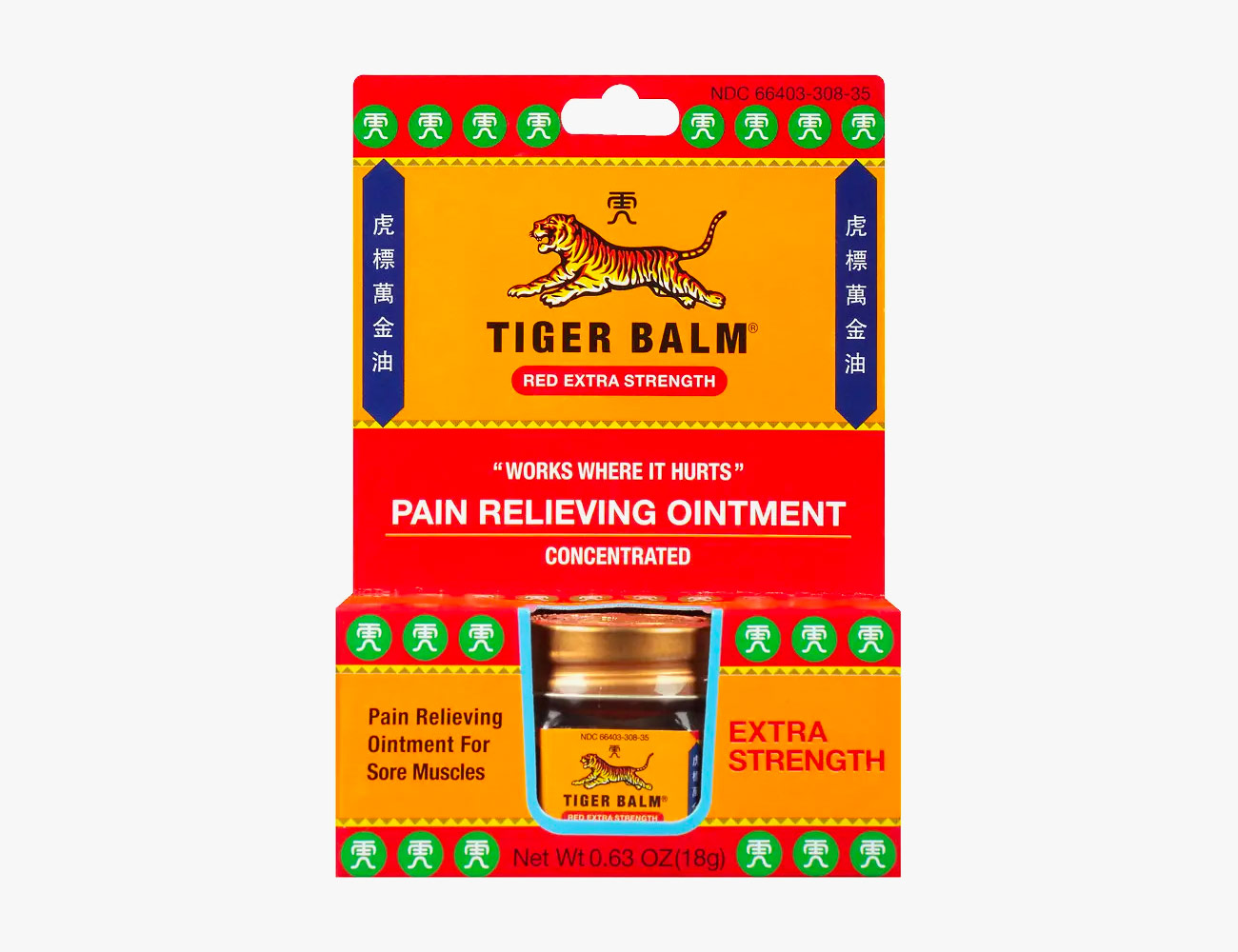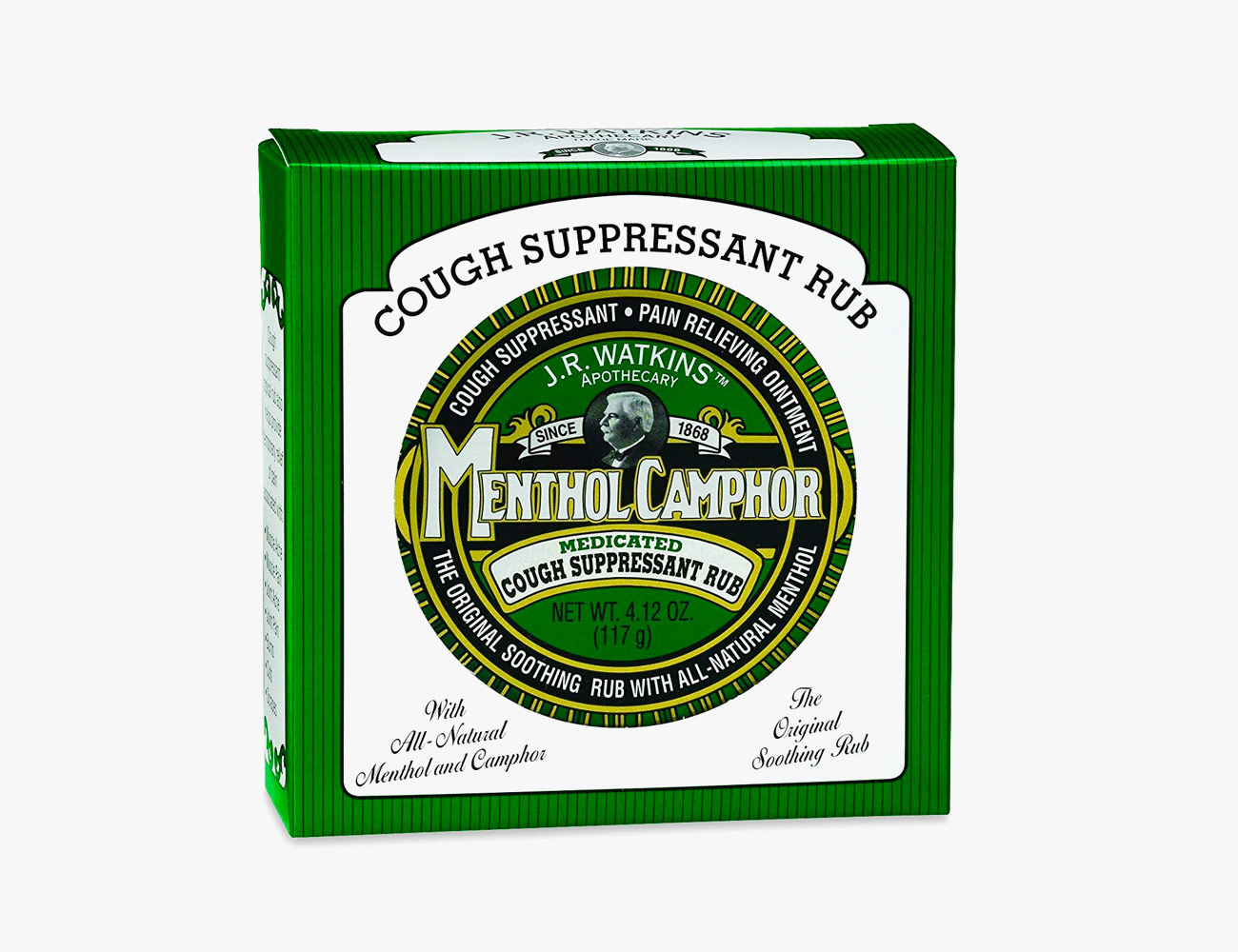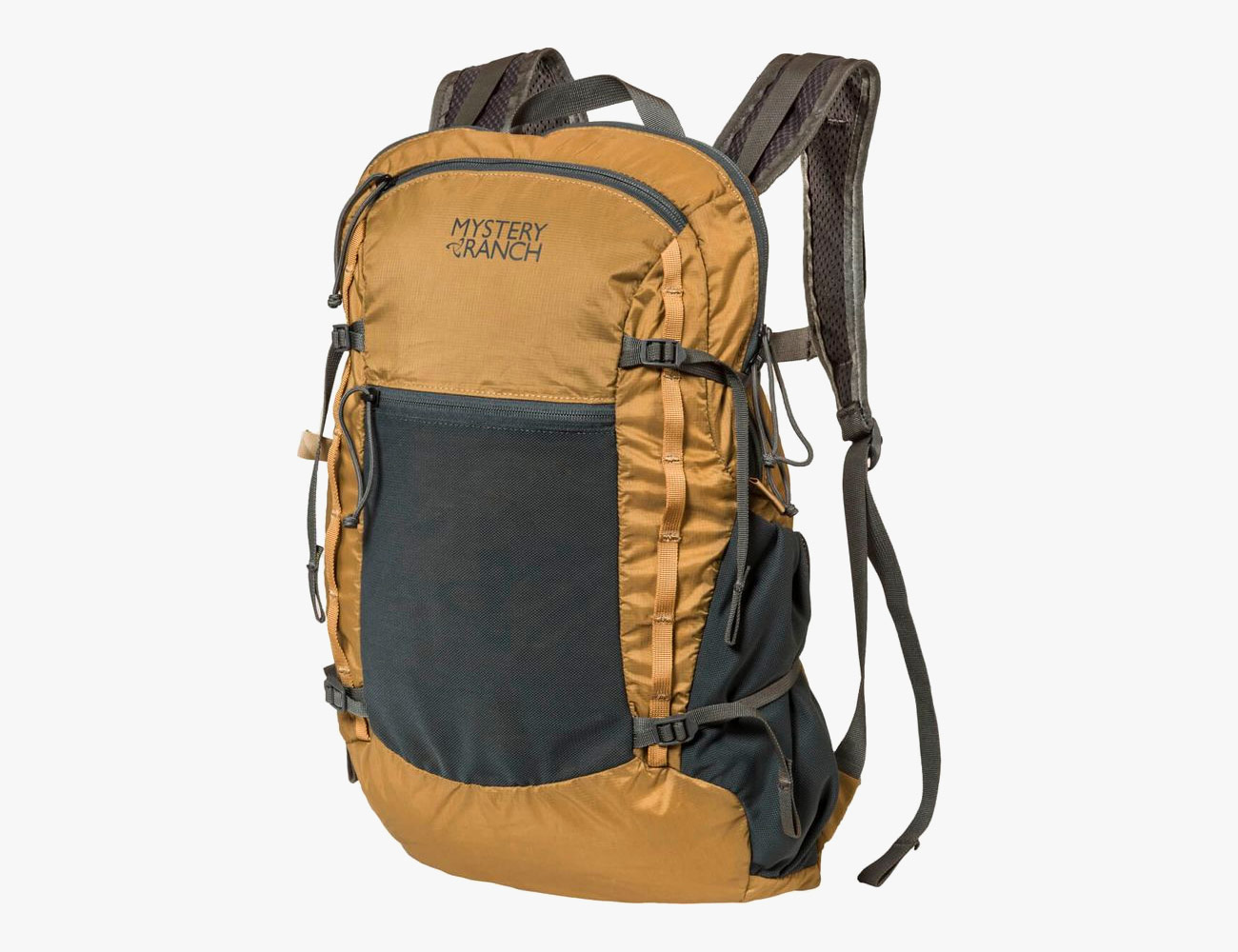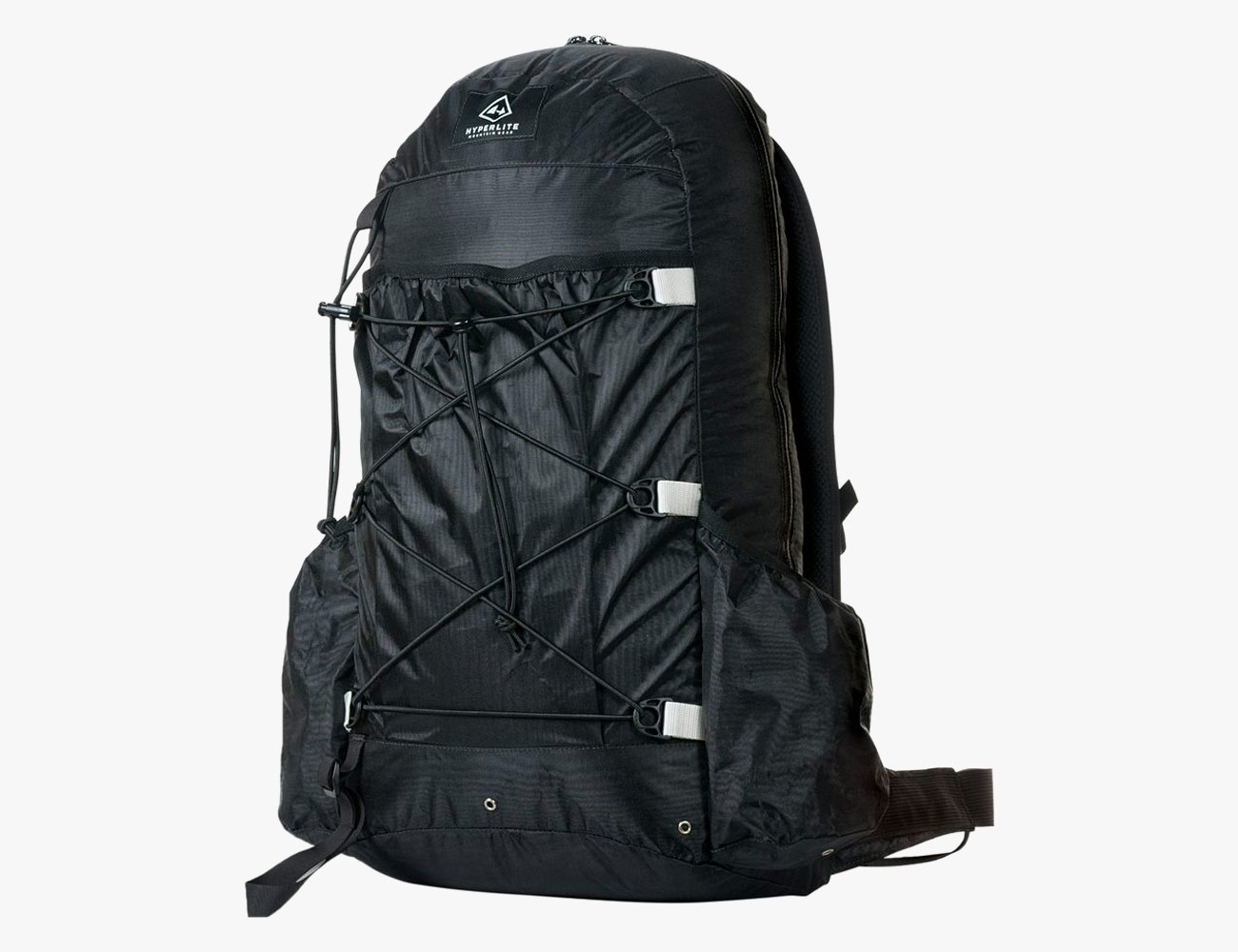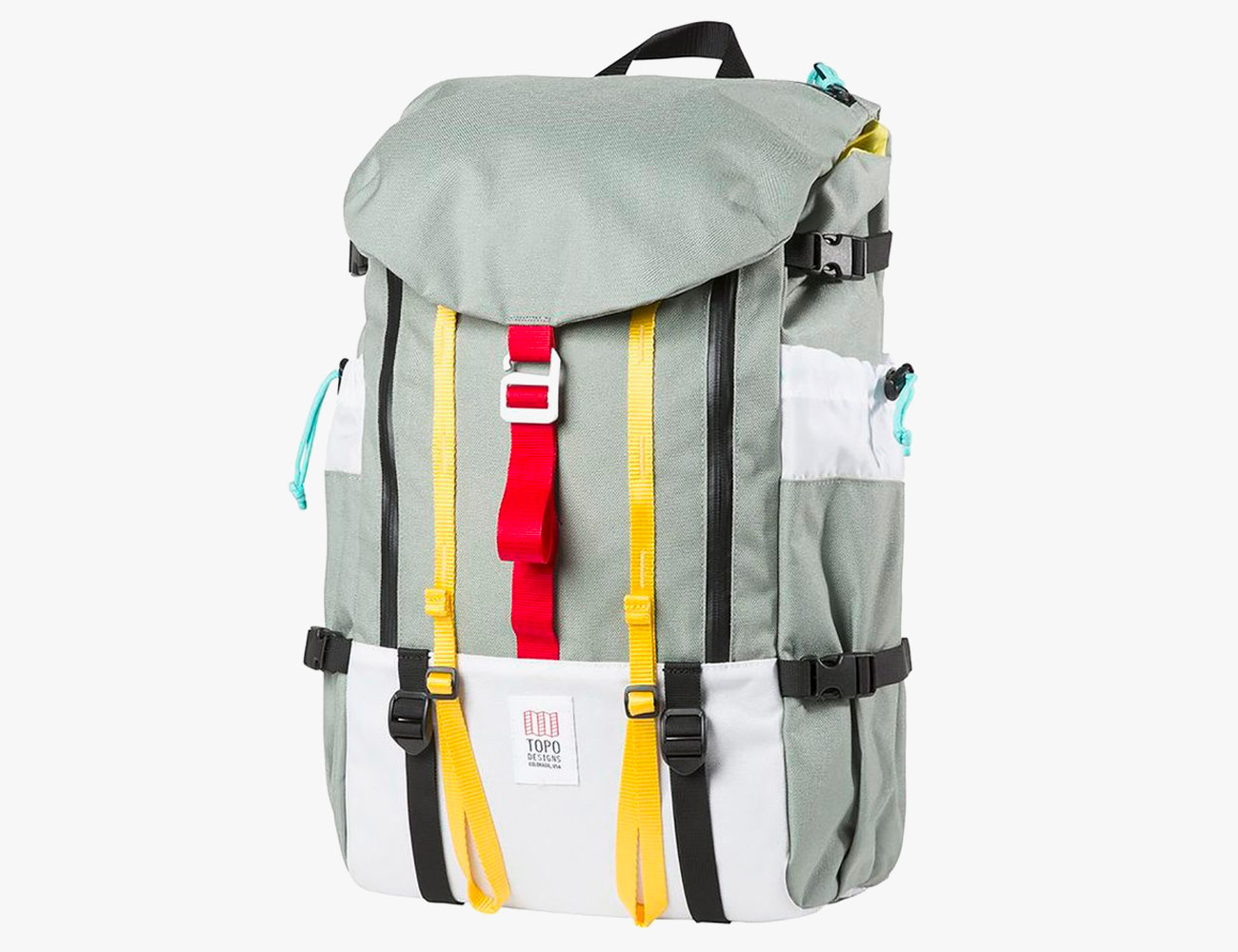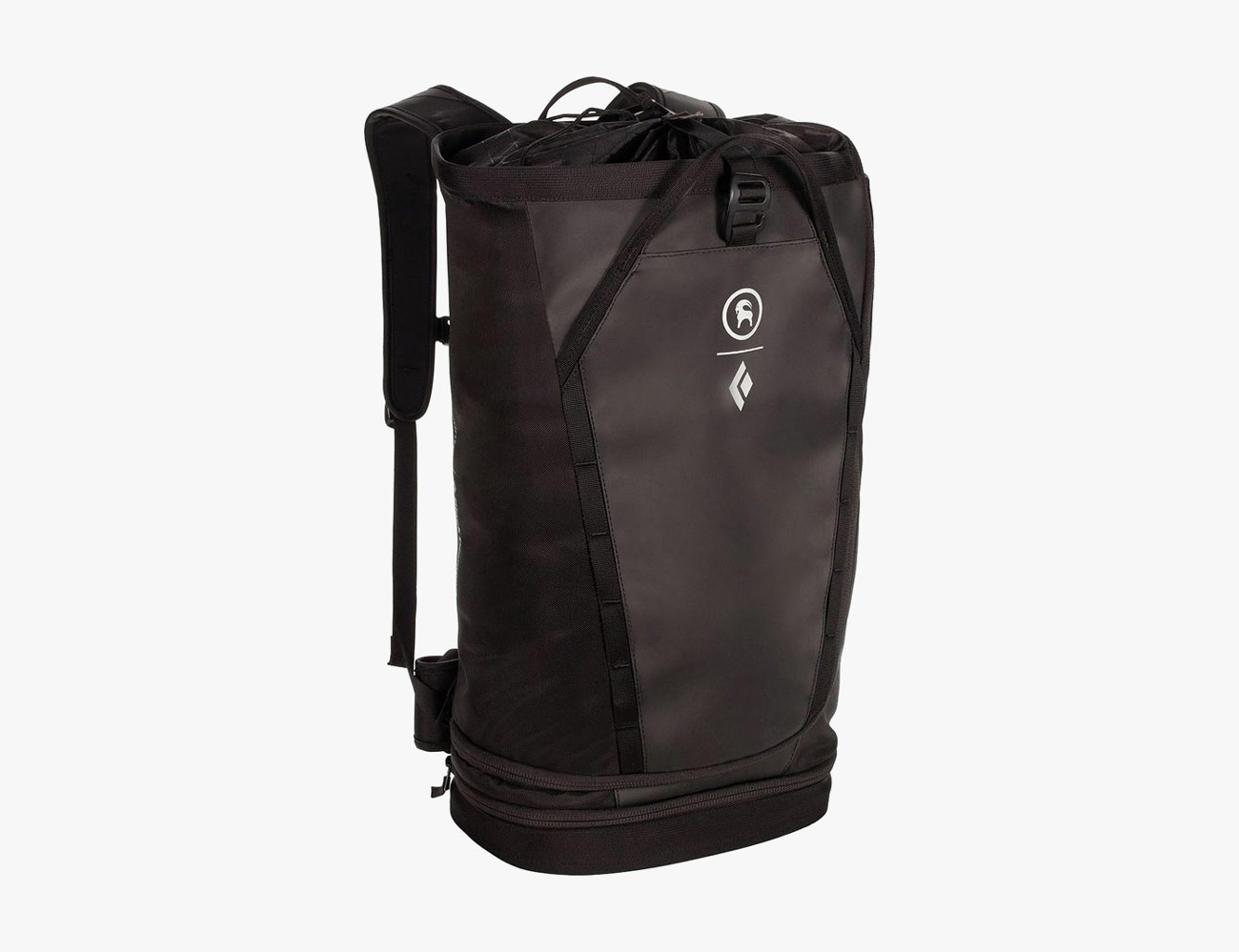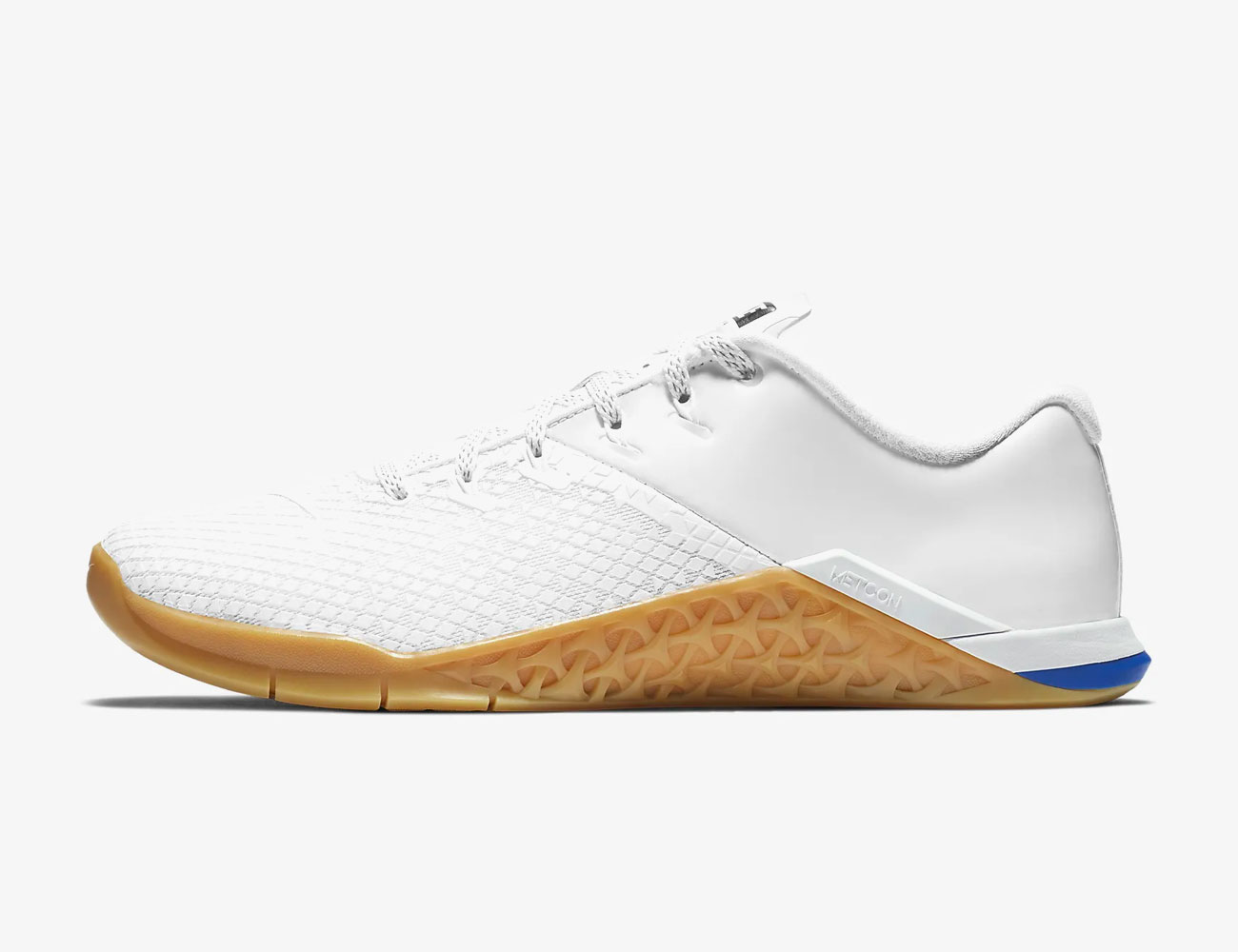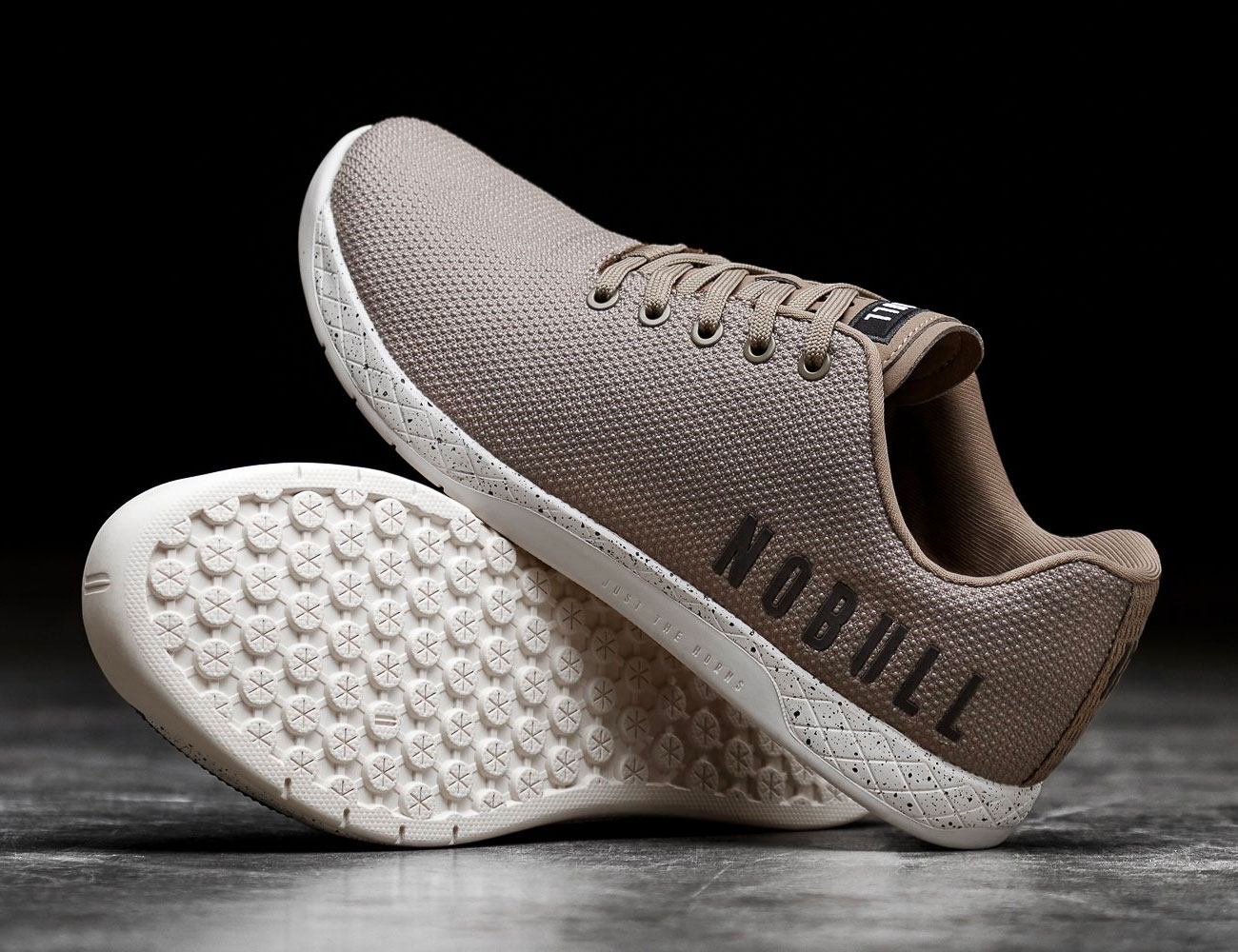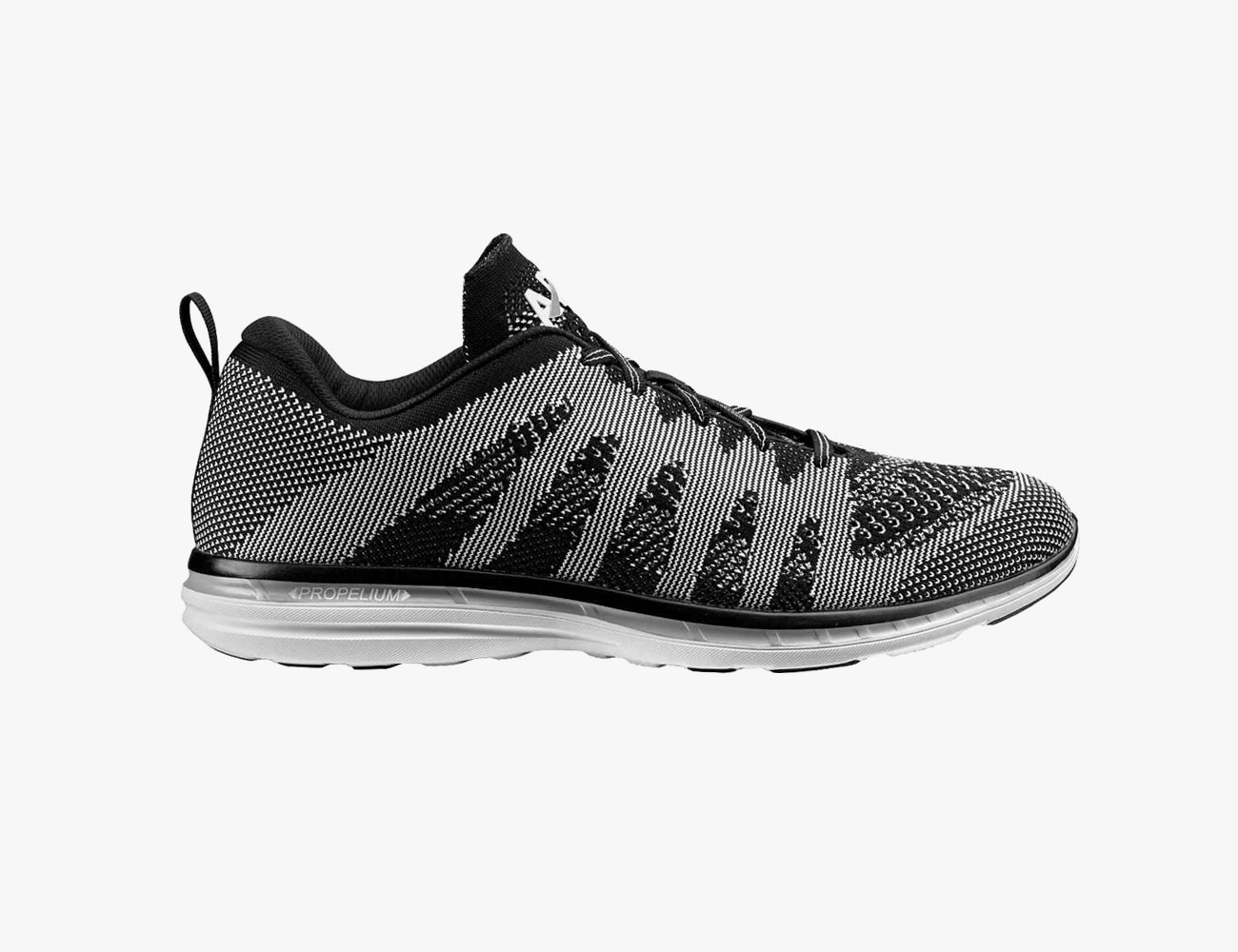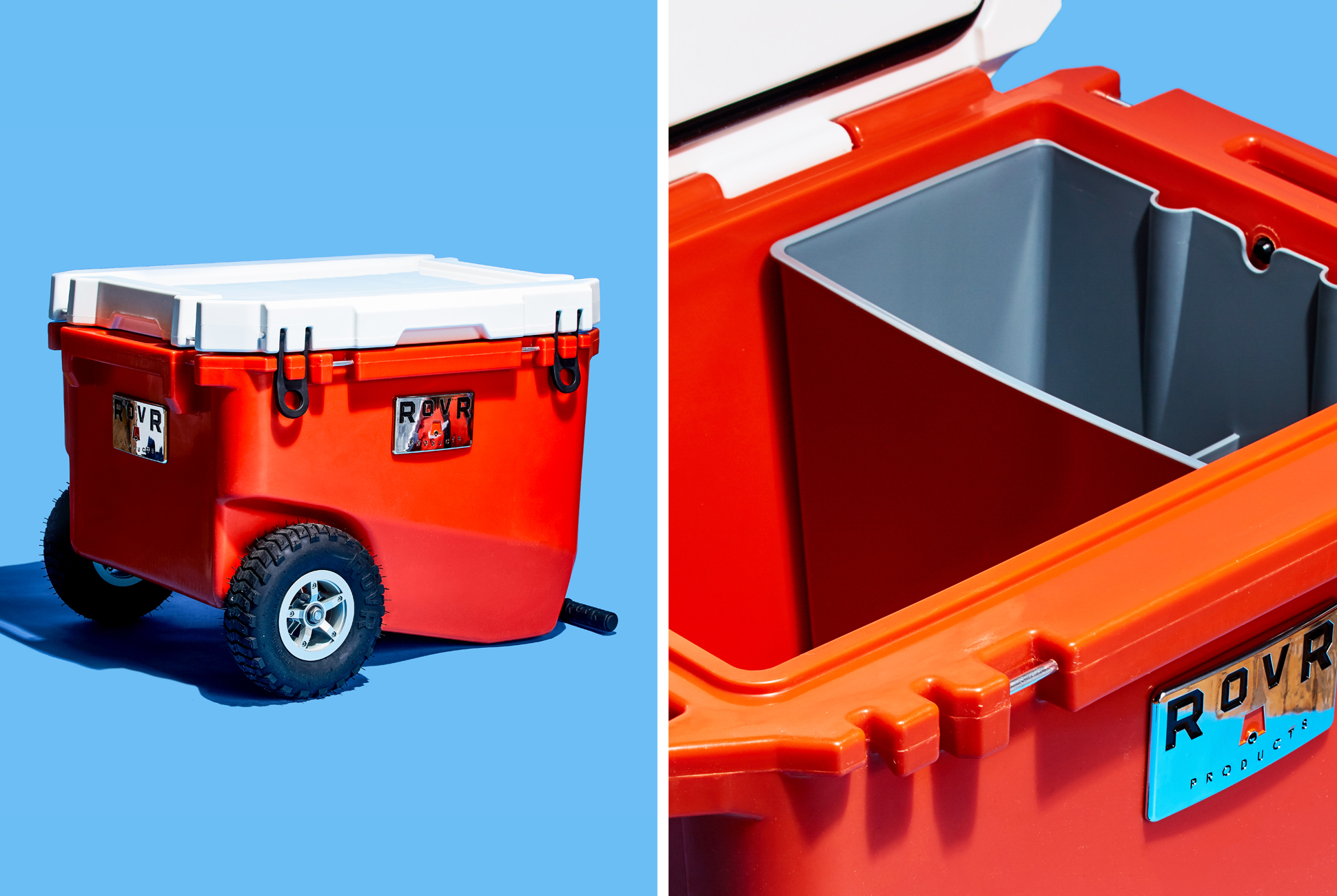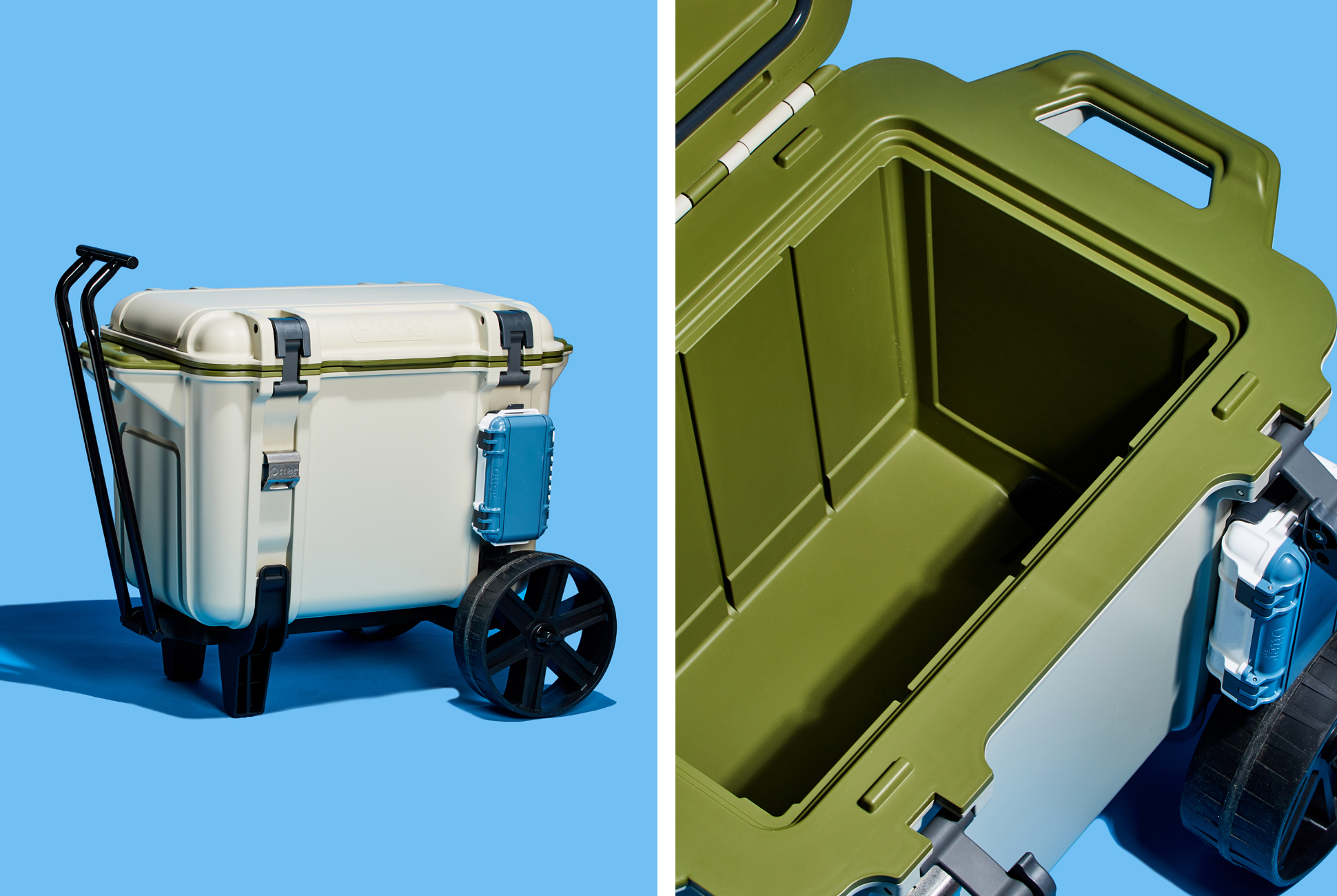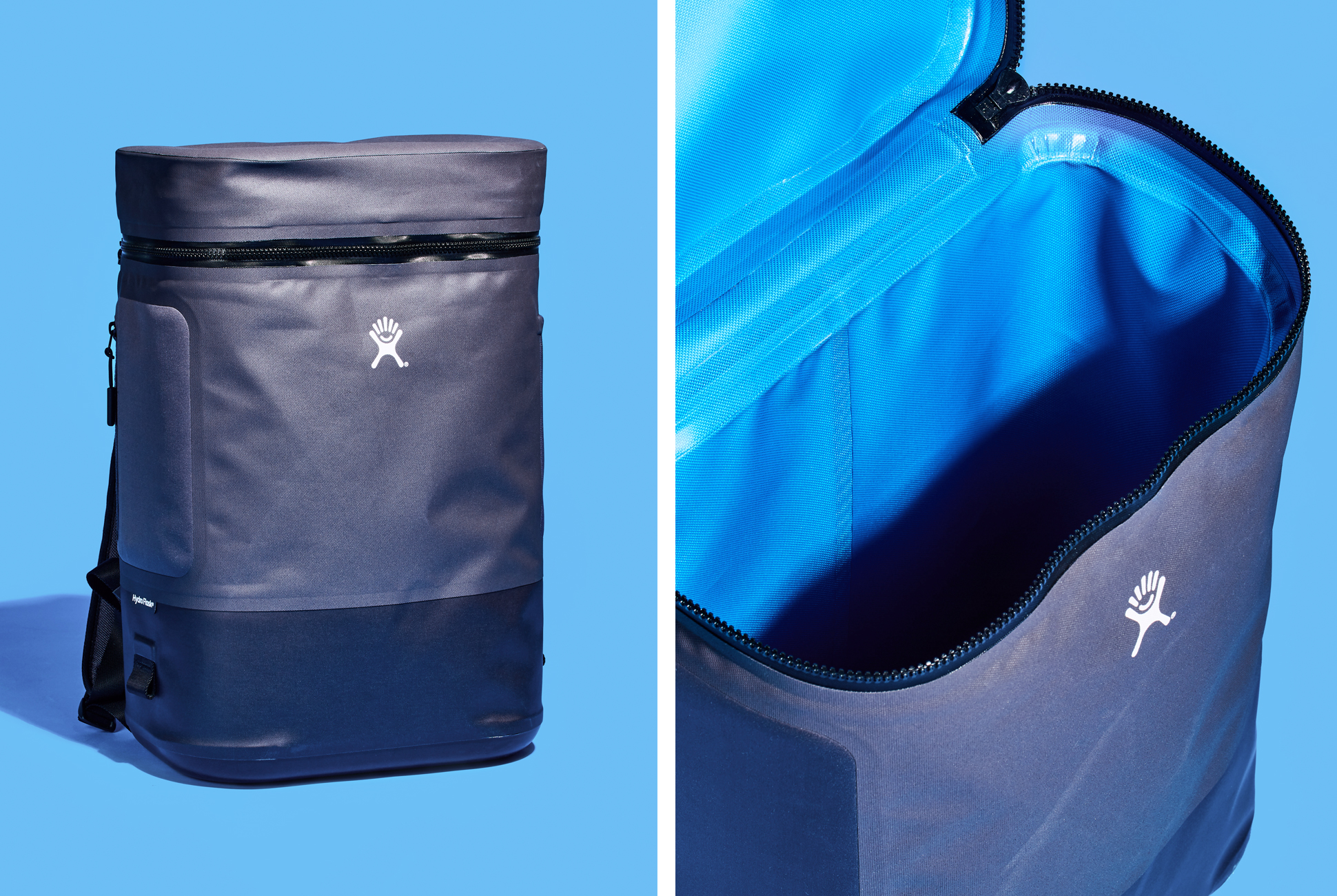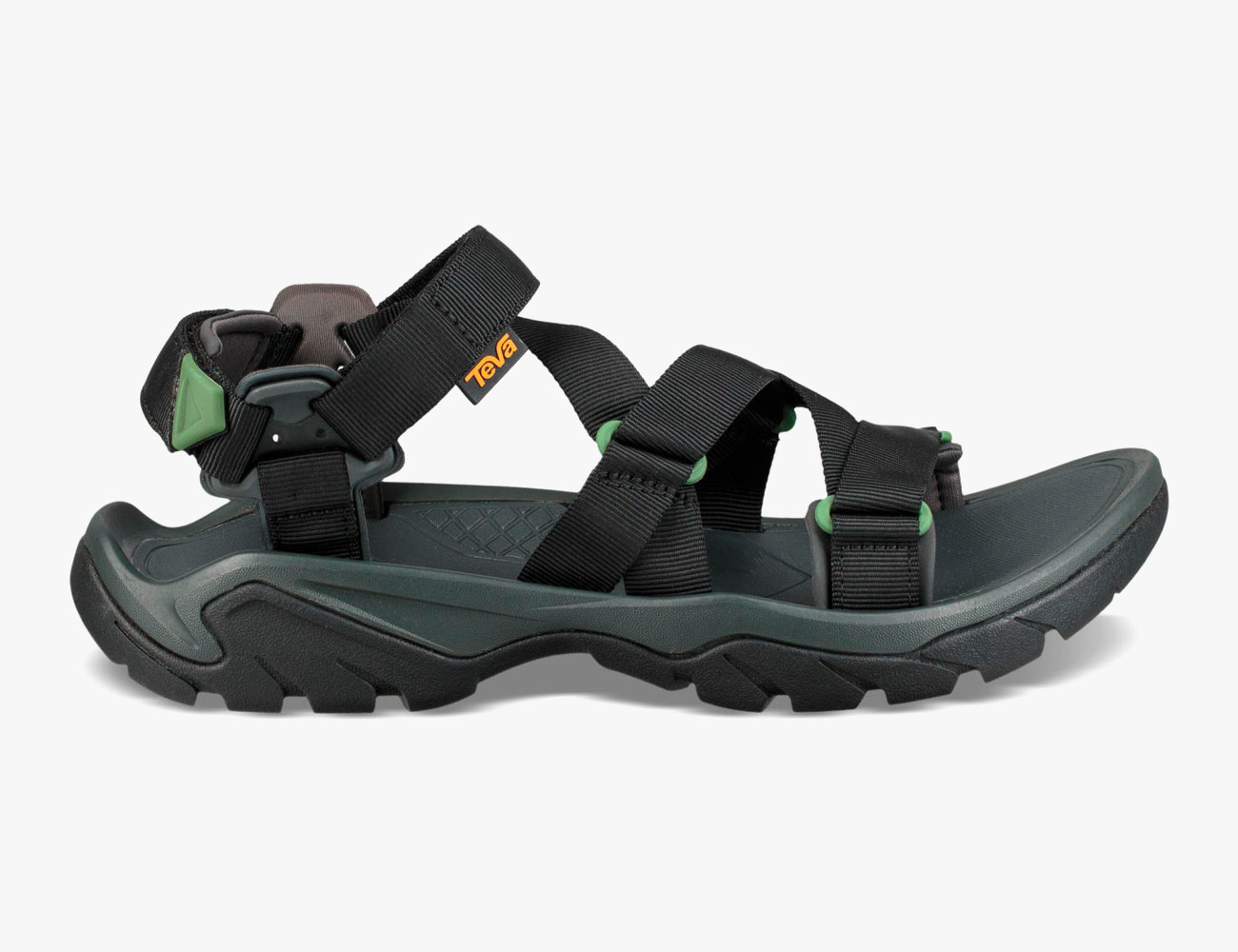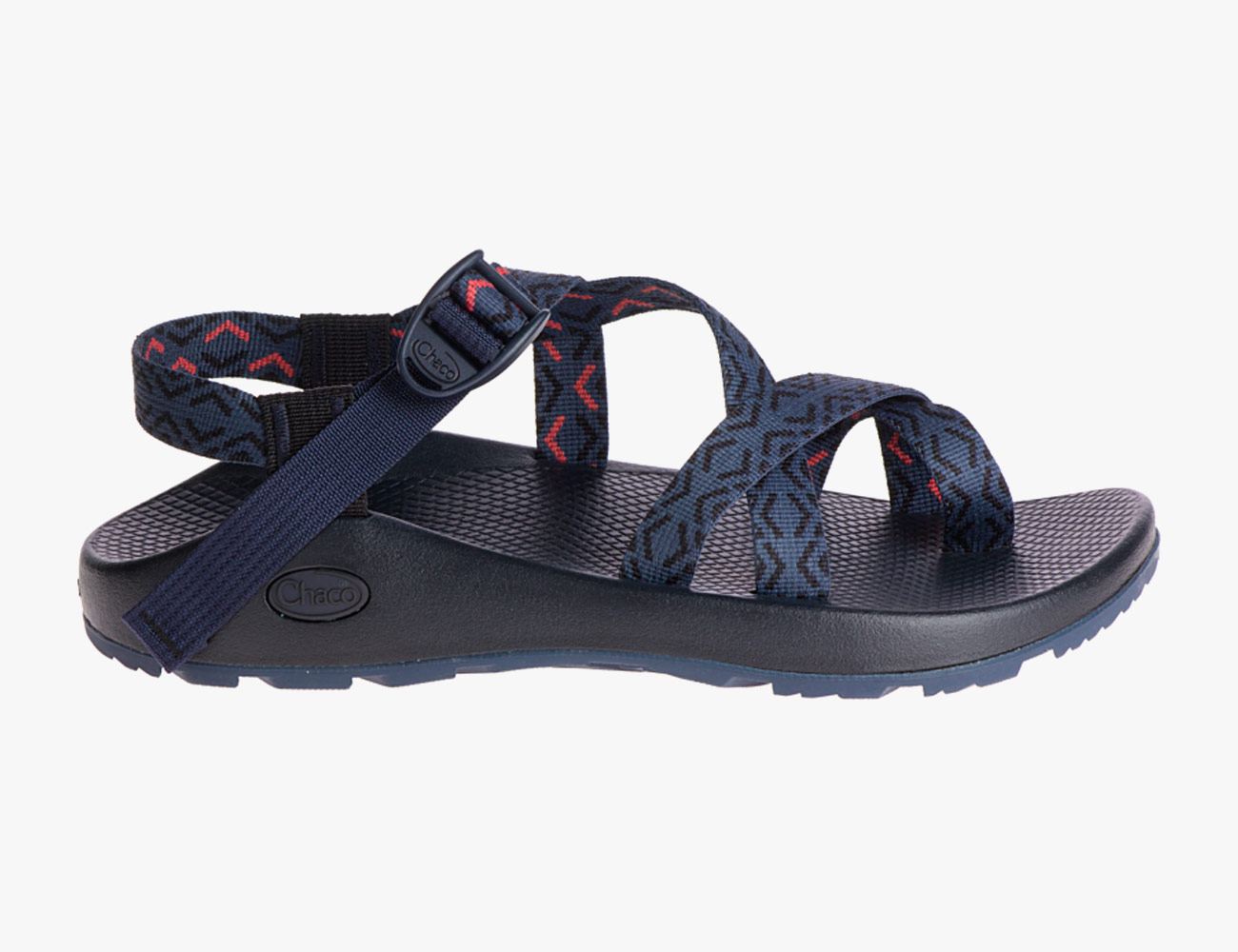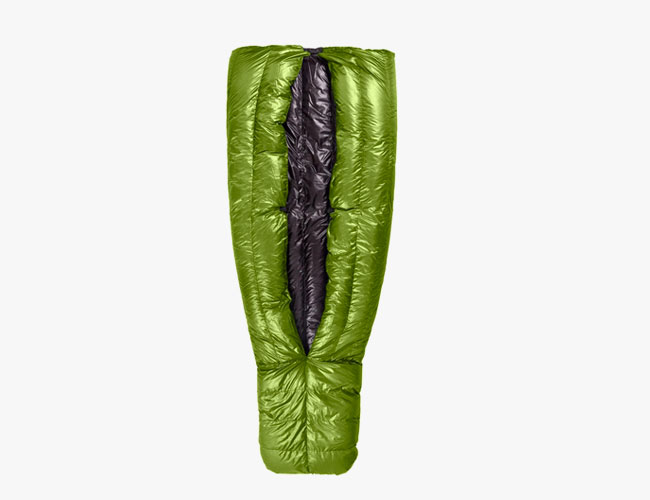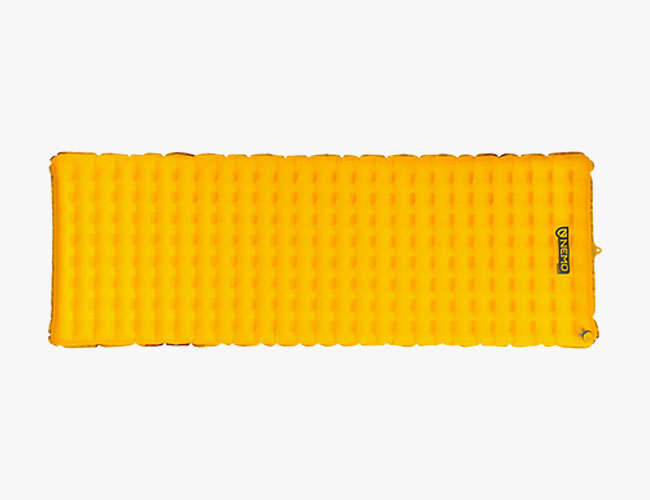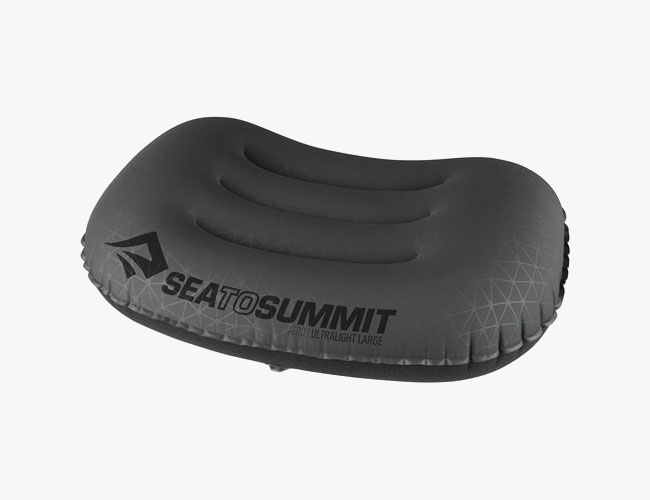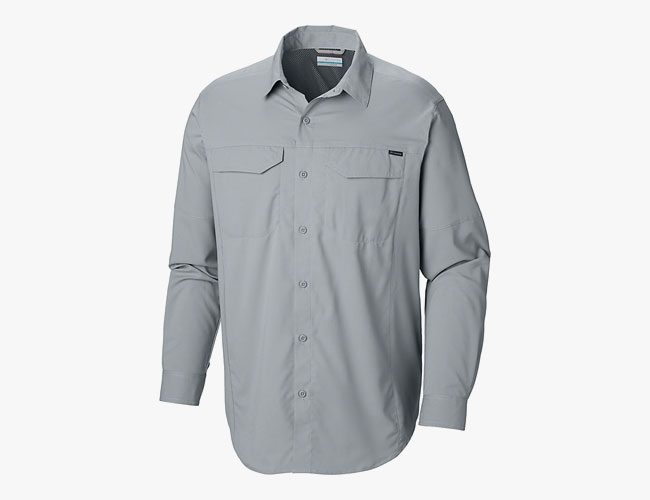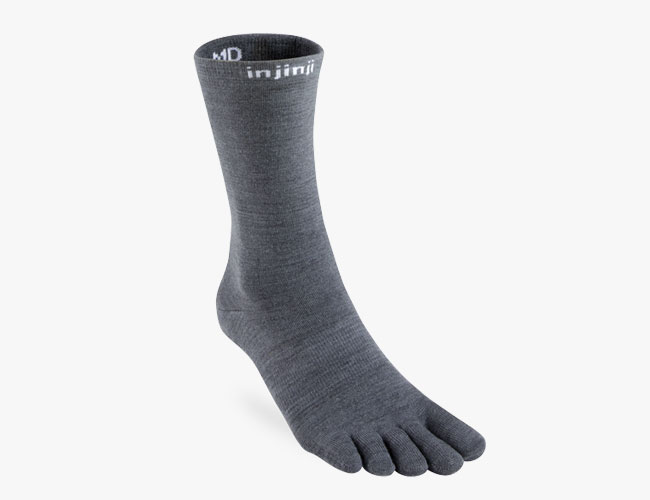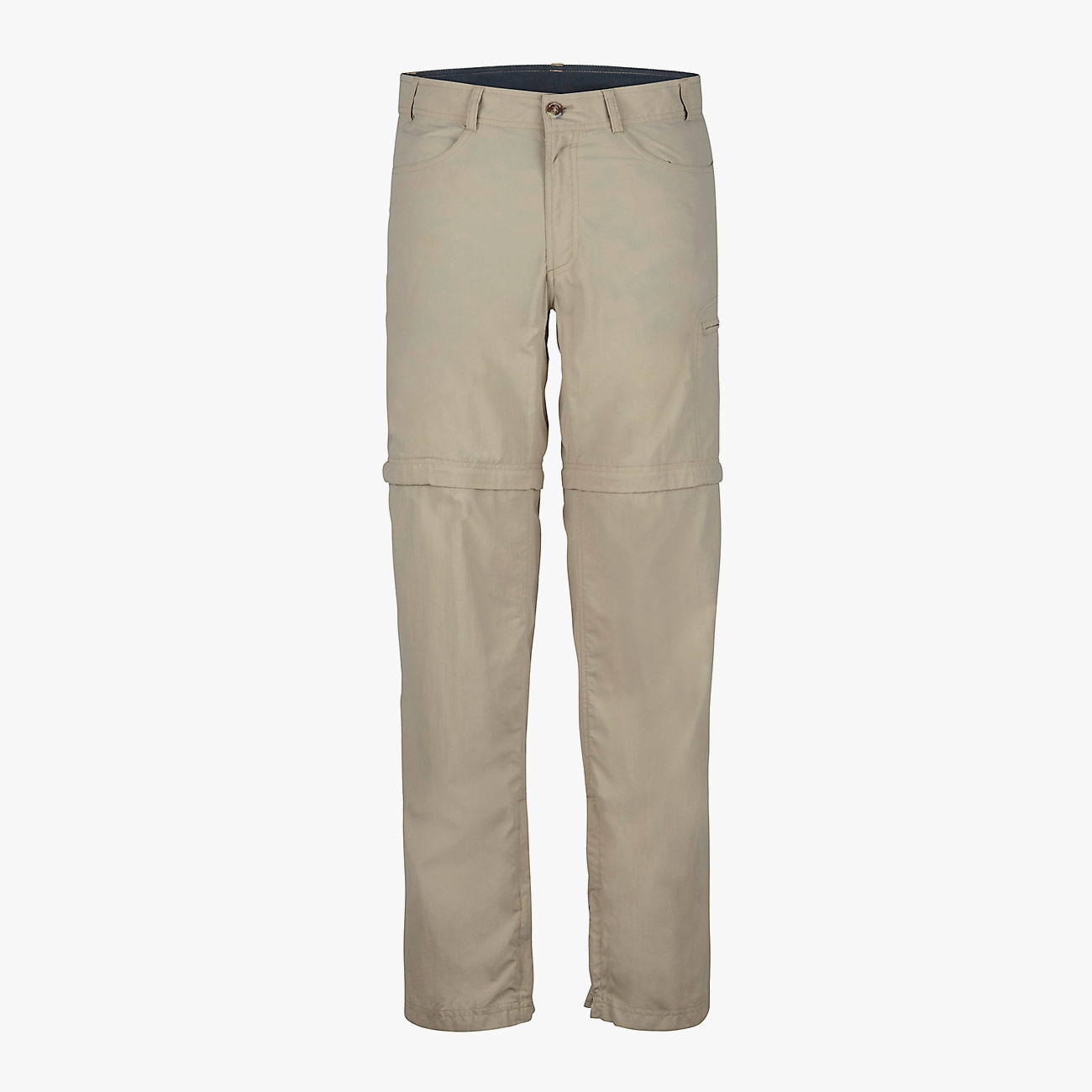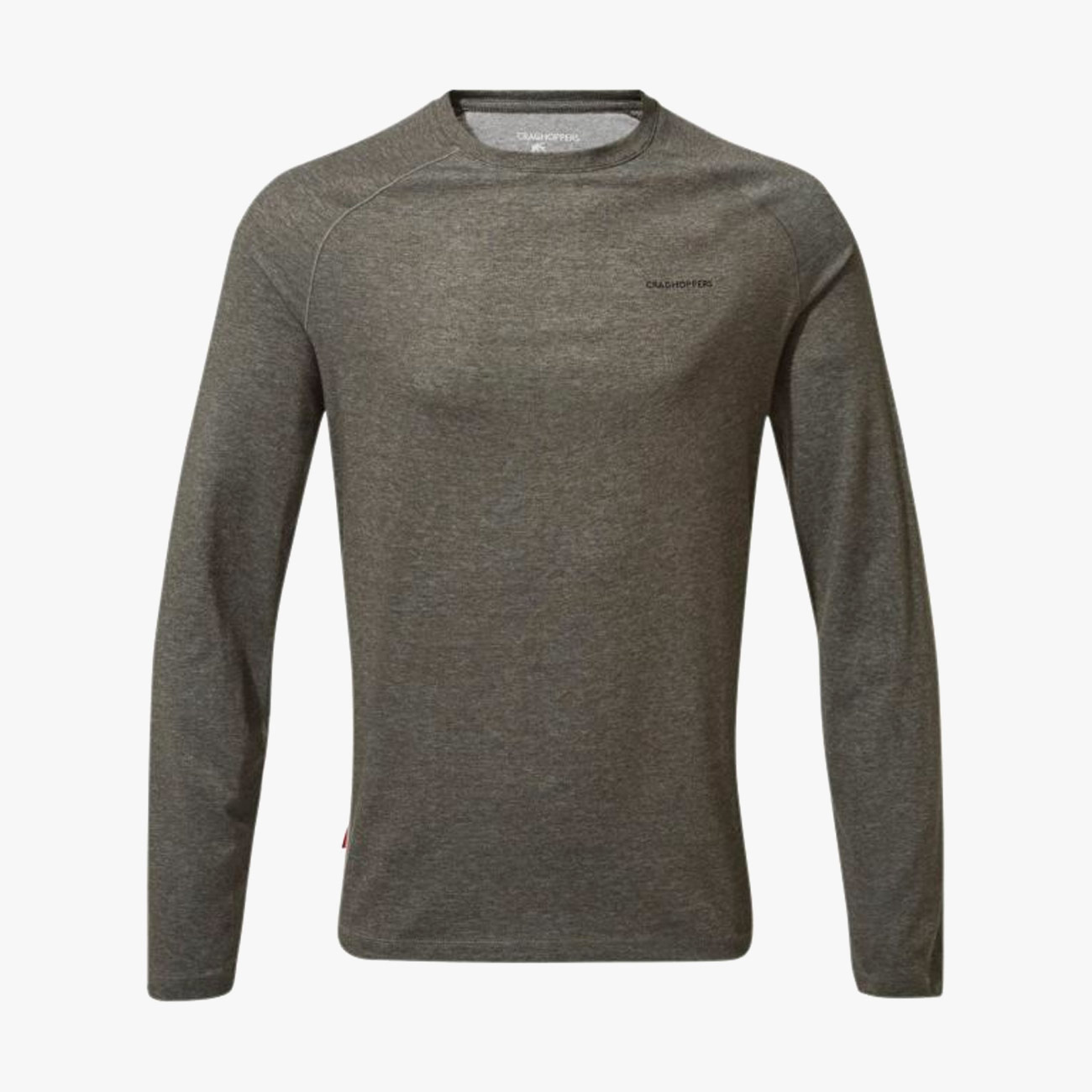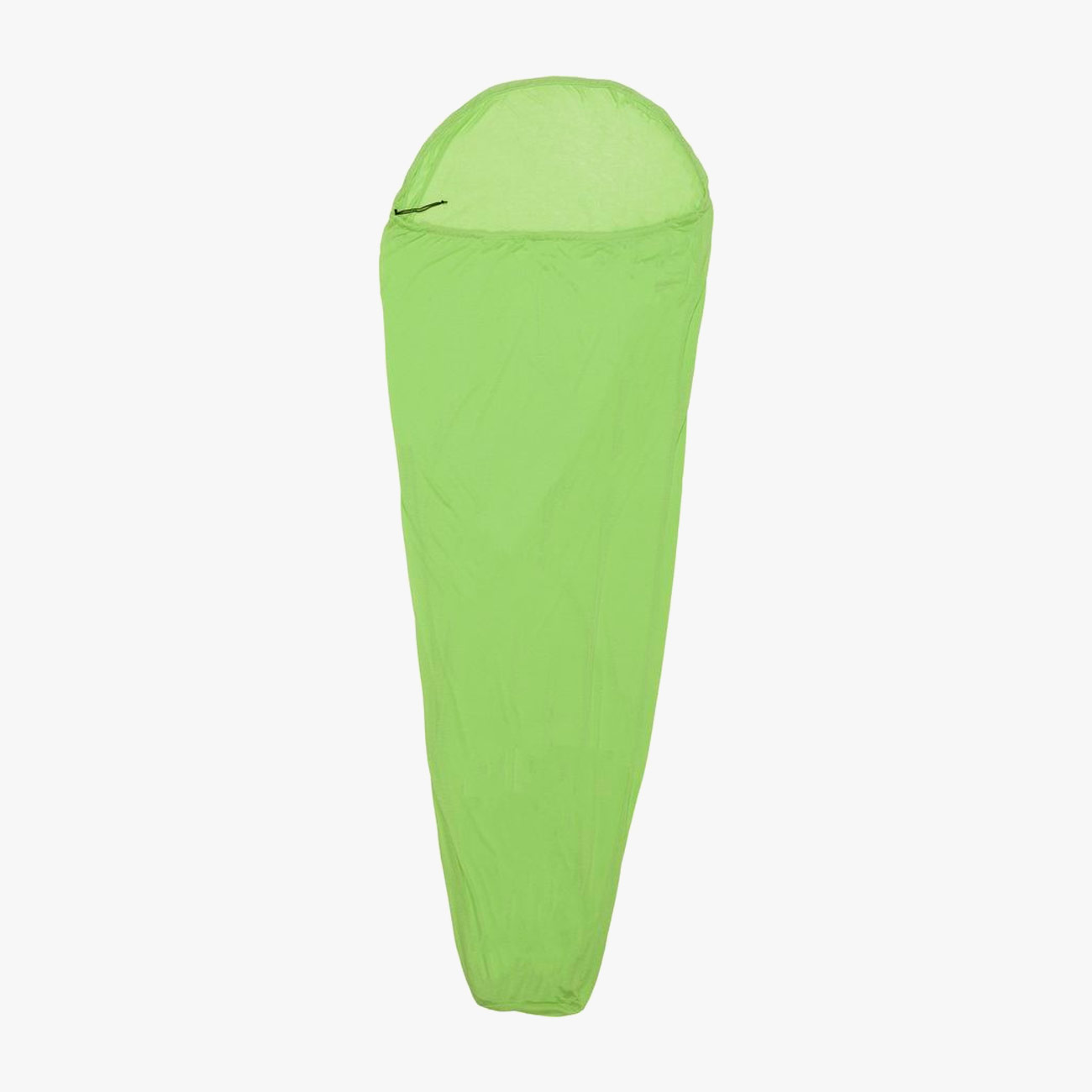Last updated June 2019: Our guide to the best hiking boots of 2019 provides information on nine hiking boots and nine hiking shoes, and offers tips and advice to know before you buy. We’ve recently updated it with new boots for the year and removed ones that are no longer available.
Introduction
Hiking is an activity with a low barrier to entry; all one really needs to head out for a day in the woods is a pair of sturdy shoes and a mindset for walking. Both are equally important, but one is far easier to come by. And while it may be tempting to head out for a summit bid in a pair of well-worn running shoes, we strongly suggest you shod yourself with the appropriate footwear. Unlike concrete sidewalks and gravel paths, the trail calls for hardened and supportive footwear to combat dirt, mud, jagged rocks and streams. The answer is hiking boots and hiking shoes, and the ones below are the best available.
About Fit
This guide is designed to be a resource that can help you find the best hiking boots available. Hours of research and wear-testing were undertaken to make sure that the hiking boots and shoes found here are actually pieces of high-quality footwear.
That being said, every person’s needs and walking habits are different, and more importantly, every person’s feet are different. What works for us may not work for you, and while we’ve provided as much variety here as we can, a review isn’t a substitute for trying a shoe on and making sure that it fits and feels comfortable.
Hiking Boots vs. Hiking Shoes
There are two types of footwear made for logging trail miles: hiking boots and hiking shoes. Hiking boots are full-sized footwear made with stability and support in mind. When you’re backpacking, or you’re just taking on black diamond terrain during a day hike, hiking boots are there to lend more ankle support and reinforced protection.
Hiking shoes don’t offer the same level of ankle support that a cuff provides; they’re designed to be lightweight for nimble mobility. Most hiking shoes still give more support than a running shoe, plus a durable rubber sole with lugs that will maintain grip through varying terrain. Hiking shoes are a good option for those who prefer short walks and don’t need the extra support, and they’re a great option for travel too.
Related Video: Nike ACG React Terra Gobe Review
Watch more of This Week In Gear video reviews.
Should You Buy an Aftermarket Insole?
The short answer is yes. Almost every hiking boot and hiking shoe comes with a foam insole that will wear out after very few uses. Some are better than others, and most will feel comfortable straight out of the box, but none will provide the long-term support of an aftermarket insole.
Superfeet makes a variety of affordable insoles that offer different volumes and levels of support. As with the boots themselves, it’s best to try these on at a store to find the most comfortable and best-fitting option. Bring your boots with you, because insoles can change the amount of space inside your shoe and affect the overall feel of its fit.
The Best Hiking Boots of 2019
Editor’s Pick: Tecnica Forge
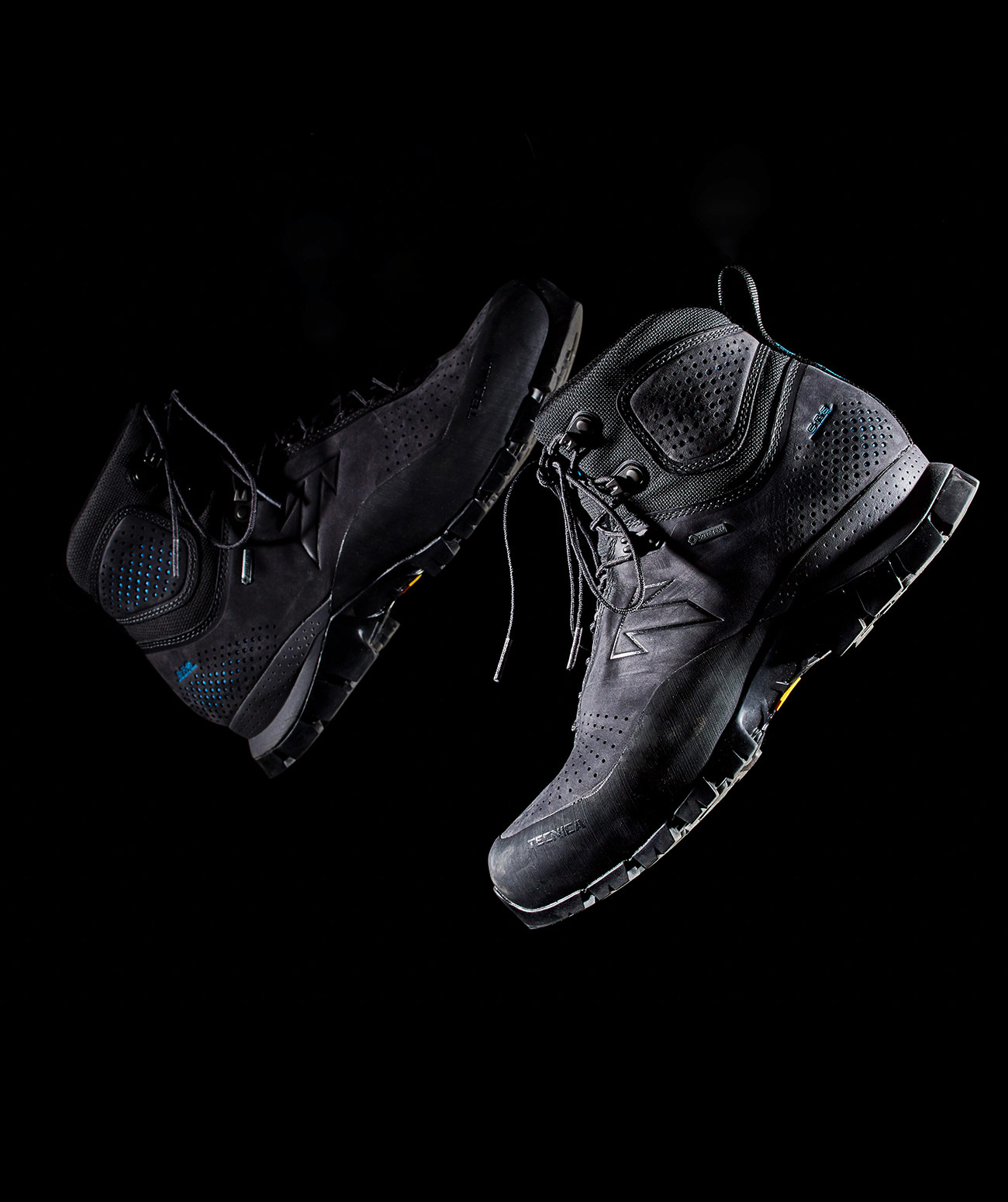
The Forge is the first hiking boot from ski boot manufacturer Tecnica, and it’s also the first hiking boot that’s fully customizable. Every piece of the Forge is designed for customization, most notably the upper, which is available in both synthetic ripstop and nubuck leather. In addition, Tecnica equipped the Forge with all the indications of a solid hiking boot, including a Gore-Tex liner and Vibram rubber sole.
Because the Forge is a full-custom boot, buying options are limited to the brick-and-mortar stores that keep it and its boot-fitting robot in stock. The typical fit process that involves trying on multiple pairs of boots and walking up and down a ramp covered in fake rock doesn’t apply here because the boot feels remarkably different before and after molding. That process takes 20 to 30 minutes and involves two rounds of heating and molding, one for the Forge’s insoles and another for the uppers.
The result is about as good a fit as a hiking boot can achieve, and it doesn’t come with a rigorous break-in period either. That alone should make the Forge an attractive choice for many, but it’s not the only feature that makes it a great hiking boot. The Vibram sole is appropriately rugged, the wrap-around cuff is comfortable and supportive, and the upper is waterproof but breathable. For its first foray into a new category, Tecnica hit the mark.
Weight: 20.9 ounces (leather) 20.6 ounces (synthetic
Waterproofing: Gore-Tex Extended Comfort
Upper: Nubuck leather or synthetic
Sole: Vibram Megagrip
Danner Mountain 600 Enduroweave

With a design that fuses Danner’s classic outdoor silhouette with modern materials, the Mountain 600 is Danner’s city-to-mountain hiking boot. It’s lightweight and comfortable out of the box thanks to a leather upper and a cushiony Vibram outsole. The case is much the same with the Mountain 600 EnduroWeave, but the upper has been reimagined with a new carbon-washed textile upper that’s lighter and more breathable than leather.
I’ve spent a lot of time in the leather version of the Mountain 600, mainly because it’s lightweight and elegant enough to wear in town but has plenty of grip and support for trail use too. It truly is the best of both worlds and is a great option for those who don’t want multiple pairs of boots for different settings.
The EnduroWeave version holds true to that standard. It was slightly uncomfortable at first, mostly where the cuff overlaps the tongue, but this broke in on the first hike around town. Afterwards, the boot is among the most comfortable on this list. A secondary trait of the EnduroWeave fabric: it has a strange, techy look to it, which is actually pretty stylish and unique.
If you are going to go with the Mountain 600 in either EnduroWeave or leather, supplement it with a new insole. Also, size down half a size for the best fit.
Weight: 17 ounces
Waterproofing: No
Upper: Synthetic
Sole: Vibram Fuga
Hoka One One Kaha

Like Hoka’s super-plush running shoes, the Kaha features plenty of cushioning, the most of any boot on this list. That maximalism translates into a super comfy ride while walking trails, which is ideal for those who are more sensitive to impact and rough ground (or just want the cushiest platform possible). The thickness of the sole can feel strange at first, but you quickly get used to it, and Hoka helps out with the addition of a rockered bottom that helps naturally roll the boot from one step into the next.
Despite the size of the sole and the tall cuff, the Kaha remains relatively lightweight at 17.92 ounces. Its upper, which is made of leather, provides plenty of ankle support and includes a waterproof eVent sock liner. Hikers who favor more minimal boots might find the Kaha overkill and should look into hiking shoes or even trail running shoes, but if maximizing comfort and support is what you’re after, this option might be your best bet.
Weight: 17.9 ounces
Waterproofing: eVent waterproof bootie
Upper: Leather
Sole: Vibram Megagrip
Keen Targhee Vent Mid
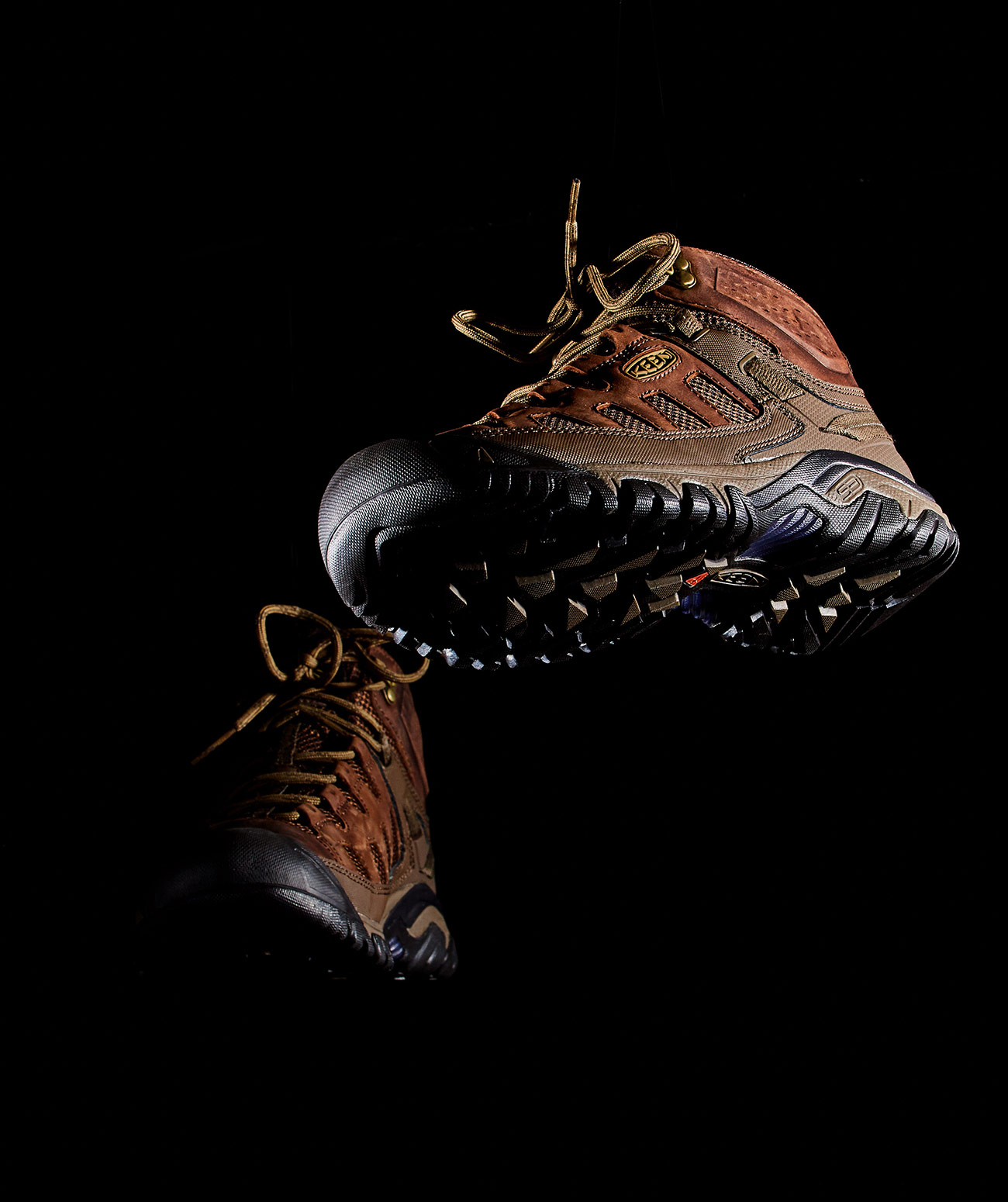
The Targhee is one of Keen’s best-selling hiking boots and also one of the most versatile and budget-friendly available. This year, Keen widened the Targhee offering with the Vent, a non-waterproof boot that features windows of mesh paneling for increased breathability in warmer weather. The rest of the boot is much like the original: water-resistant oiled nubuck leather, a supportive footbed design and a grippy rubber outsole with deep lugs are the key points.
The Targhee Vent Mid follows its predecessor in that it offers a slightly wider fit that’s felt most in the toe box, which has ample room for movement. Heel hold is still exceptional, and the boot is very supportive, even before using an aftermarket insole. That the cuff isn’t too tall makes the Targhee a great everyday boot, too.
We chose the Vent version for our list because waterproofing in hiking boots isn’t altogether necessary. If you’re hiking in a situation where your feet are going to get wet, such as a downpour or on a trail with river crossings, chances are they’ll get wet regardless of what boots you’re wearing. Additionally, waterproof linings can be excessively hot, causing your feet to sweat and get soggy anyway. The Vent accomplishes the goal of preventing this by providing breathability — my feet didn’t sweat once, even when I wore them in the city.
Weight: 16.6 ounces
Waterproofing: No
Upper: Leather and synthetic
Sole: Keen All-Terrain rubber
Vasque Saga GTX

The Saga GTX builds upon the successes of Vasque’s best-selling Breeze III GTX. The new boot adds a lightweight and breathable double-engineered mesh upper and a Vibram MegaGrip sole that’s designed for walking over the most rugged terrain. Protection and support are amplified in the boot with a molded TPU toe cap and heel that has windows of ventilation so that the boot doesn’t get too warm (as waterproof hikers are wont to do). Vasque also used that sturdy TPU to create a lace yolk that extends from the ankle toward the tongue; it provides midfoot support and helps to keep the heel locked in.
A full-featured hiking boot built for long-distance trekking implies a prolonged break-in period, but that’s not the case with the Saga GTX. The boot is remarkably comfortable right out of the box. The tongue is extra cushiony, which helps prevent pressure points from lacing, and the cuff provides a firm and supportive wrap that’s immediately flexible and only gets better with wear. Those who are looking for the most support might lean toward a heftier boot, but you certainly won’t be unhappy in the Saga. I, for one, tend to favor that trait over lightness, but I have been quite satisfied with this boot and plan to log plenty more miles in it.
Weight: 23 ounces
Waterproofing: Gore-Tex Extended Comfort
Upper: Synthetic
Sole: Vibram Megagrip
Vasque Saga GTX LTR

Months after releasing the Saga GTX, Vasque revealed that it had already reskinned the boot with leather. The Saga GTX LTR comes equipped with all the features that make its still-young predecessor a success: a super-comfy fit straight out of the box, a supportive ankle cuff, a fit-enhancing lace yolk and reliable traction. Now it all comes in a leather shell, which will please purists who swear off synthetics. The LTR is seven ounces heftier, looks a tad like a winter boot and calls for more of a break-in period than the synthetic Saga, but additional durability and that worn leather patina are the return benefits.
Weight: 53 ounces
Waterproofing: Gore-Tex Extended Comfort
Upper: Leather
Sole: Vibram Megagrip
Salomon X Ultra 3 Mid GTX

Salomon’s mid-weight X Ultra 3 is a best-seller among the company’s stock of hiking boots, mainly because it’s well-rounded for all types of use. The boot features a Contagrip rubber sole with an aggressive lug pattern that provides grip through varying surfaces and conditions and a Gore-Tex-lined synthetic upper.
The X Ultra 3 Mid has a full-sized cuff that provides ample ankle support and stability, but note that it isn’t as tall as some of the other hiking boots on this list. In a way, that helps this boot to be more versatile — it wouldn’t be out of place walking around town or worn daily as a go-to shoe.
Weight: 15.8 ounces
Waterproofing: Gore-Tex Performance Comfort
Upper: Synthetic
Sole: High Traction Contagrip
Scarpa Zodiac Plus GTX

Scarpa’s Zodiac Plus GTX has found its way onto many “best of” lists and is recommended by professional mountain climbers — and rightly so. The boot is a tough and versatile option that’s suitable for both the trail behind your house and high-elevation climbs and approaches. The Zodiac Plus GTX is constructed with a suede upper and a heavy-duty Vibram sole.
Scarpa brought the Zodiac as close as it could to a mountaineering boot without crossing the line, and the result is a hiking boot packed with versatility. The boot is comfortable and cushioned right out of the box and very supportive. The laces extend further down the boot for precision fitting, and Scarpa has also added a pair of lace hooks on the top of the foot, which is lower than most companies place this type of hardware. Not only does this allow for easier in and out of the boot, but I found that it made controlling overall lace pressure more straightforward too.
The Zodiac may be sturdier than what more casual hikers are looking for but still manages to provide enough flex for low-angle and less-technical walking. If you do plan on getting into different types of terrain and potentially the rock or snow encountered at higher altitudes — even if just once a year — then it’s an awesome boot well-suited to the task.
Weight: 19.2 ounces
Waterproofing: Gore-Tex Performance Comfort
Upper: Suede
Sole: Vibram Drumlin
Adidas Terrex Free Hiker

The Terrex Free Hiker is Adidas’s first hiking boot to use the energy-returning Boost foam that’s present in many of its best-selling running shoes (like the Ultraboost). In those shoes, it serves as a comfortable platform but also rebounds to keep you moving without wasting energy. That’s precisely what it does in the Free Hiker, but that’s not the only technical feature that Adidas adapted from running in this hiking boot — there’s also a Primeknit upper for a close and breathable fit.
Comfort is the first thing to talk about in regards to the Free Hiker, as this is one of the most comfortable boots that we’ve tested yet. But this boot is unique in other ways too; for one, there’s a streetwear/sneaker style element that’s not present in other models. In many ways, the Free Hiker fits and walks more like a sneaker than a typical hiking boot, but it still provides plenty of traction (thanks to a lugged Continental rubber outsole) and more support than you’d expect from a knit upper. That said, the Free Hiker certainly isn’t the most supportive hiking boot on this list, but it wins points for being incredibly lightweight, which makes it a solid choice for those who prefer to move quickly. It also doesn’t look like a typical hiking boot, which makes it perfect for trips that include equal time exploring cities and trails. Note: Like with the Danner boot, I had to size down by half a size to get the right fit.
Weight: 13.5 ounces
Waterproofing: None
Upper: Primeknit textile upper with abrasion-resistant weldings
Sole: Continental Rubber
The Best Hiking Shoes of 2019
Editor’s Pick: Tecnica Plasma

A year after the release of the Forge, Tecnica brought its custom heat molding to the hiking shoe category with the low-cut Plasma. The process is entirely the same: there are two rounds of heat molding, one for the insole and a second for the upper. It uses the same machine, which is available at retailers where the shoes are sold, and takes less than 30 minutes. As with the Forge, the result is a hiking shoe that fits immediately — no break-in period.
The Plasma is on the more rugged end of the hiking shoe spectrum thanks to its stiff rubber outsole, but it’s still more flexible than many approach shoes and suitable to both long and short hikes, though maybe not walking around in a city all day. At first, I worried that the heat treatment wouldn’t be as effective in a shoe because there’s less material to mold, and I wondered if it would still create that tight, ski boot-reminiscent fit. These feelings were alleviated throughout an entire autumn hiking in the Northeast on trails of all types. I never experienced blisters (and I’m particularly prone to them), and my feet stayed comfortable on the longest days. Now my only problem is how to decide between these and the Forge before taking off on a hike.
Like the Forge, you can only get the Plasma in-store at a Tecnica retailer. (You can purchase a pair for in-store pickup through REI.)
Weight: 19.3 ounces
Waterproofing: Available in waterproof and non-waterproof versions
Upper: Synthetic
Sole: Vibram Plasma with Megagrip compound
Salewa Wildfire GTX

Our previous editor’s choice, Salewa’s Wildfire GTX, is a light and flexible approach shoe. It draws on the designs of rock climbing shoes in many ways but still provides a supportive ride that’s more than capable of handling miles on trails. The shoe delivers grip with a Pomoca sole that eases off the lugs around the toe, creating an area that can handle technical and precarious climbing moves. The upper is a Gore-Tex-lined synthetic mesh enhanced with a cage-like exoskeleton for improved stability.
I stumbled across the Wildfire GTX while searching for a go-everywhere shoe before spending four months traveling through South America. The goal was to bring one pair (in addition to flip-flops) that could handle everything from a six-day backpacking trek through Patagonia to full days of city exploration to a walk through a hot-as-hell equatorial jungle. The Wildfire GTX passed all these tests with flying colors.
Beyond the obvious qualities — lightness, good traction, comfort — the Wildfire GTX excels in fit. Like a climbing shoe, it wraps around the foot completely for a very snug feel. Those looking for a bigger toe box might not like this effect, but I found it ideal for making precision steps in technical terrain and didn’t mind it on less-ambitious days spent in town. The lace system has improved since I took that trip and added to the comfort by relieving some of the pressure points, making the Wildfire GTX even better.
For a hiking shoe that excels in many of the same ways as the Wildfire GTX but is even more climbing-oriented, check out Salewa’s Wildfire Edge. It’s a great approach shoe for rock climbers, but we ultimately decided not to include it on this list because of how specific it is to that activity.
Weight: 15.17
Waterproofing: Gore-Tex Extended Comfort
Upper: Synthetic
Sole: Pomoca Speed MTN
Danner Trail 2650

Danner’s most iconic hiking boot is the Mountain Light, which, despite what its name might have you believe, is notably not lightweight (it is rugged as hell though). The Trail 2650, however, actually is light. Danner says that 24 ounces a pair, the shoe is its lightest piece of hiking footwear yet. To get there, Danner built its upper with a combination of leather and mesh and used a Vibram outsole for traction.
The Trail 2650 certainly feels light on the feet, too. It fits much like a trail running shoe (the last that Danner used is based on them), but the construction includes a TPU shank and a heel counter, so they’re sturdy and supportive enough hiking long miles on dirt and clambering over boulders. They also aren’t waterproof — a trait we like particularly for hiking shoes — and they’re comfortable enough to wear around town as an everyday shoe, too.
Weight: 12 ounces
Waterproofing: None
Upper: Leather, synthetic
Sole: Vibram 460
Arc’teryx Konseal FL
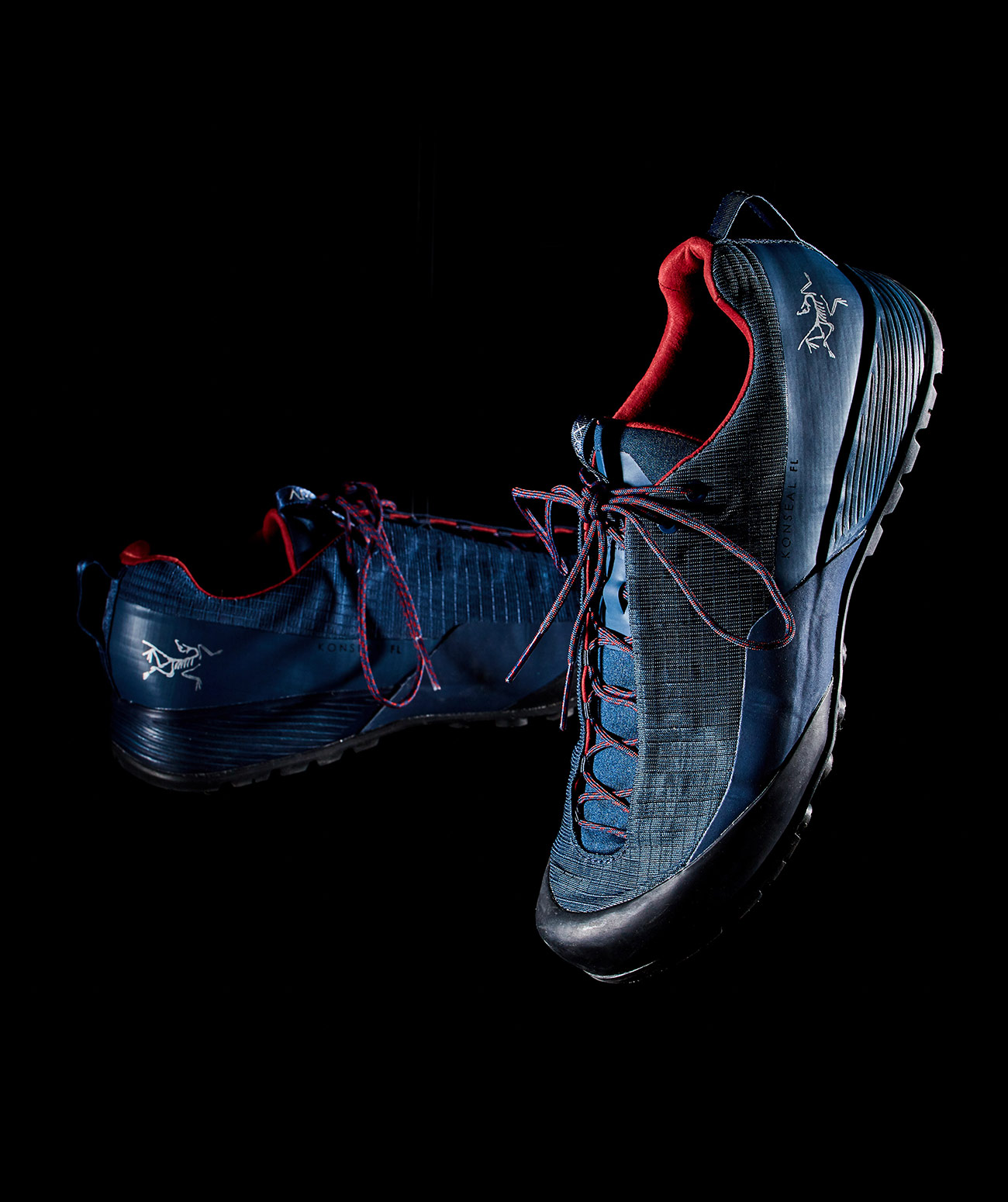
Arc’teryx isn’t as well-known for its footwear as it is for its technical apparel, but the Konseal FL lives up to the brand’s high standards for quality. And like its clothing, the shoe packs lots of functionality into a clean and minimalist profile. Colors are coordinated and subtle, and the different materials that are present blend into one another almost invisibly; even the laces are fully integrated into the design, using loops of webbing instead of eyelets.
The lacing system might be the best part about the Konseal FL. It extends all the way down to the toe so that the fit can be adjusted and fine-tuned as much as possible, which in turn contributes to a better overall hiking experience, especially in technical terrain. The integrated system adjusts smoothly, too, so there’s less tugging and pulling to get the comfortable fit you need.
The Konseal FL is minimalist in appearance but also somewhat in use. As an approach shoe, it provides plenty of protection with toe and heel caps and a raised midsole sidewall, which is ideal for use in rocky terrain. The shoes don’t have as much cushioning as others on this list though, so fast-hikers and fans of lightweight minimalism will find the most use here.
Weight: 10.6 ounces
Waterproofing: No
Upper: Synthetic
Sole: Vibram Megagrip
Naglev Unico Kevlar Hiker

The Unico comes from the birthplace of outdoor footwear (the Alps), and it’s a shoe designed to be a crossover between a hiking boot and a trail running shoe. Regardless of what it aims to be, it is an impressive piece of footwear, with an upper made of one single piece of Kevlar fabric. That durable exterior is lined with a sock-like wool liner that’s connected at the bottom of the shoe only so that it can “float” inside and better export moisture. The footbed is made of a blend of leather and coconut fibers.
The Unico is among the burliest hiking shoes to make our list, and that’s thanks to the materials that Naglev so carefully selected in its construction. The rubber outsole is stiff, and the Kevlar is borderline abrasive, but the Unico mitigates these factors with its interior wool liner and leather insole, both of which make the shoe far more comfortable than it looks. Unlike some of the lighter shoes here it requires some break-in — if you’re looking for a more forgiving hiking shoe, check out some of our other picks — but the result is worth the process.
Weight: N/A
Waterproofing: Yes
Upper: Kevlar, TPU, wool liner
Sole: Natural rubber
Under Armour Horizon RTT

Technically, Under Armour’s Horizon RTT is a trail running shoe, but it provides all the support and traction to make it an excellent option for hiking when ankle support isn’t needed. As a running shoe, the Horizon RTT places particular emphasis on lightness and flexibility, so it’s a good option for those who want to walk quickly; it weighs just 10.4 ounces per shoe.
The Horizon RTT also gets points for its solid fit — as noted at the start of this guide, this observation is somewhat subjective — that’s both comfortably cushioned and quite stable. It feels more like a sneaker than a burly hiker but is well-suited to the task. Its high-traction rubber lug outsole also provides plenty of tread that works well in variable terrain (dirt, mud, rocks, leaves — anything). Aesthetically, the Horizon RTT is more athletic shoe than outdoor hiker, which will please those looking for a sportier vibe.
Weight: 10.4 ounces
Waterproofing: No
Upper: Synthetic
Sole: Under Armour high-traction rubber
Lowa Locarno GTX Lo

Take a pair of early 2000s Etnies or Vans, beef it up with more tread and support and you’d arrive at the Locarno GTX Lo. Of the hiking shoes on this list, the Locarno is by far the most casual in appearance, but it’s still reliably apt for trail use. It’s an interesting choice for Lowa, which has a long history as a core hiking brand that dates back to 1923.
The Locarno is designed as a multi-sport shoe, so it’ll be best for those who use it that way. It has a durable nubuck leather upper and a supportive midsole with ample traction underneath. It’s also equipped with Gore-Tex, which will keep your feet dry through mud and puddles. It’s the type of shoe that won’t excel at any one thing but is great at accomplishing many. If you’re the type of person who only wants to own one pair of shoes or is looking for a solid travel shoe that can be used for many tasks, this is it.
Weight: 14.5 ounces
Waterproofing: Gore-Tex S
Upper: Nubuck leather and fabric
Sole: Lowa Hybrid Trac
Five Ten Five Tennie

Before the original Five Tennie existed in 1985, climbers typically wore leather hiking boots or sneakers to get to the base of their climbs. The Five Tennie, with its lightweight upper and high-friction rubber sole, was the first of the approach shoe category.
The re-release of the Five Tennie is evidence that the technical footwear brand is collecting some of the trickle-down from its parent company, Adidas. The hiking/approach shoe uses a tongueless, integrated knit upper to stay lightweight and breathable while preventing debris from getting inside when it’s worn without socks (as some climbers like to do). It’s a middle-of-the-road approach shoe; not as stiff as many others but not as flexible as the lightest either. That makes it capable of hiking as well, particularly in rocky terrain where the sticky Stealth rubber provides excellent grip. Plus, the retro colors will win lots of points at the bar at the end of the day.
Weight: 11.5 ounces
Waterproofing: None
Upper: Leather
Sole: Stealth S1 rubber
Merrell Chameleon 7 Stretch

Merrell’s Chameleon hiking shoe has been a ranking member in its collection for years, but the brand recently modified it with this lightweight breathable option. It’s not waterproof, but that feature is honestly less important in hiking shoes than in taller boots (water can easily enter from the cuff). It’s a fair trade for extra breathability and makes it a good shoe for warm weather and dry conditions.
The Chameleon 7 Stretch uses a speed-lacing system and an elastic bungee-like cord that makes getting them on and cinched very quick — no hooks to thread here. Once tightened though, the plastic adjustment tab is fairly difficult and non-intuitive to loosen again. That being said, these shoes can be put on and taken off without loosening the laces.
It’s another tongueless hiking shoe, which means it’s super comfortable, perhaps even one of the most comfortable on this list (at least straight out of the box). The cuff is soft and stretchy and provides a close-to-ankle fit that’ll keep larger-sized debris from getting down inside the shoe. This trait is a huge plus for a hiking shoe because, without a tall cuff, gravel and dirt can easily sneak in and make trouble for your soles.
Weight: 14.7 ounces
Waterproofing: No
Upper: Nubuck leather and synthetic mesh
Sole: Vibram TC5+
Note: Purchasing products through our links may earn us a portion of the sale, which supports our editorial team’s mission. Learn more here.

